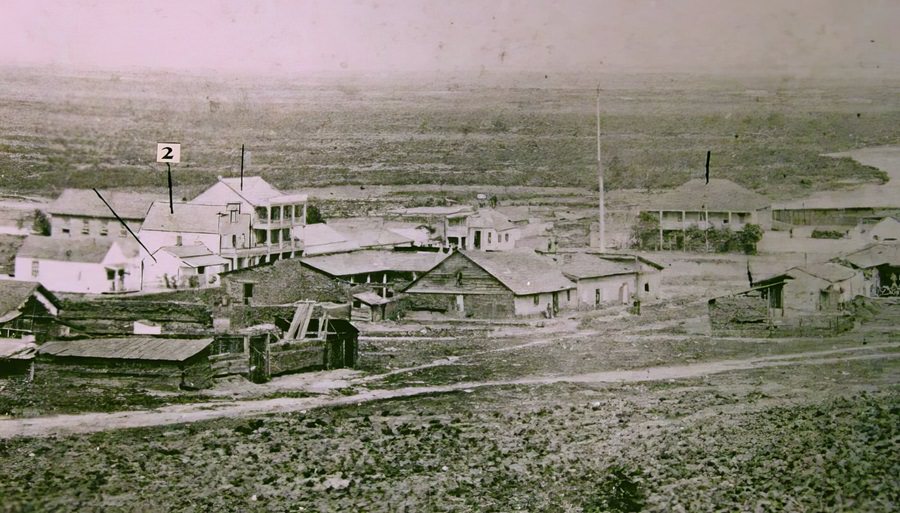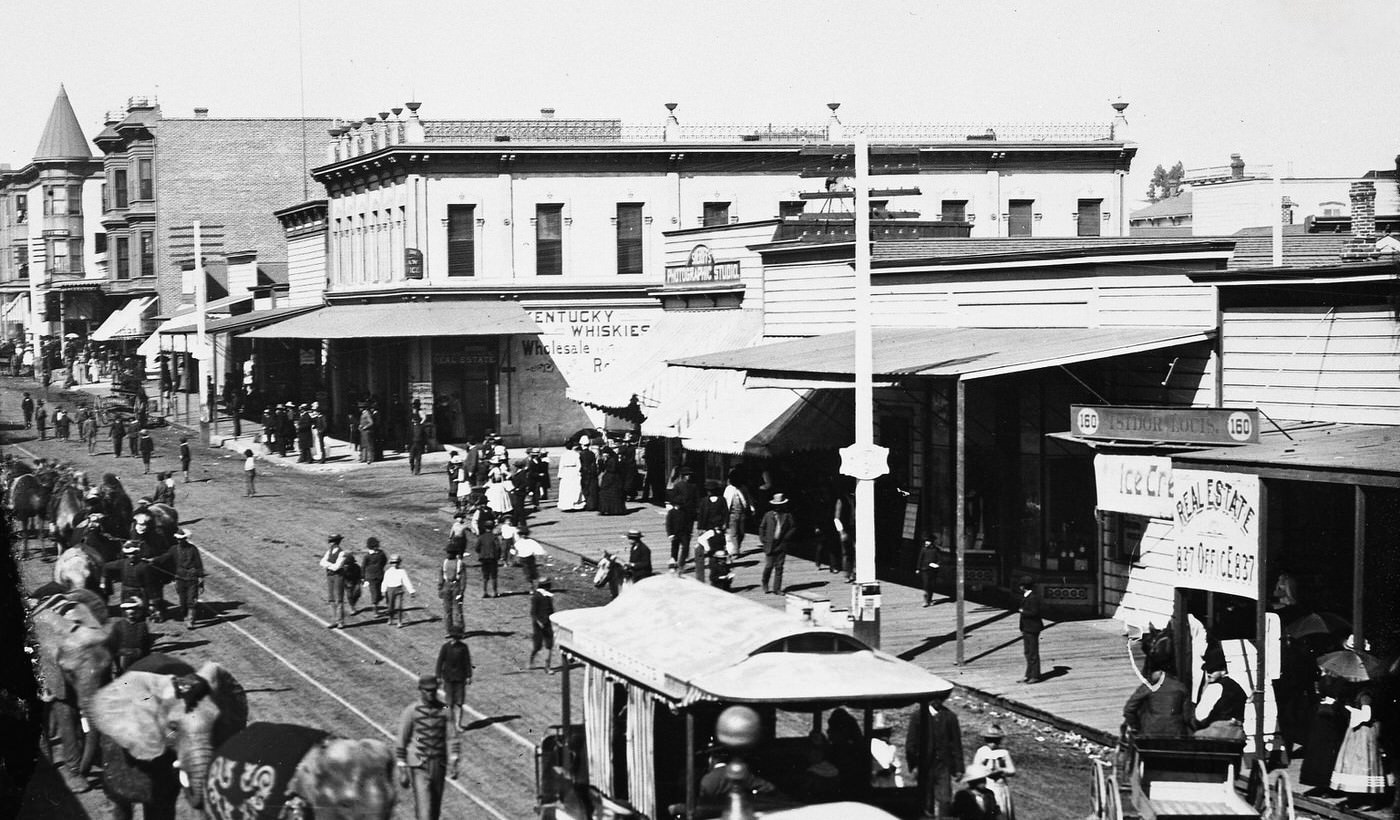The 1870s were a time of growth and change for San Diego. The small, sleepy town of the 1860s was starting to become a real city. Alonzo Horton’s New Town, down by the bay, was growing quickly. It was overtaking Old Town as the center of activity.
The arrival of the first transcontinental railroad was a major hope. Everyone thought it would connect San Diego to the rest of the country. This connection would bring people, businesses, and money. The dream of the railroad dominated much of the decade. Although the direct connection did not arrive in the 70’s, the hope pushed growth.
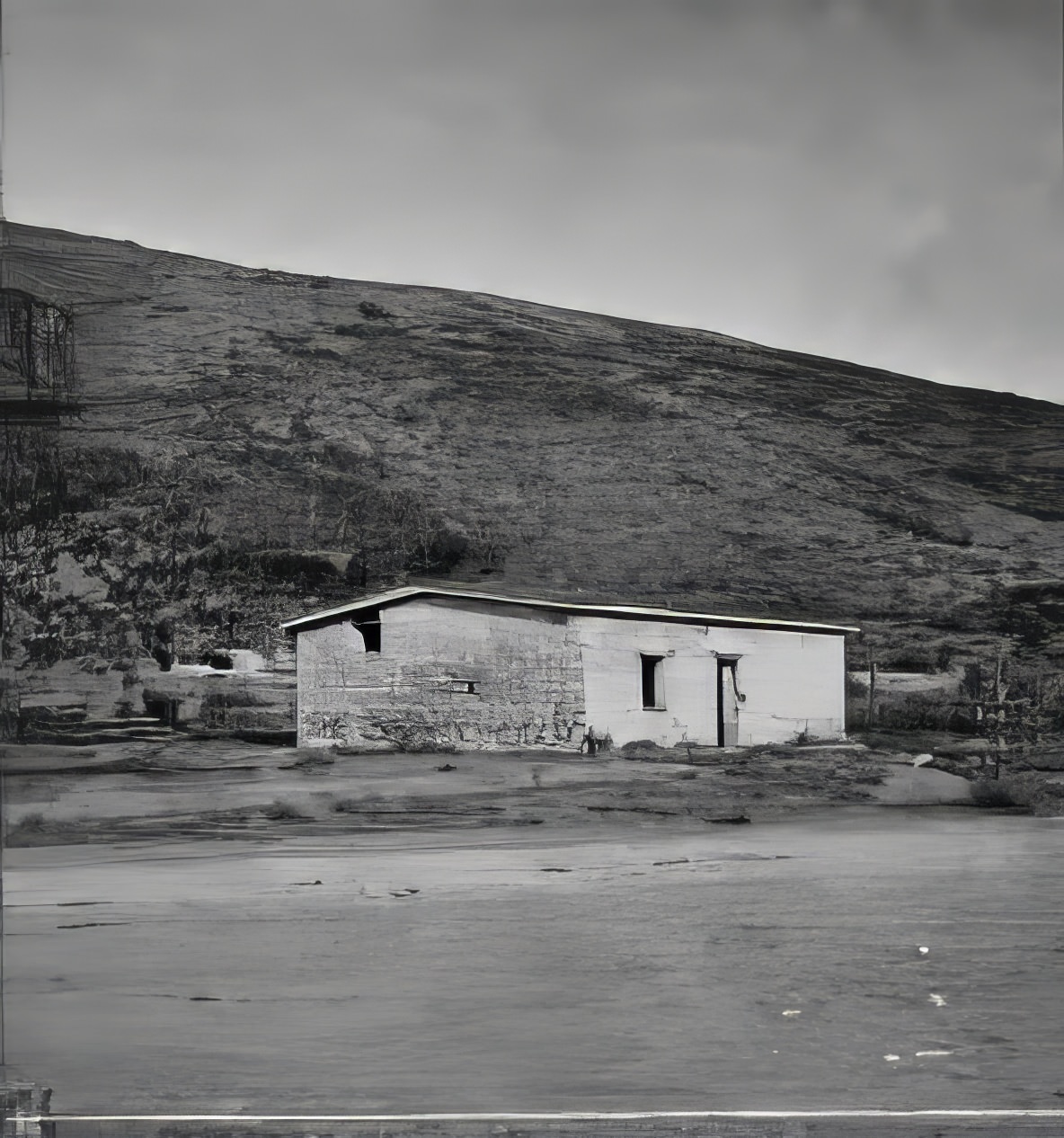
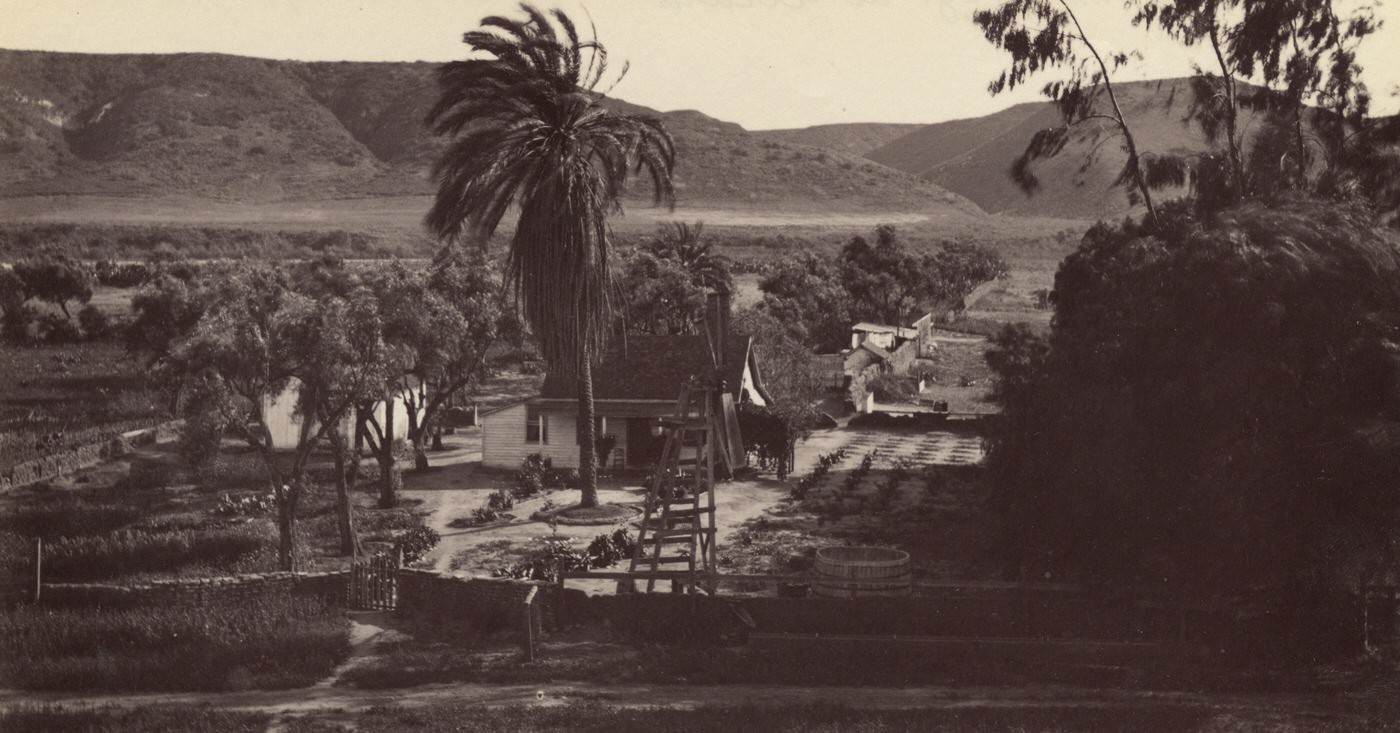
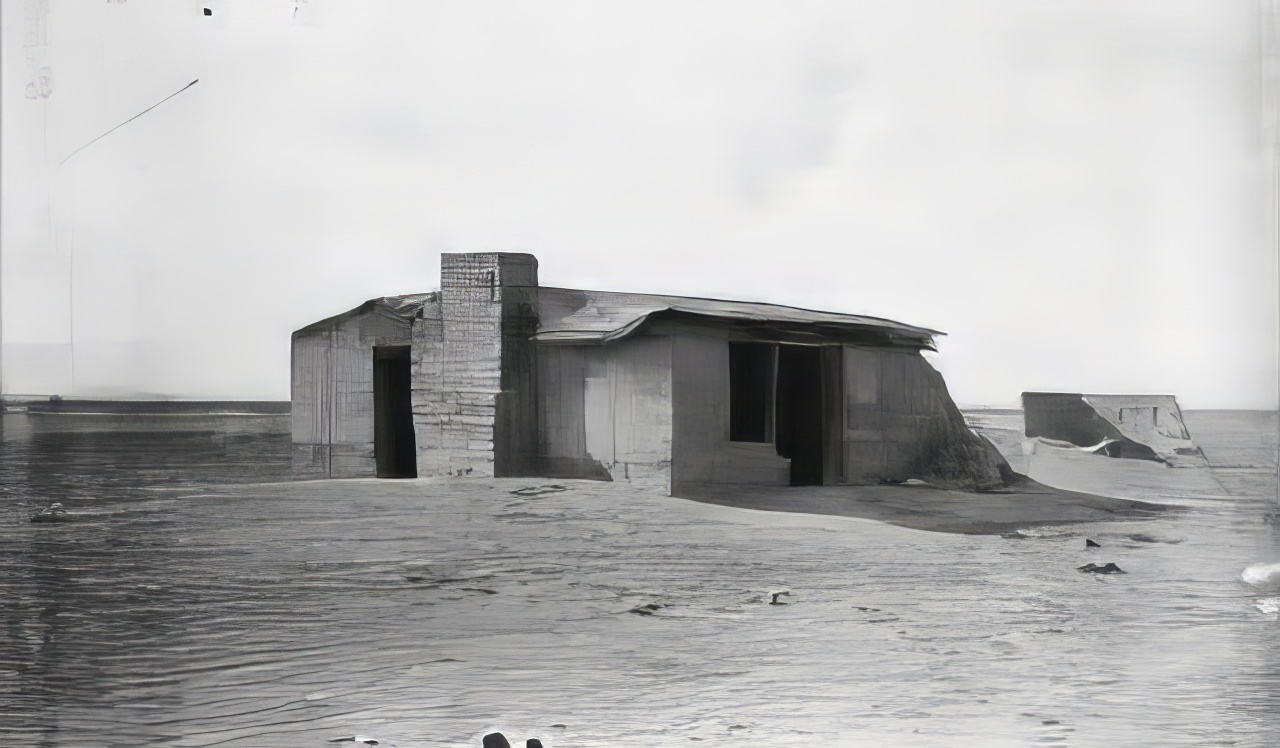
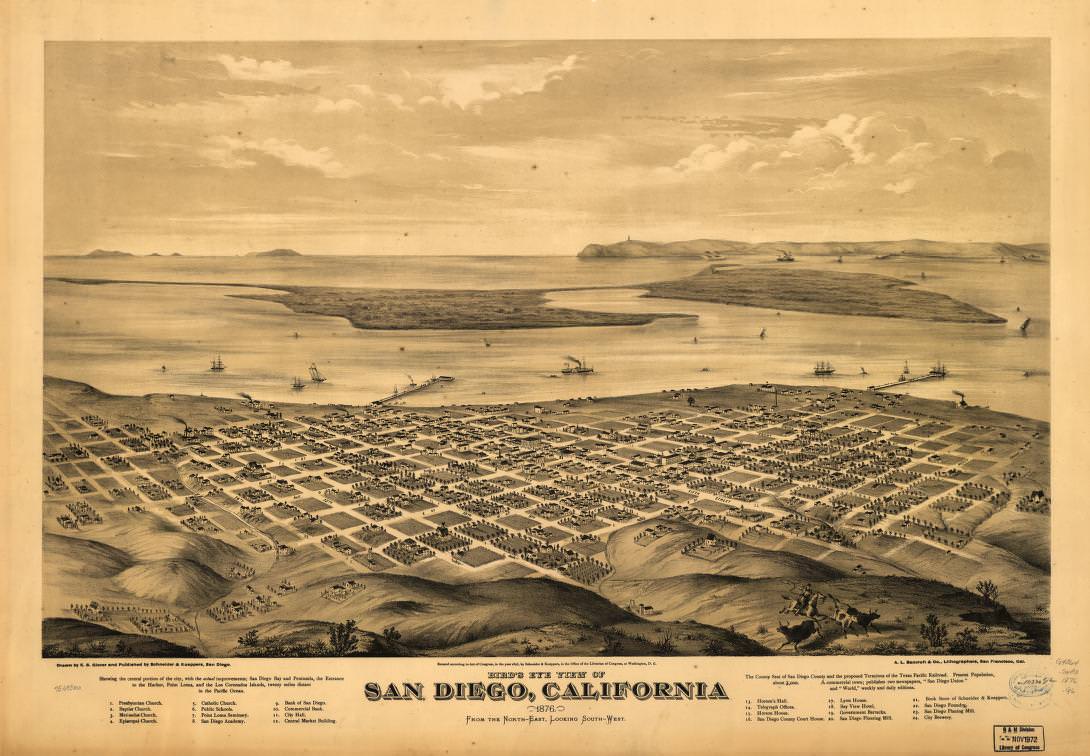

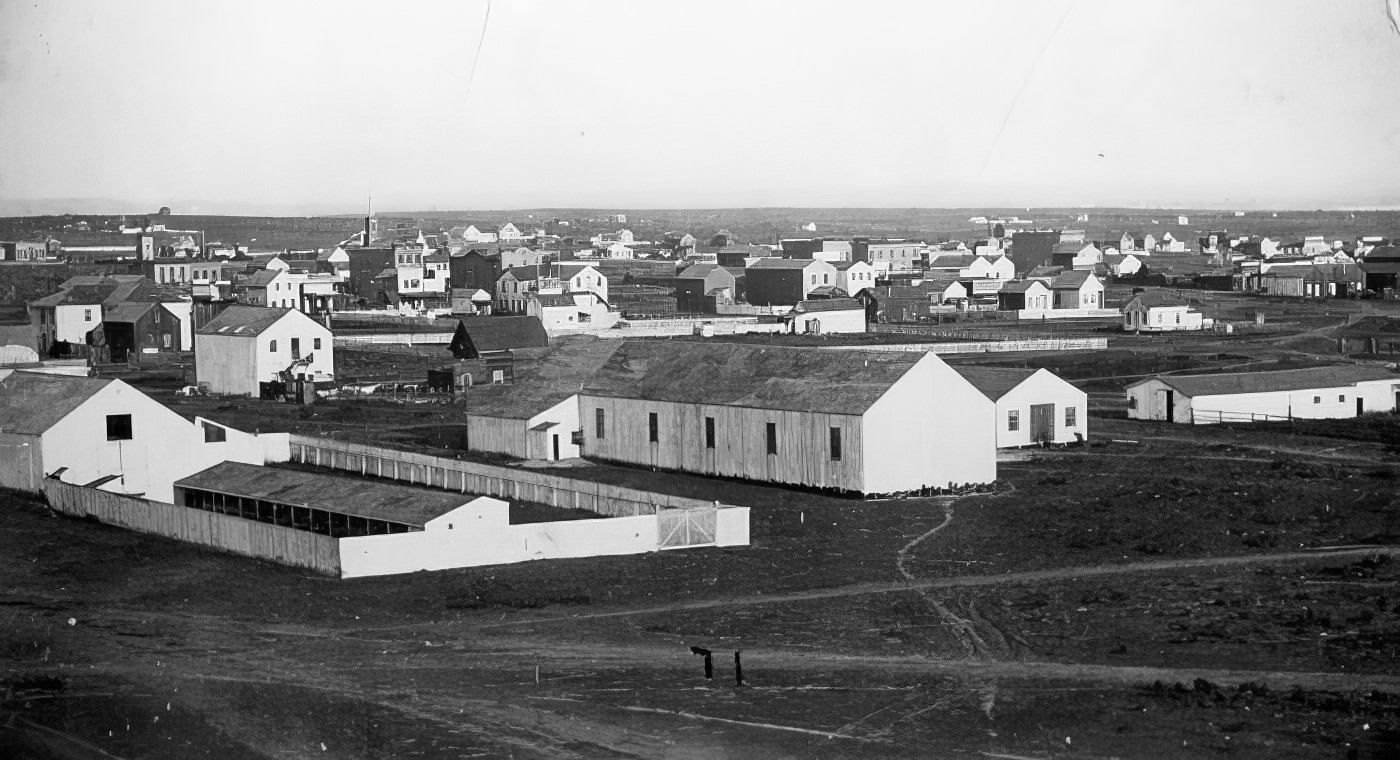
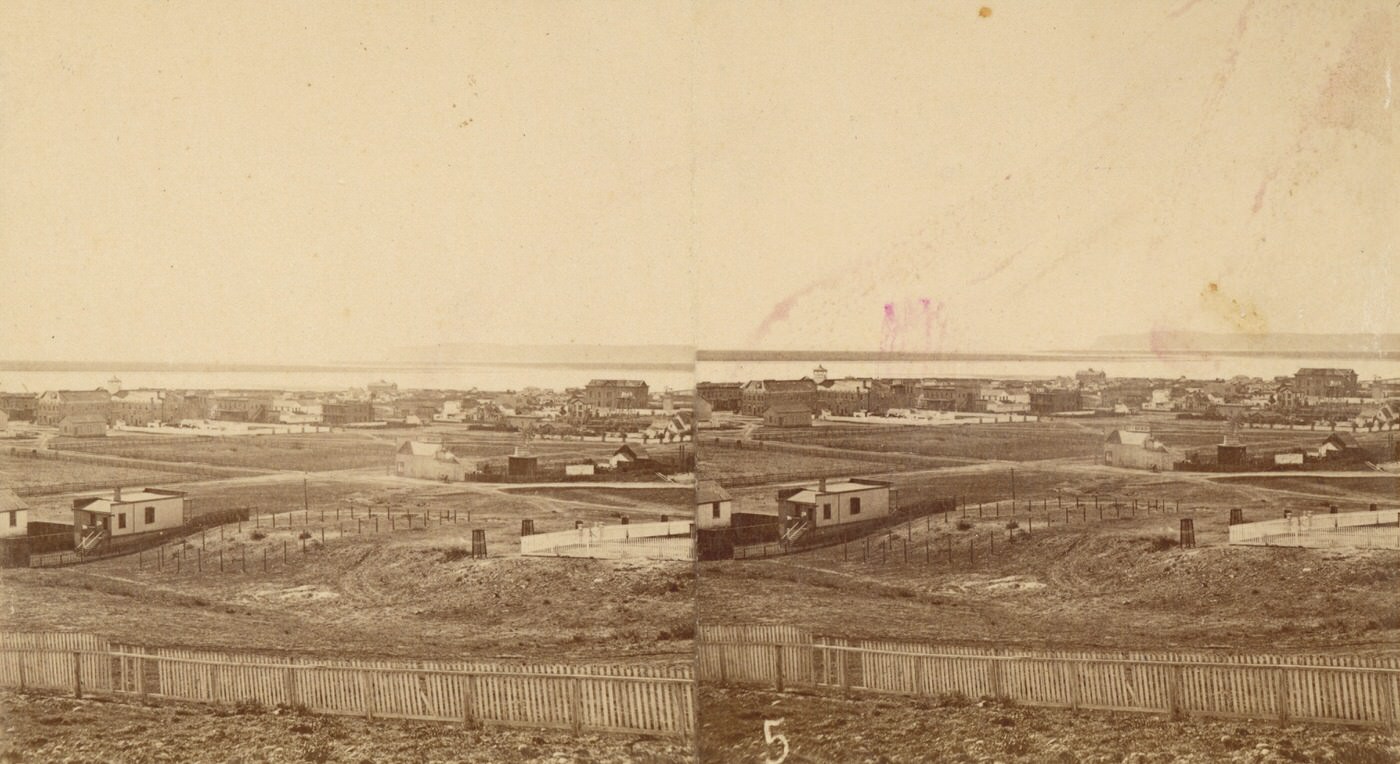
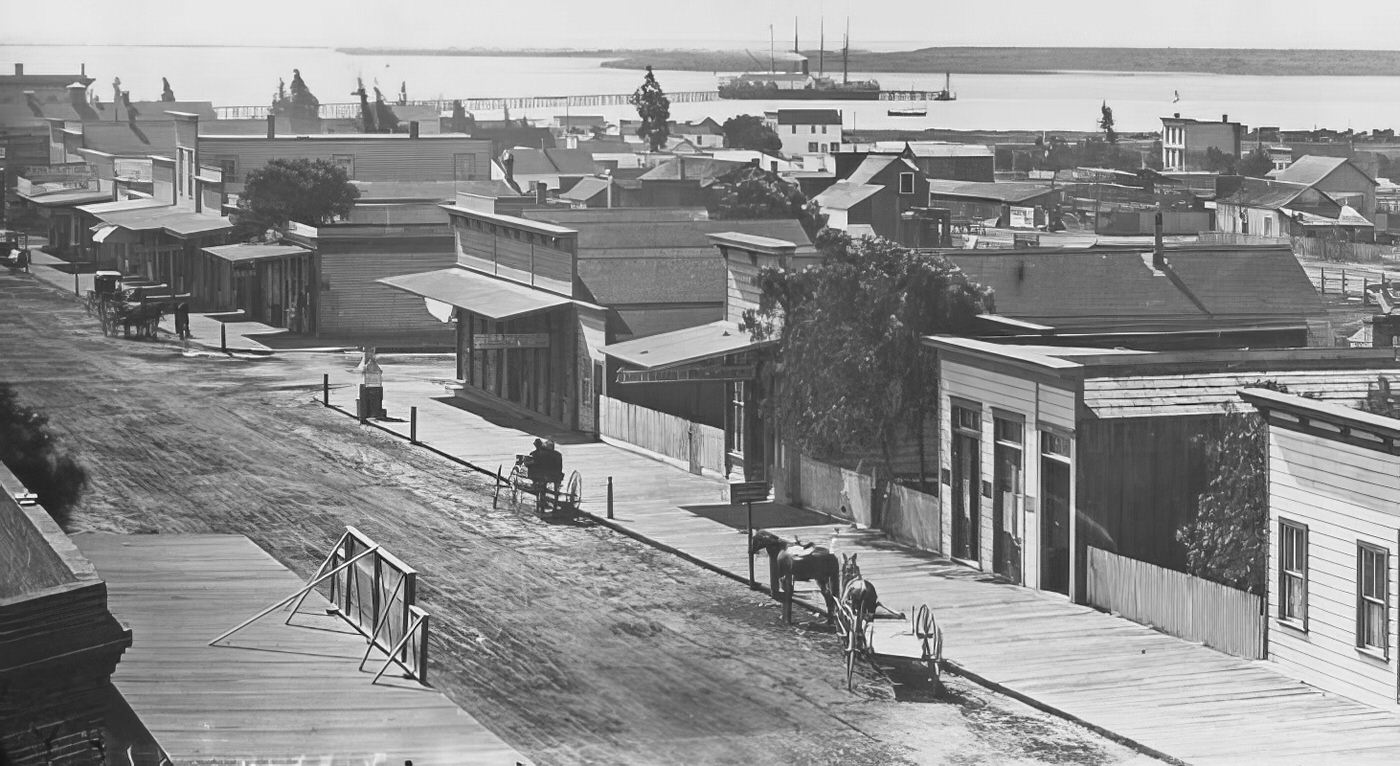
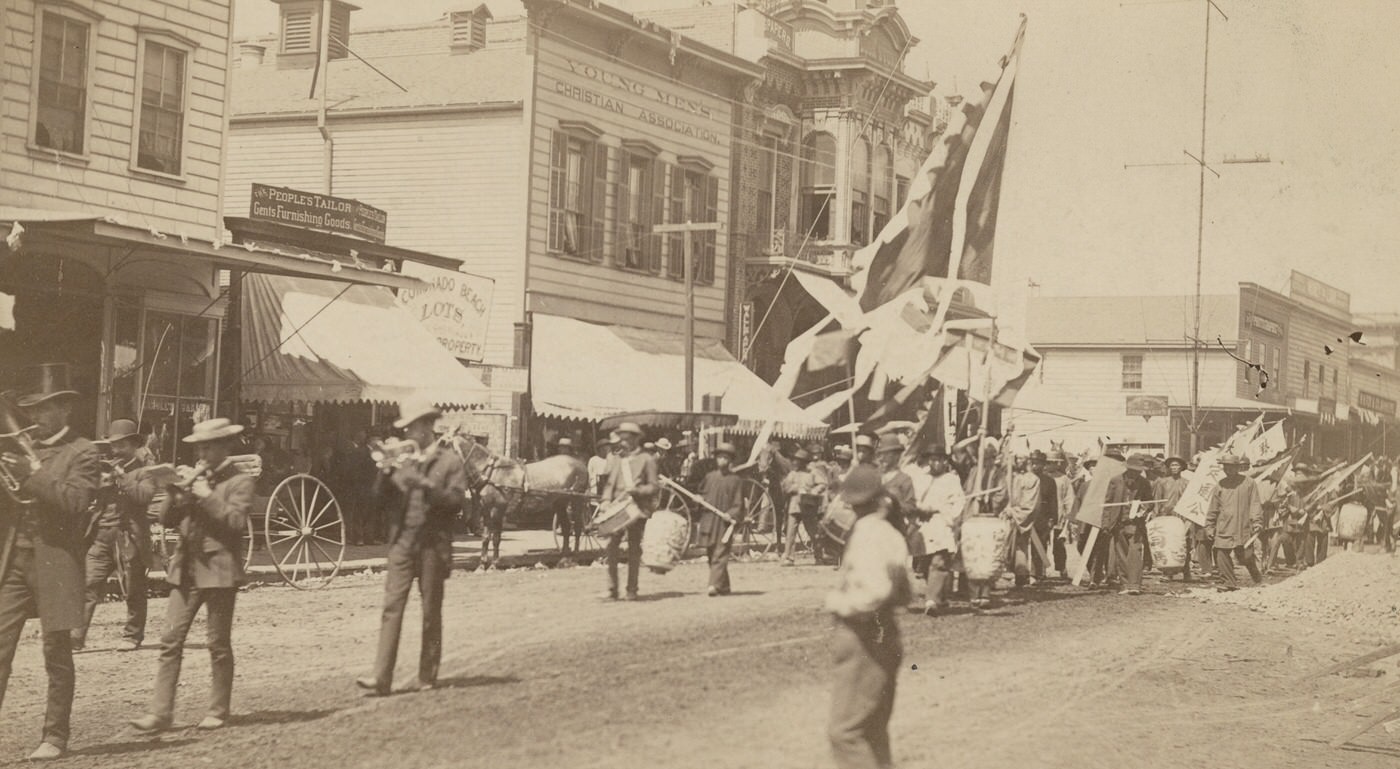
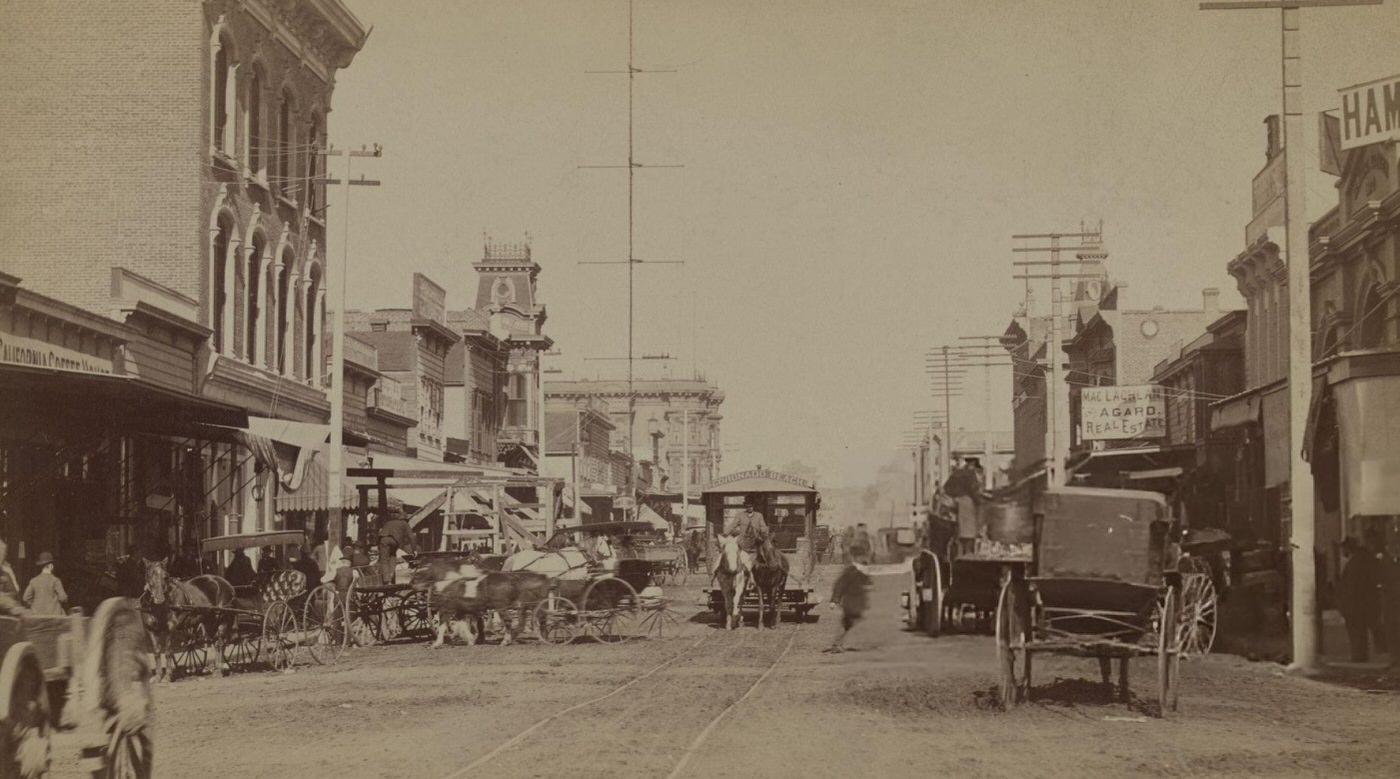
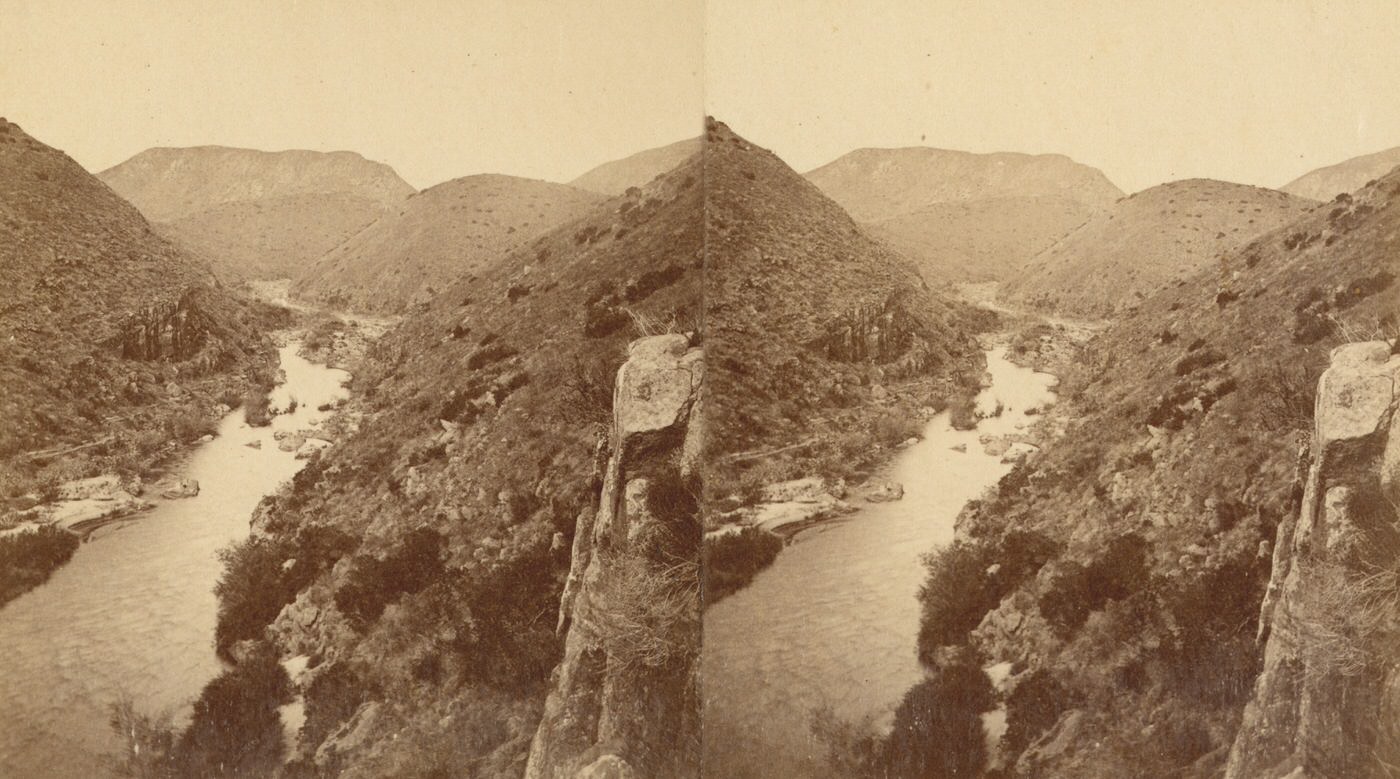
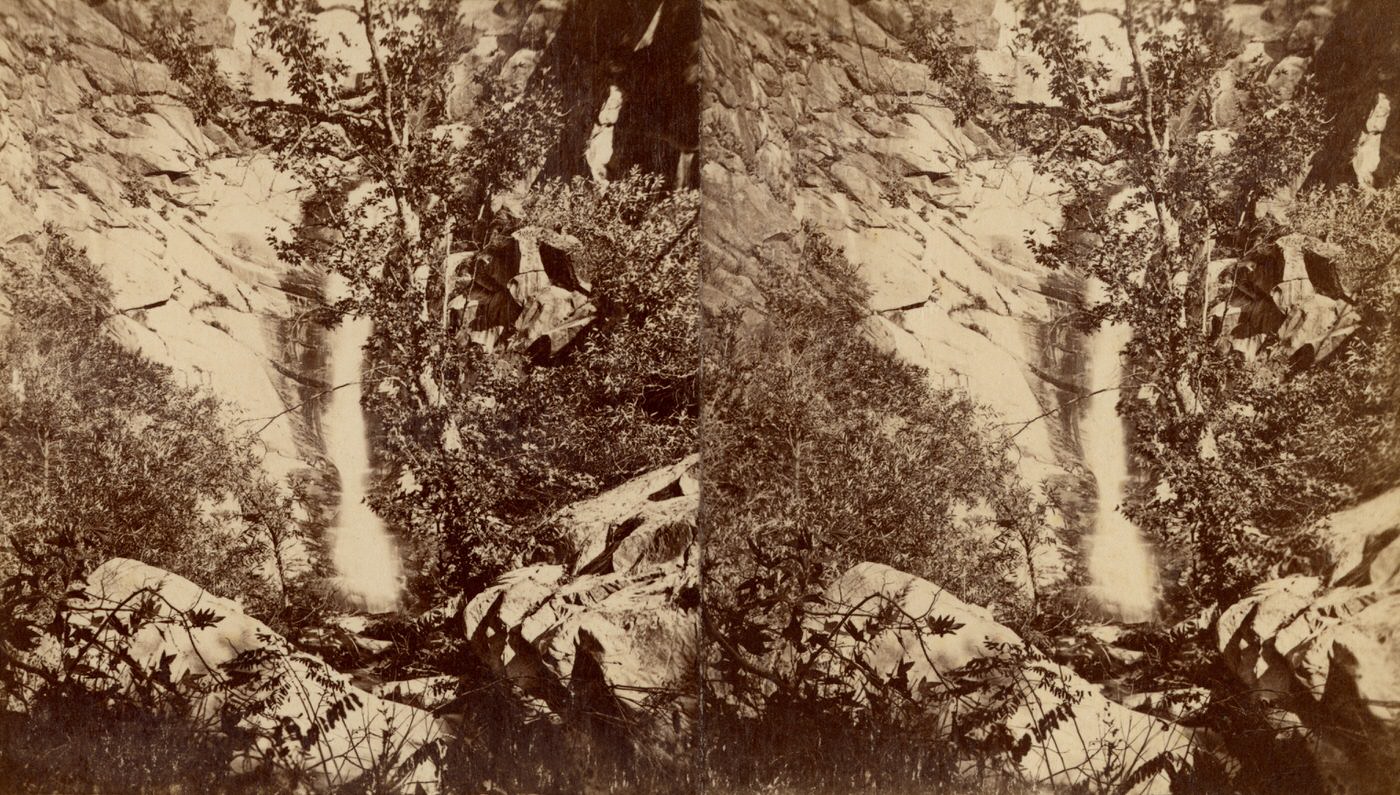
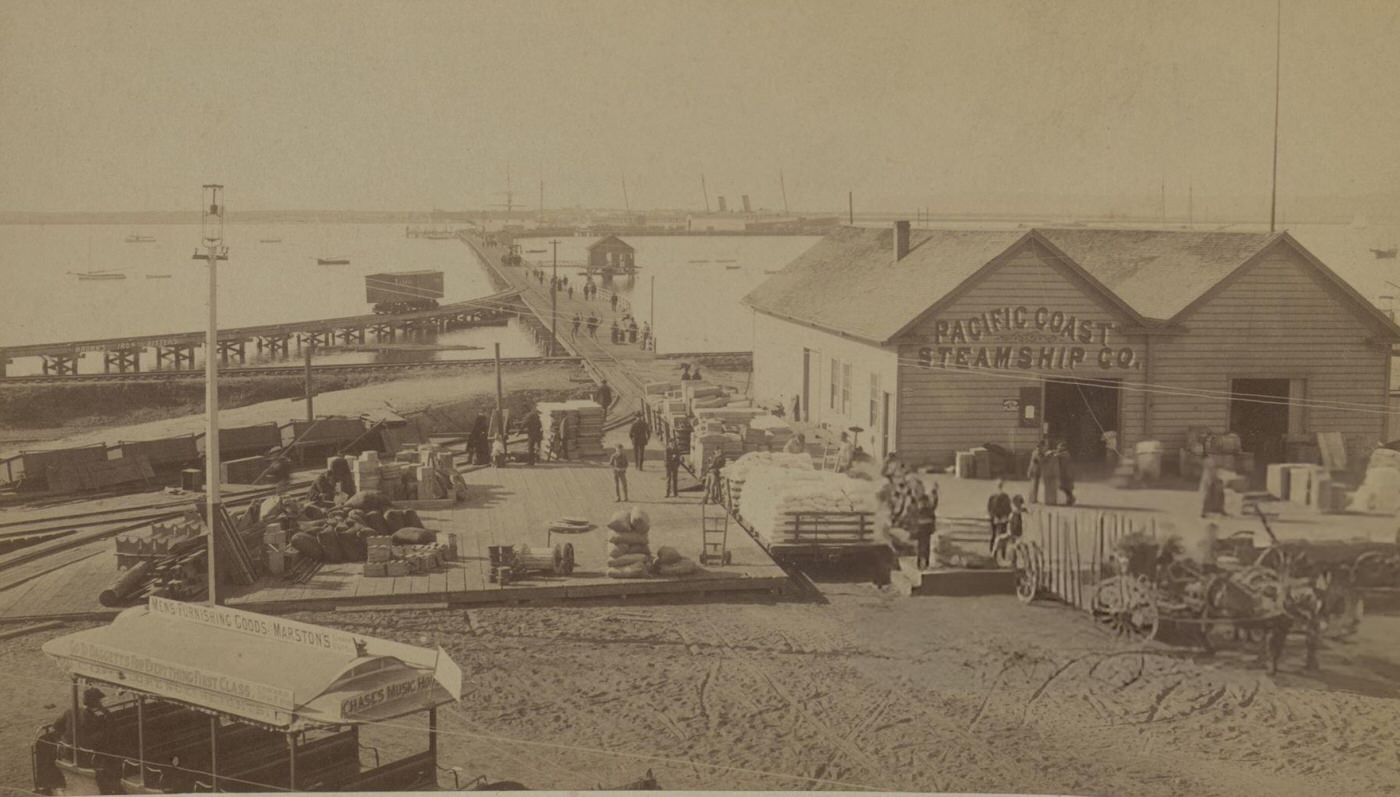
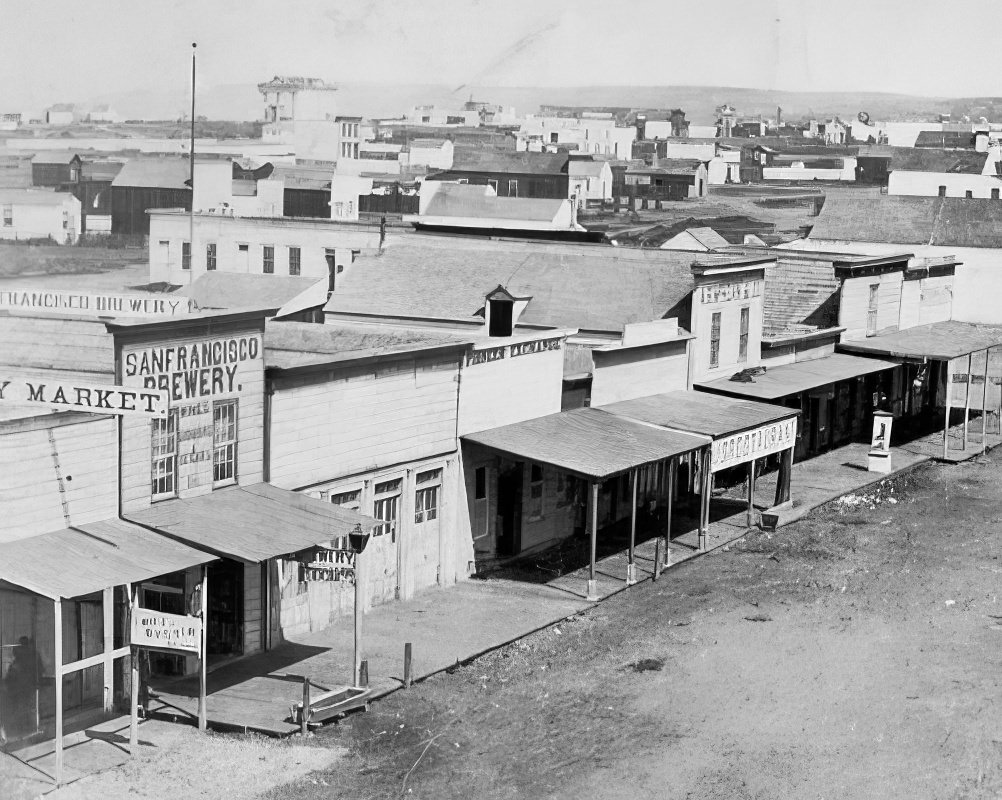
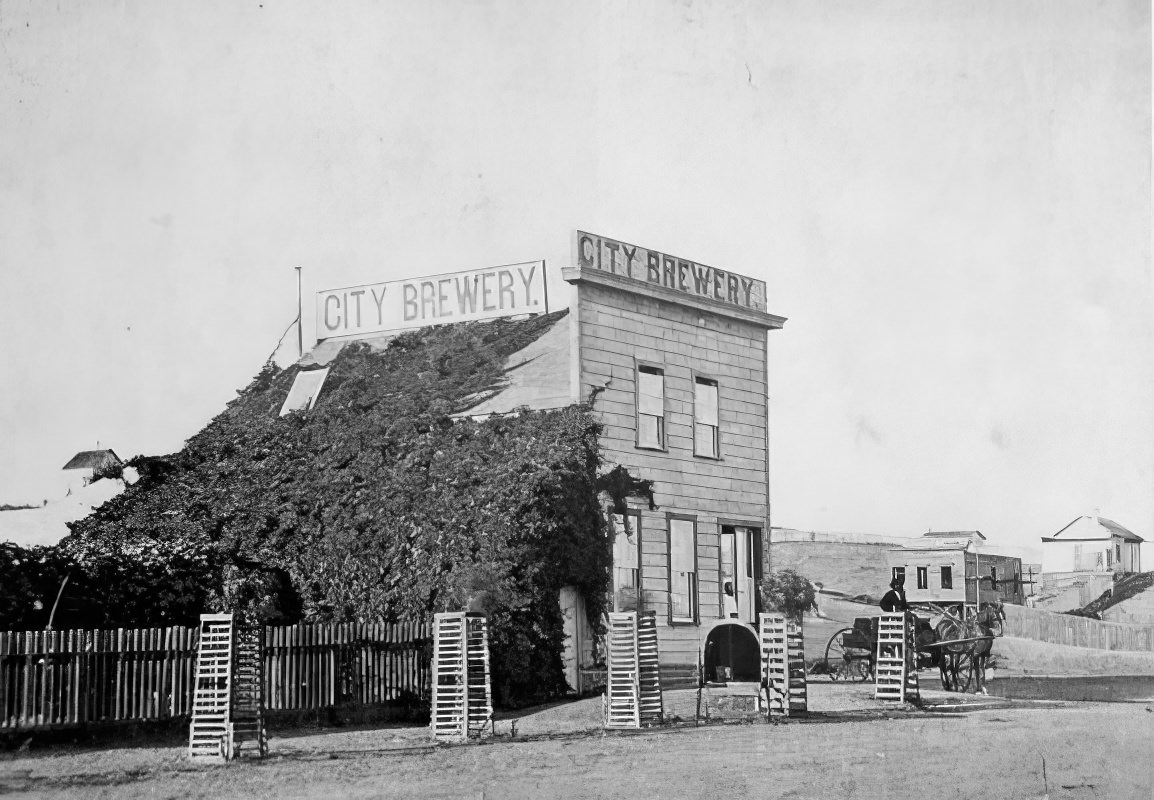
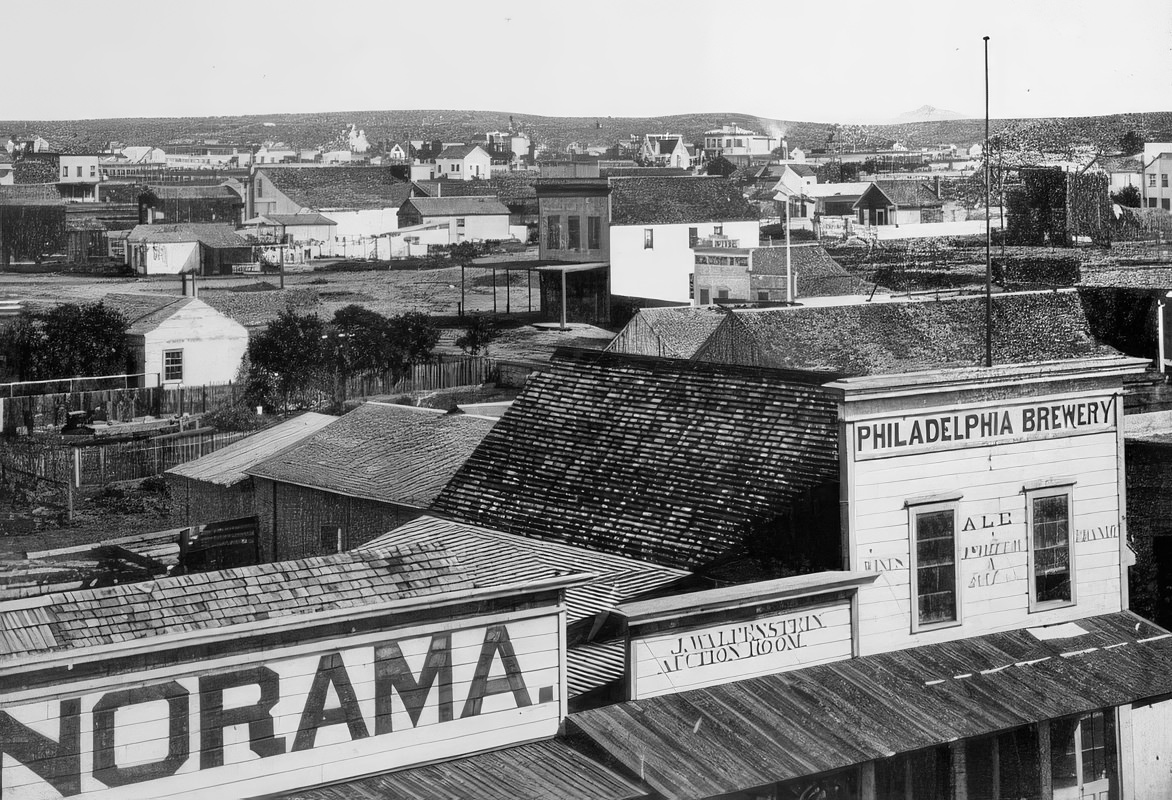
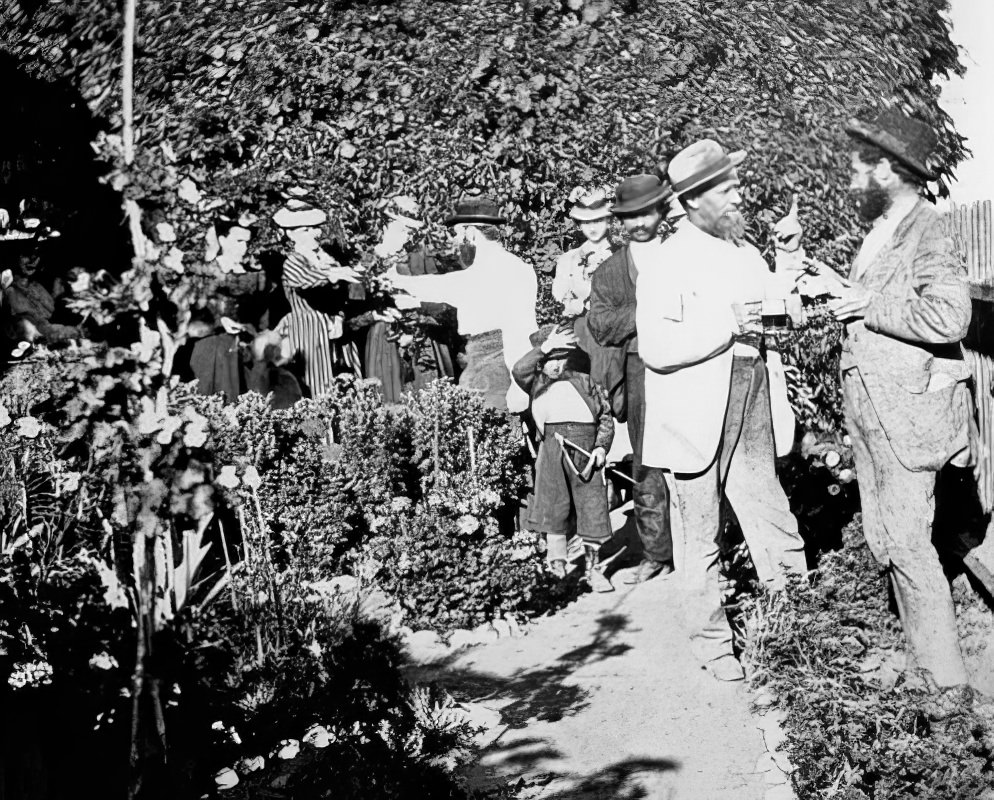
Horton’s New Town, now often just called “San Diego,” was the place to be. Businesses moved from Old Town to be closer to the harbor. New buildings were going up all the time. These were mostly wooden buildings, unlike the adobe of Old Town. The streets were laid out in a grid pattern. This made it easy to navigate. Broadway was becoming the main street. Fifth Avenue (then called 5th Street) was also important. Stores, hotels, and saloons lined these streets.
The harbor was the key to New Town’s success. Ships from all over the world docked there. They brought goods and took away products like wool, honey, and grain. The waterfront was a busy place, with sailors, dockworkers, and merchants.
A courthouse was built in New Town. This showed that it was now the center of government. The county offices moved from Old Town. This was a big shift in power and importance.
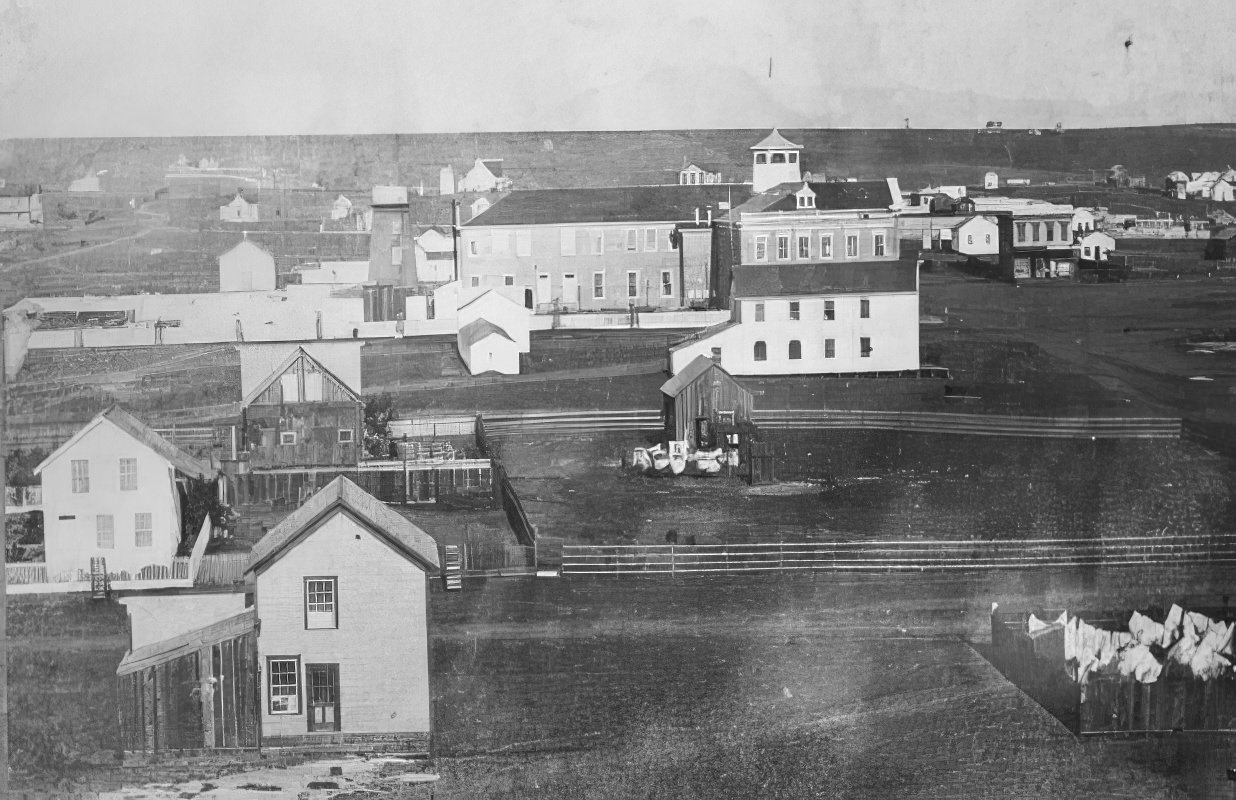
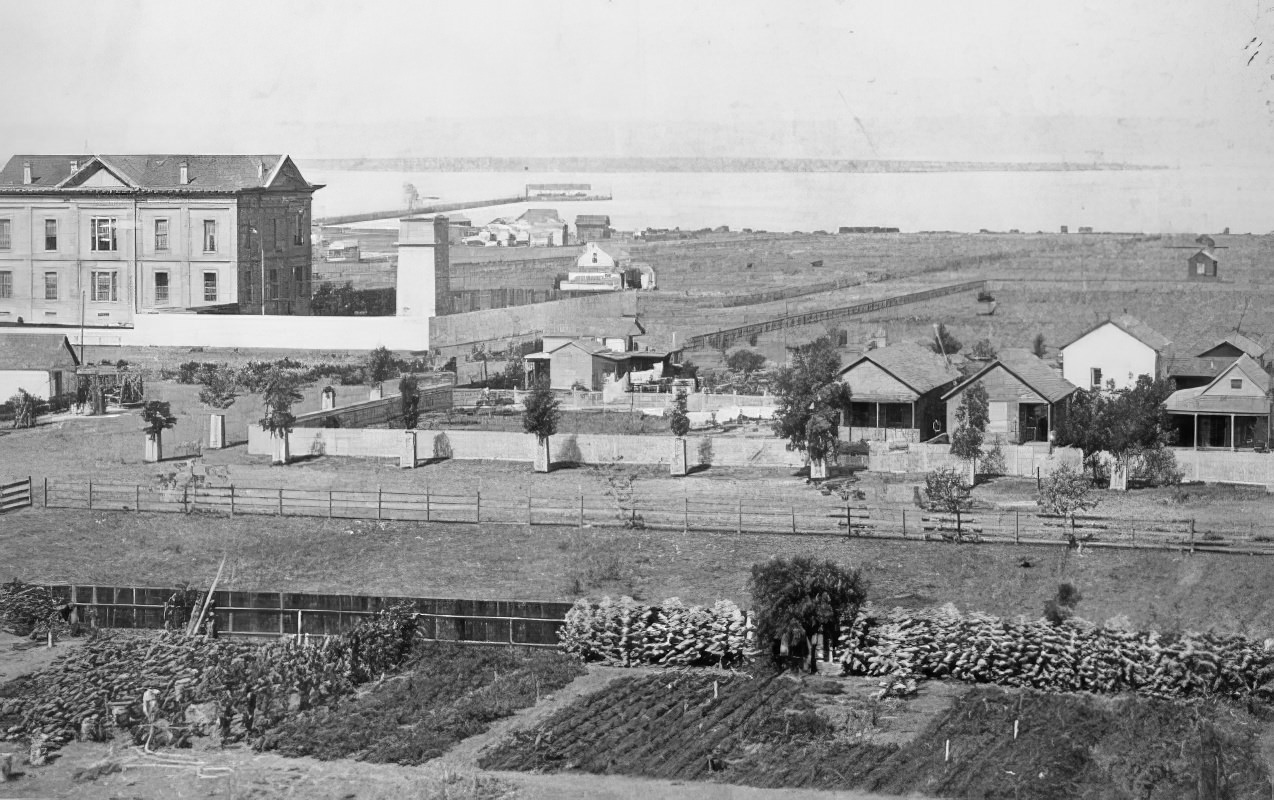

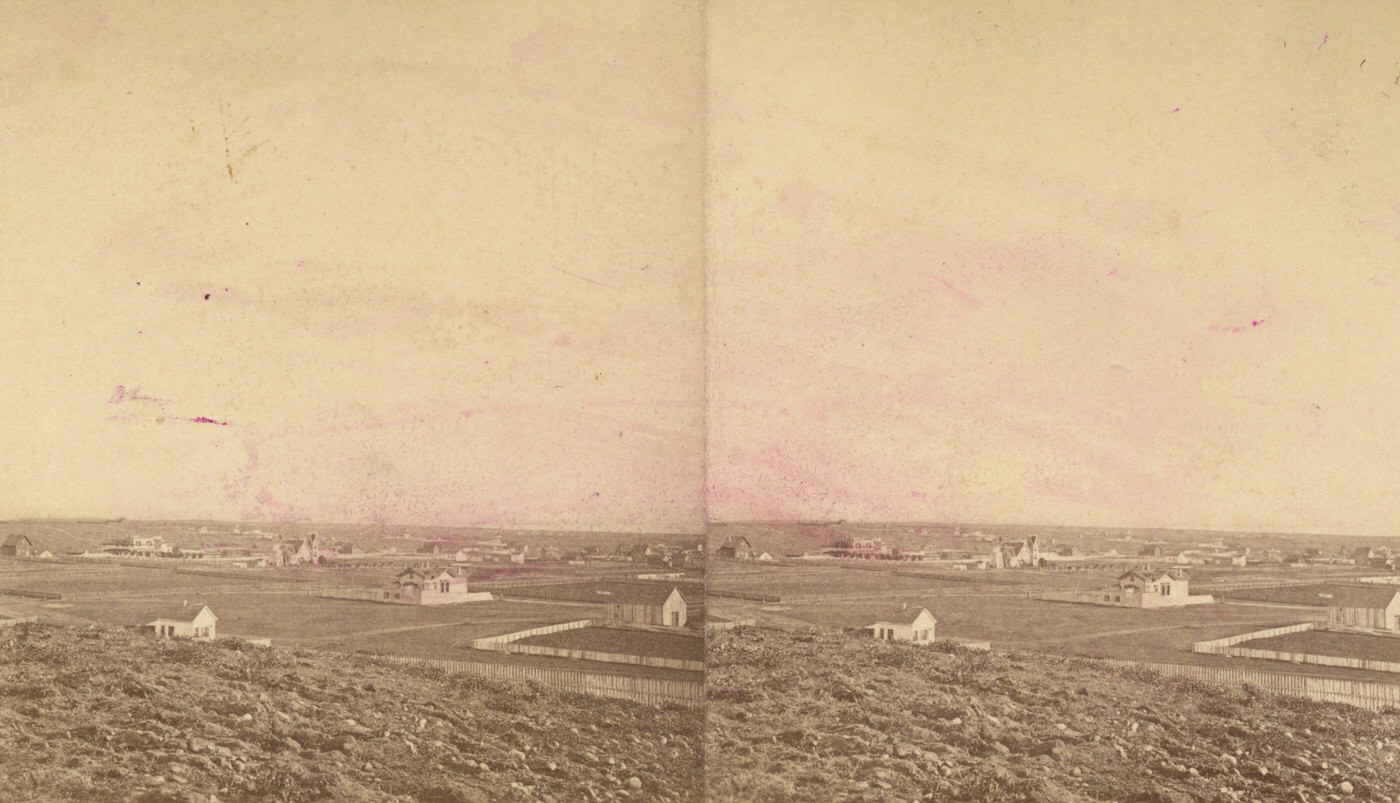
The harbor was the heart of San Diego’s economy. It was the main connection to the outside world. Ships brought in goods from all over the globe. These goods were traded and sold in San Diego.
Exports were also important. Wool, from sheep ranches, was a major export. Honey, grain, and other agricultural products were also shipped out. The harbor provided jobs for many residents.
Whaling was another part of the harbor’s activity. Whales were hunted off the coast of California. Their oil and baleen (whalebone) were valuable products. Whaling ships would dock in San Diego to refuel and resupply.
The U.S. government recognized the importance of the harbor. It began to make improvements, like dredging and building a lighthouse. These improvements made the harbor safer and more efficient. The hope was always that the harbor, combined with a railroad, would make San Diego a major port city. This vision drove much of the town’s development. It kept the focus on the waterfront.
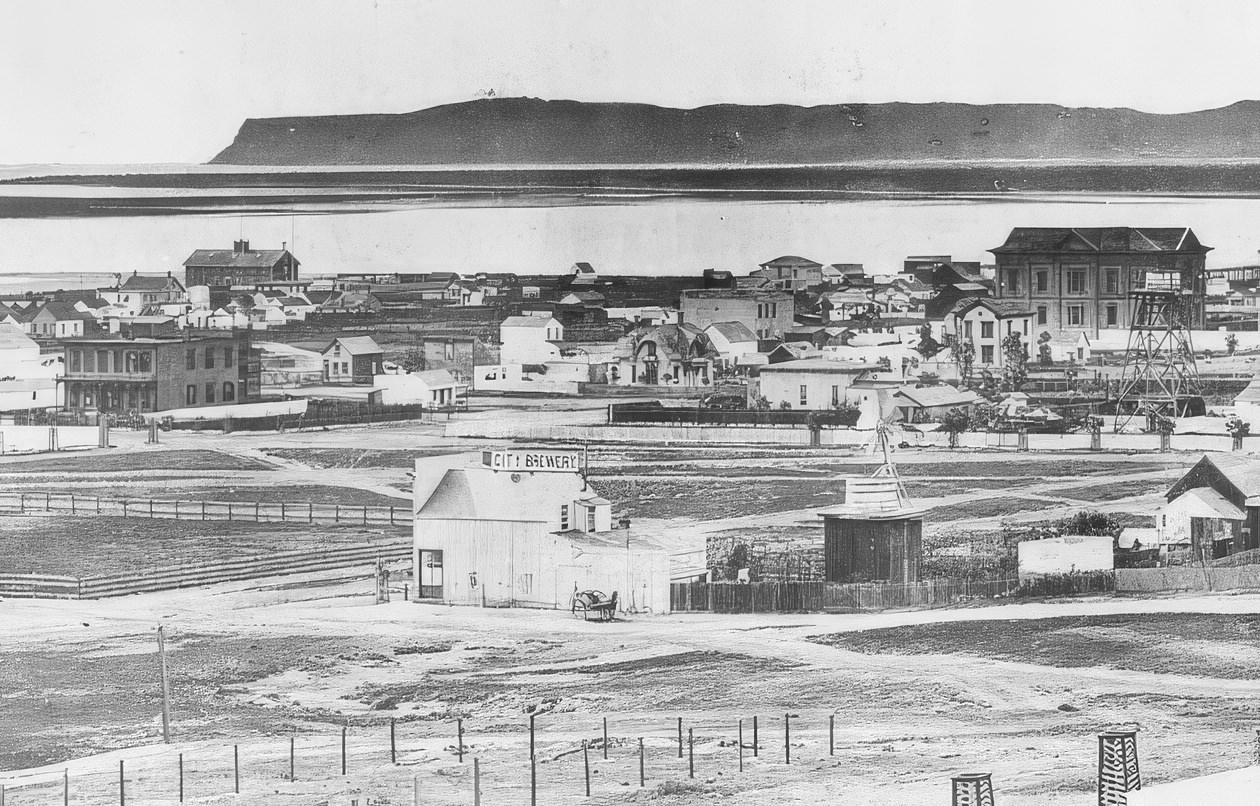

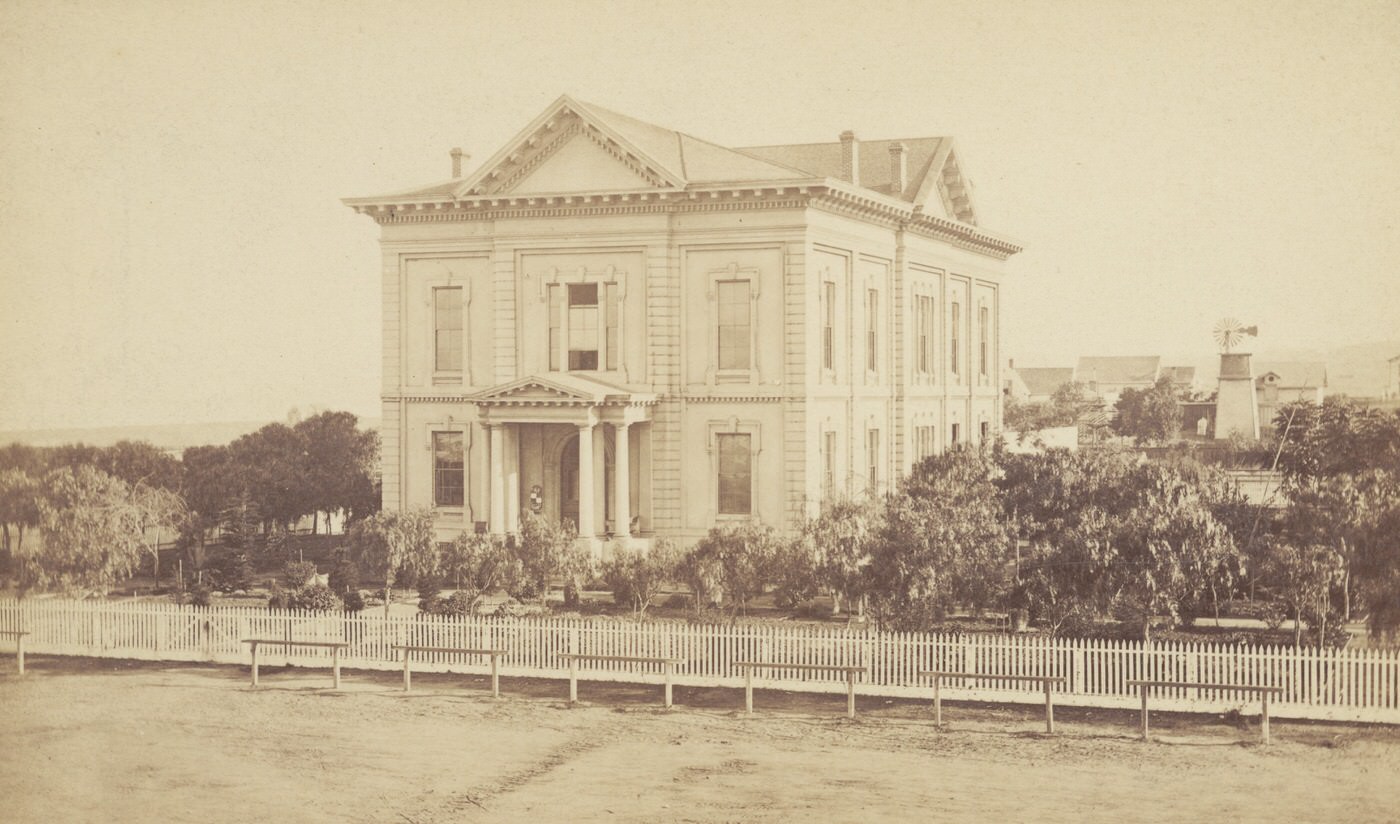
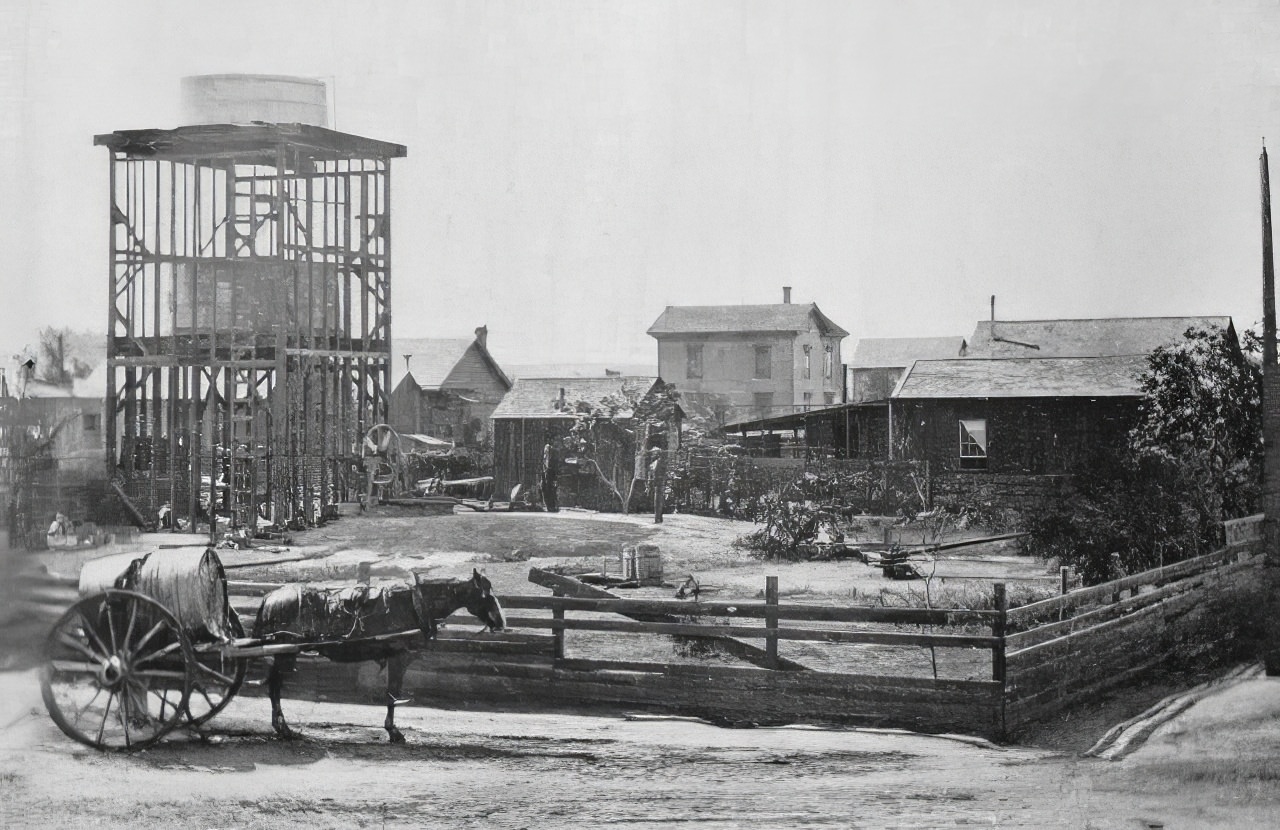
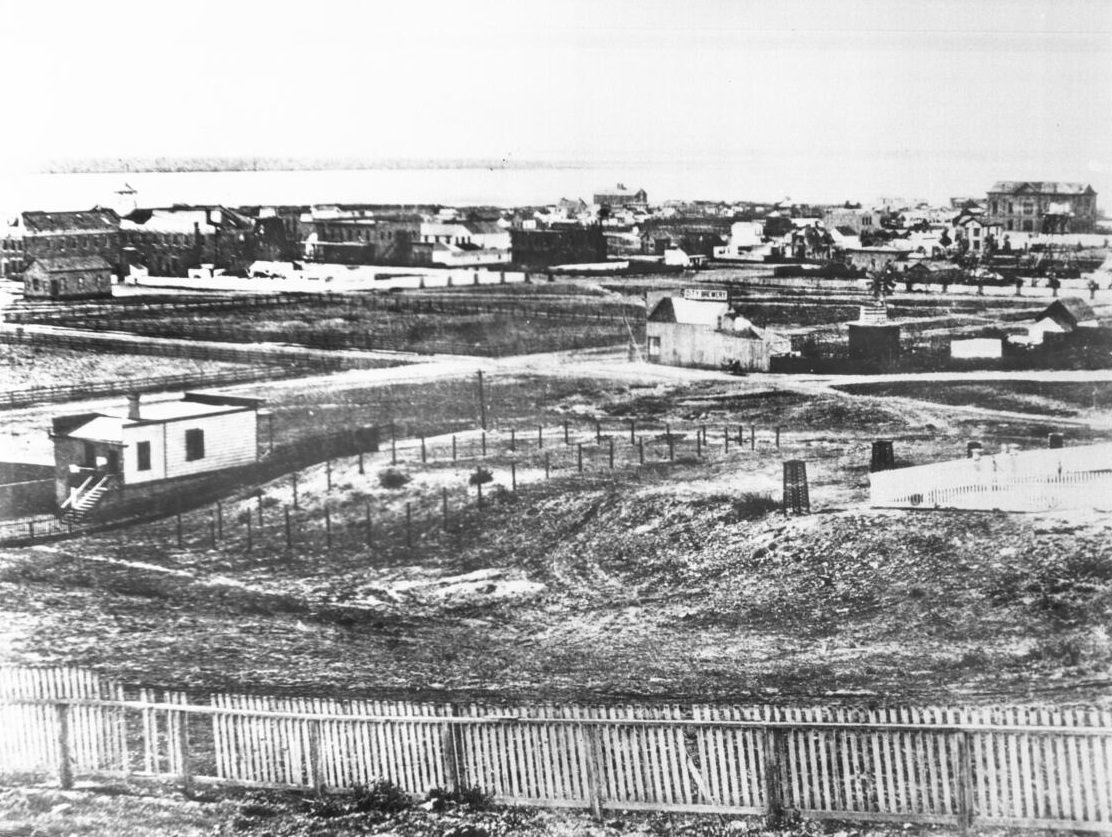
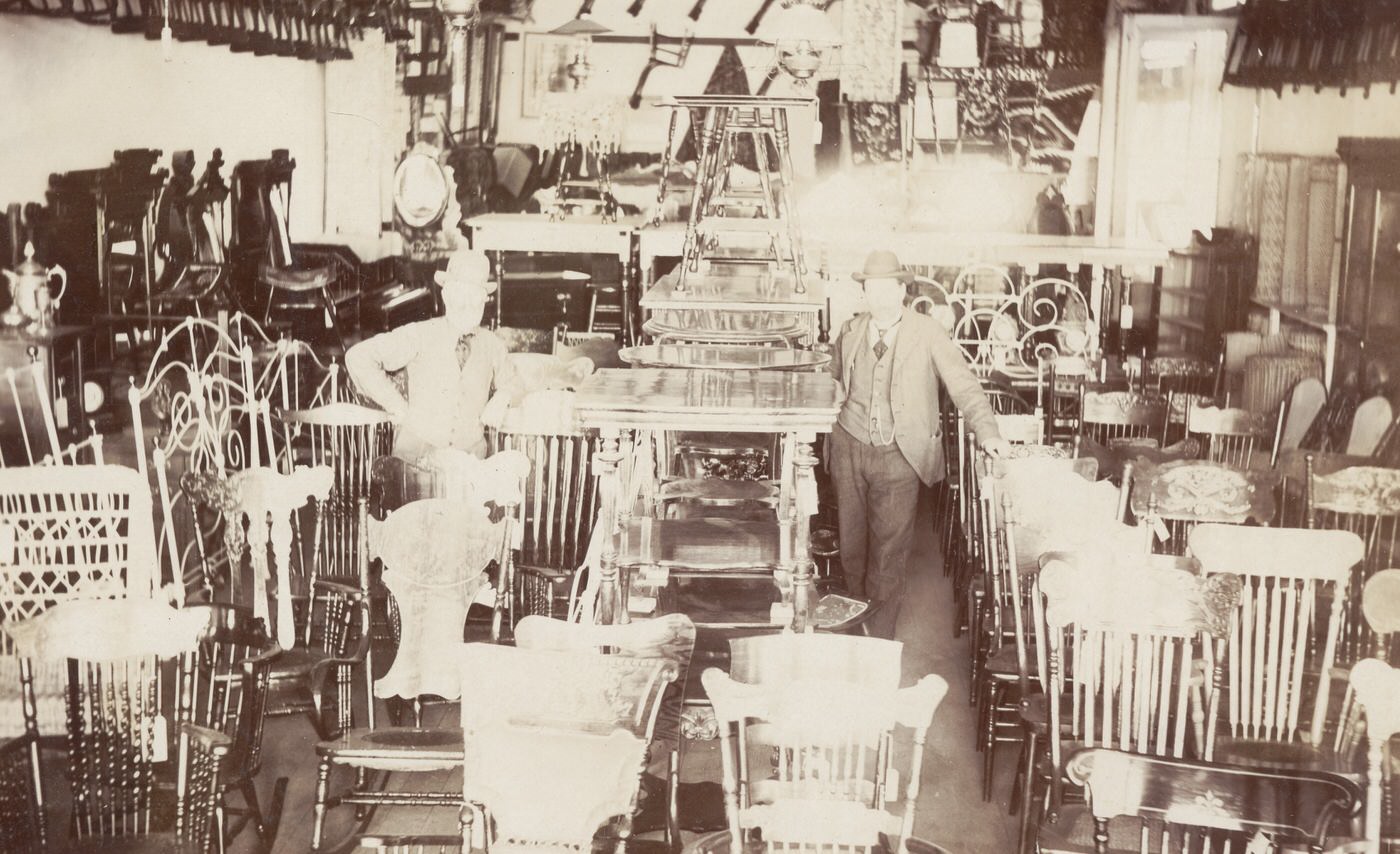
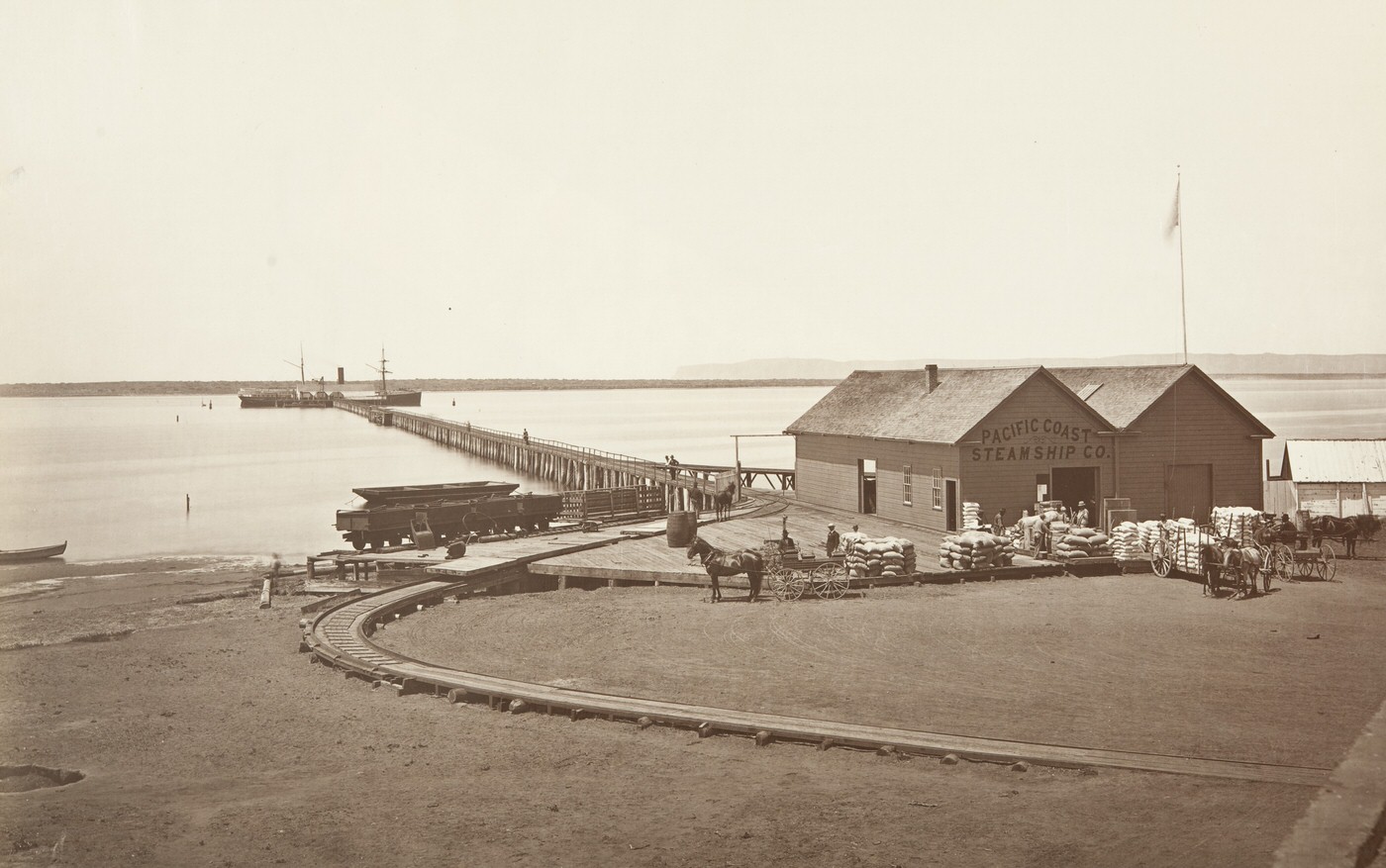
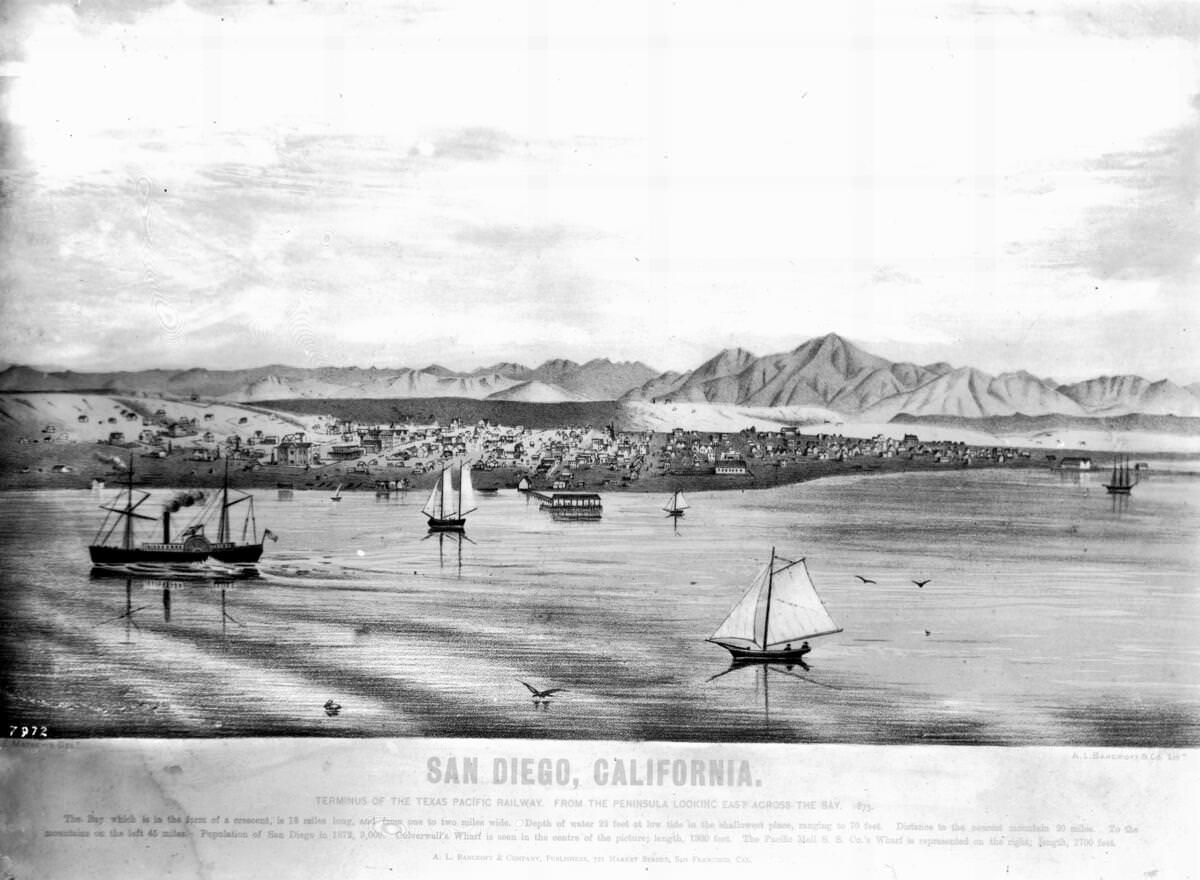
The Fight for the Railroad
The biggest story of the 1870s in San Diego was the railroad. Or rather, the *lack* of a railroad. The town desperately wanted a direct connection to the East. It was believed this would make San Diego a major city. Several attempts were made to build a railroad. The most famous was the Texas and Pacific Railway, led by Thomas Scott. San Diego offered land and money to help the project. The whole town was excited about the prospect.
The “railroad fever,” got very intense. People invested in land, expecting prices to skyrocket. Businesses prepared for a boom. Celebrations were held when construction seemed close. Unfortunately, the Texas and Pacific project ran into problems. Financial troubles and political maneuvering stalled the construction. The direct connection to San Diego didn’t happen in the 1870s. This was a major disappointment, but the hope kept people going.
Although the main line did not come through, a smaller local line did start. The California Southern Railroad began building north towards what would become Oceanside. This offered *some* connection, though not the desired transcontinental one.
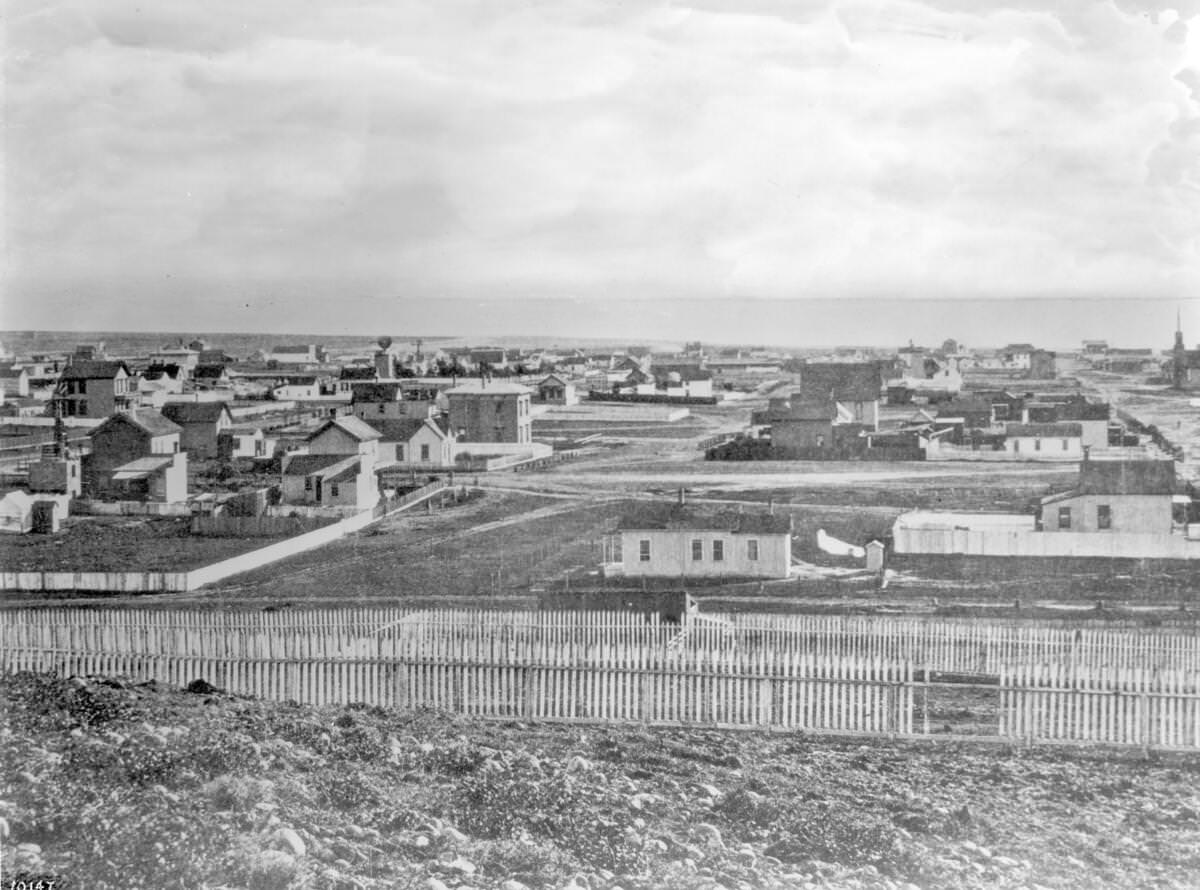
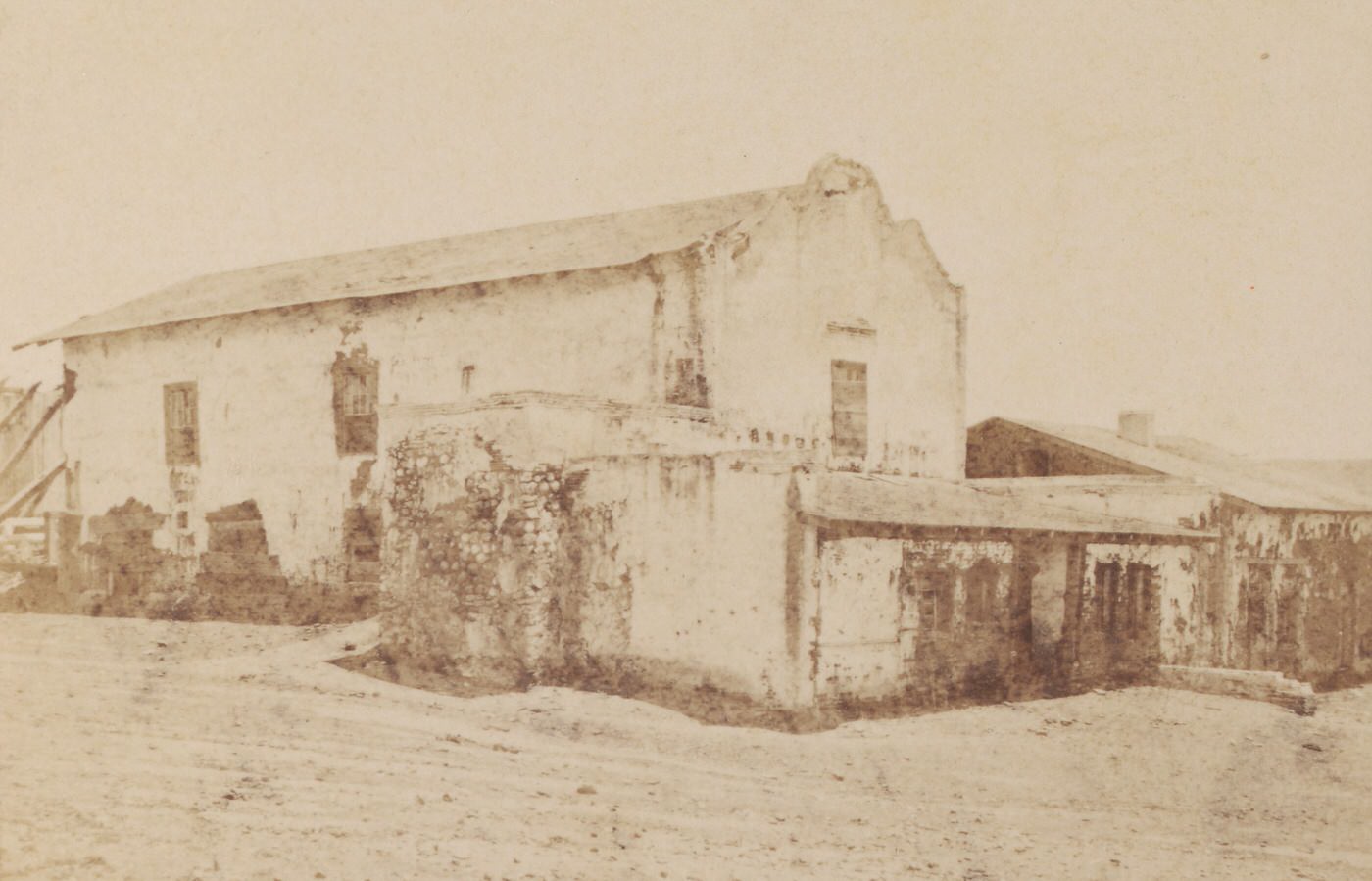
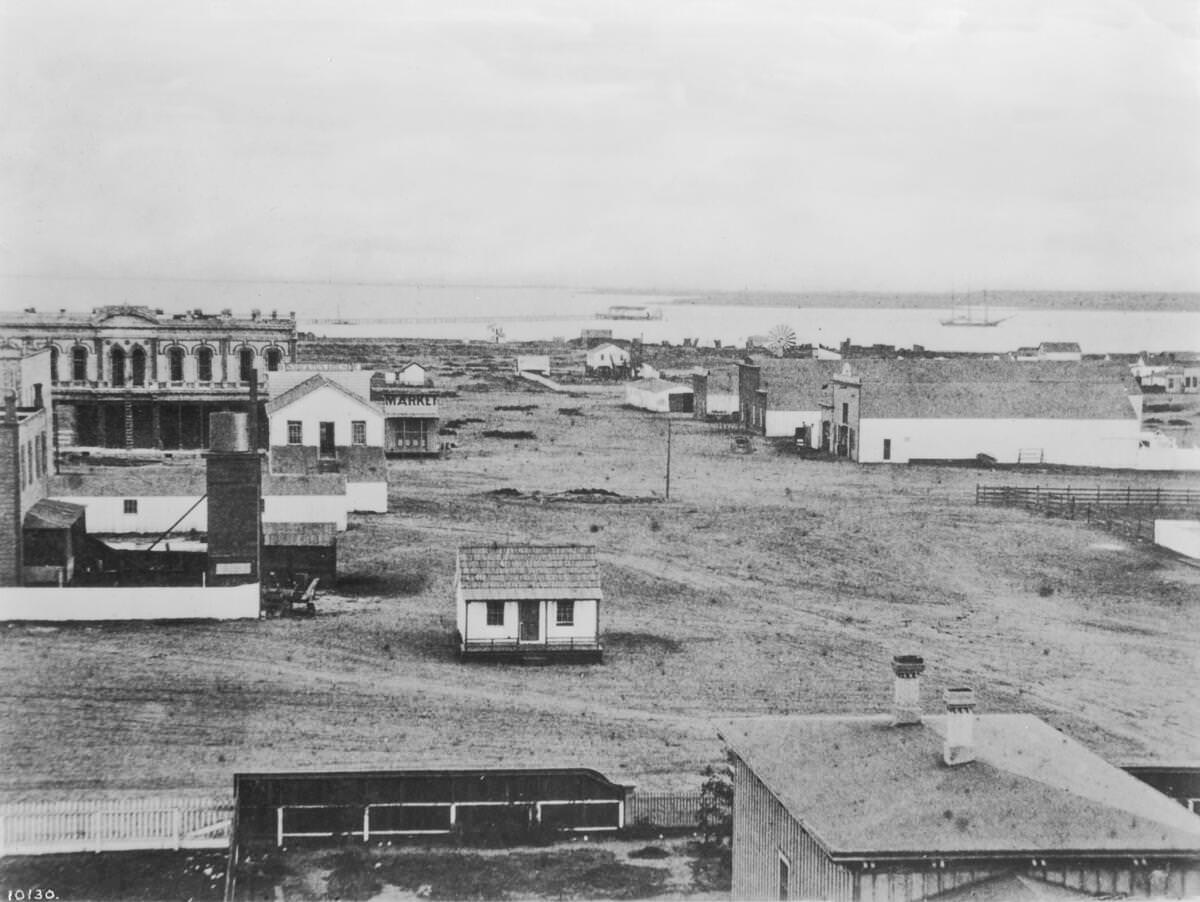
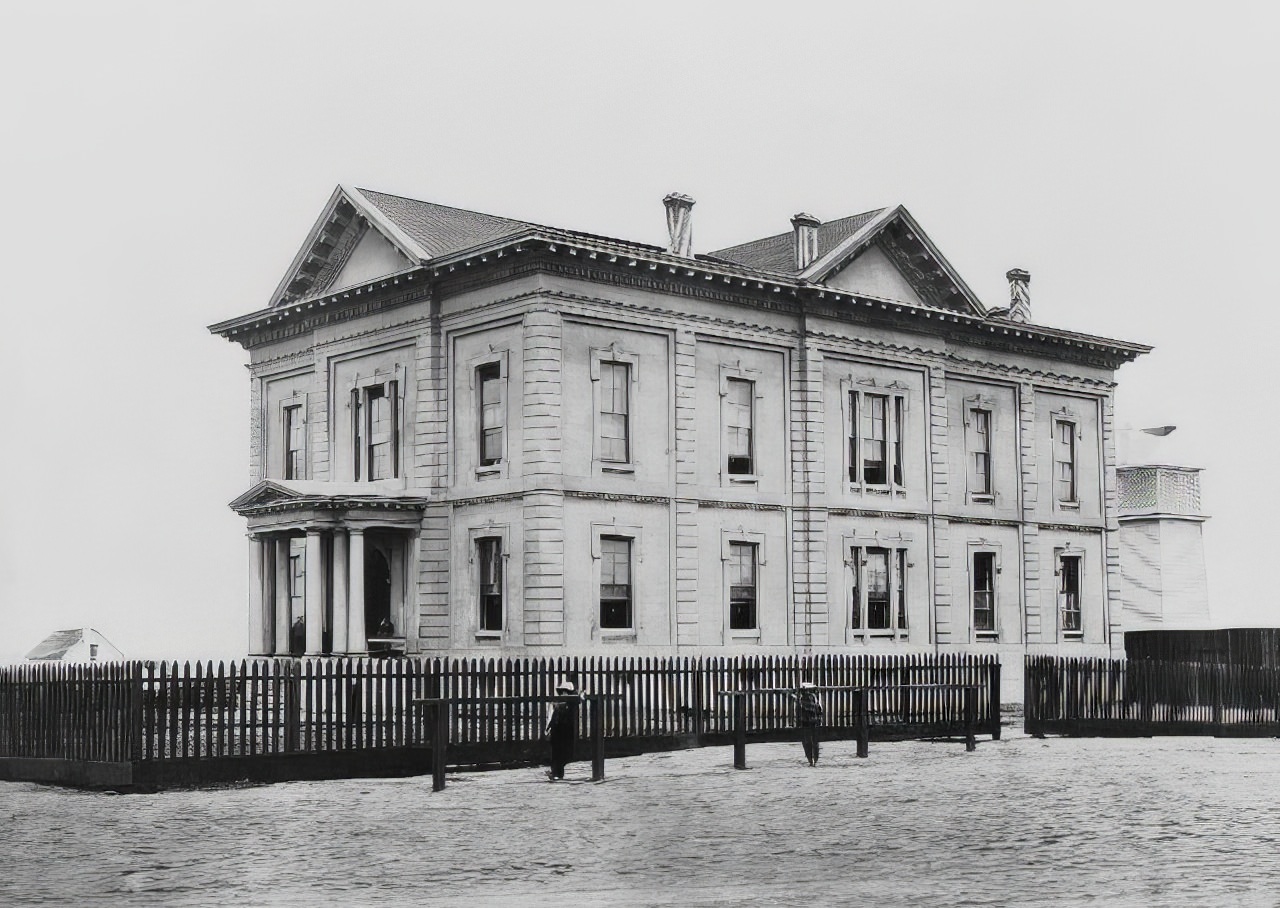
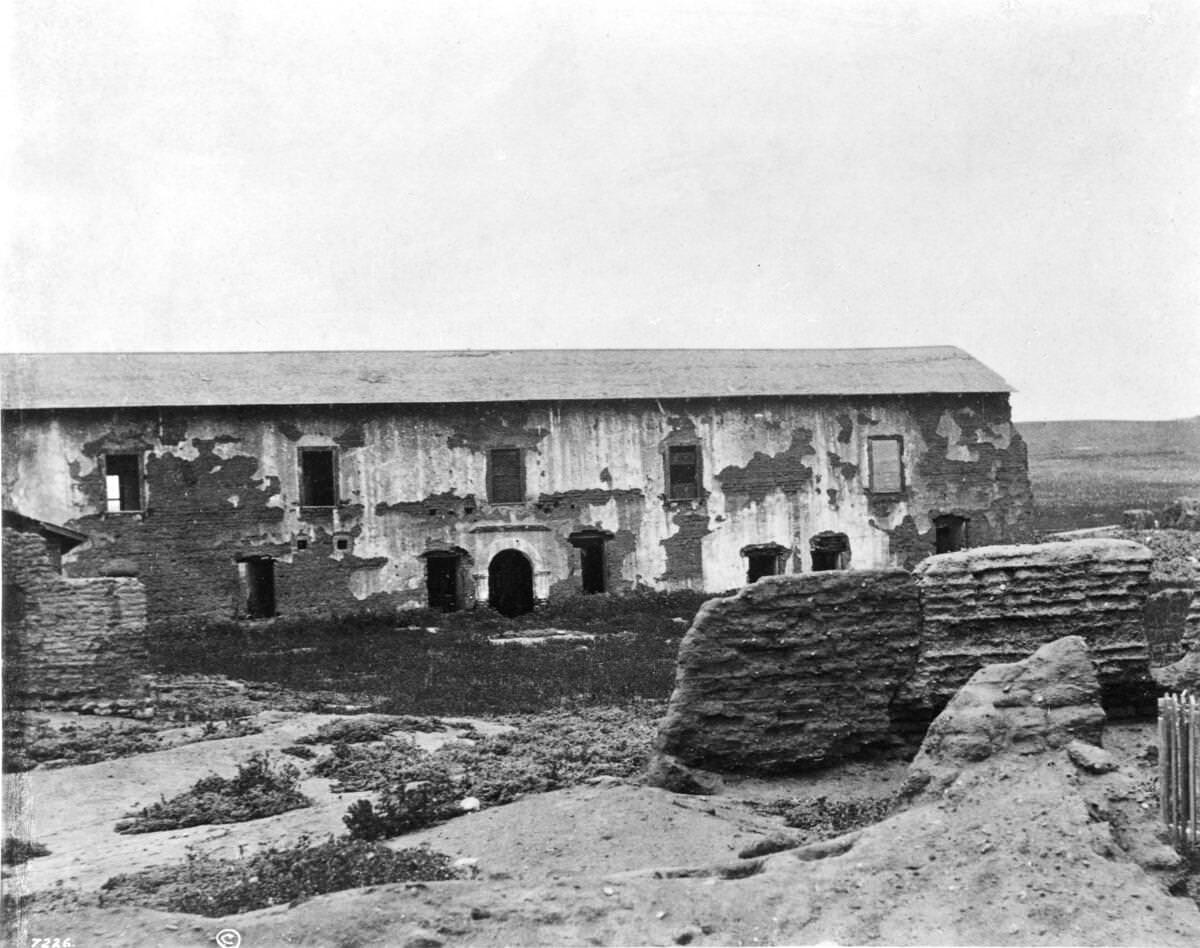
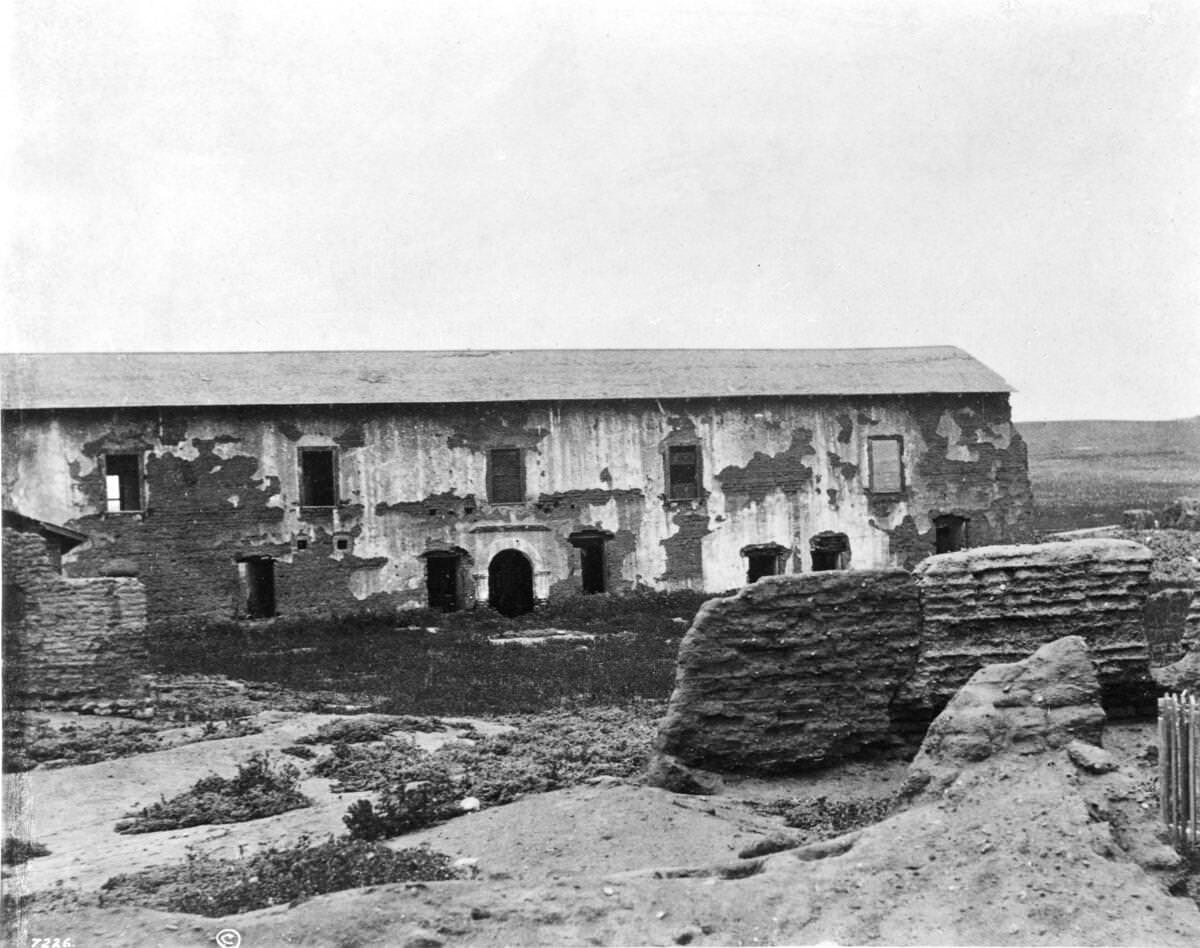
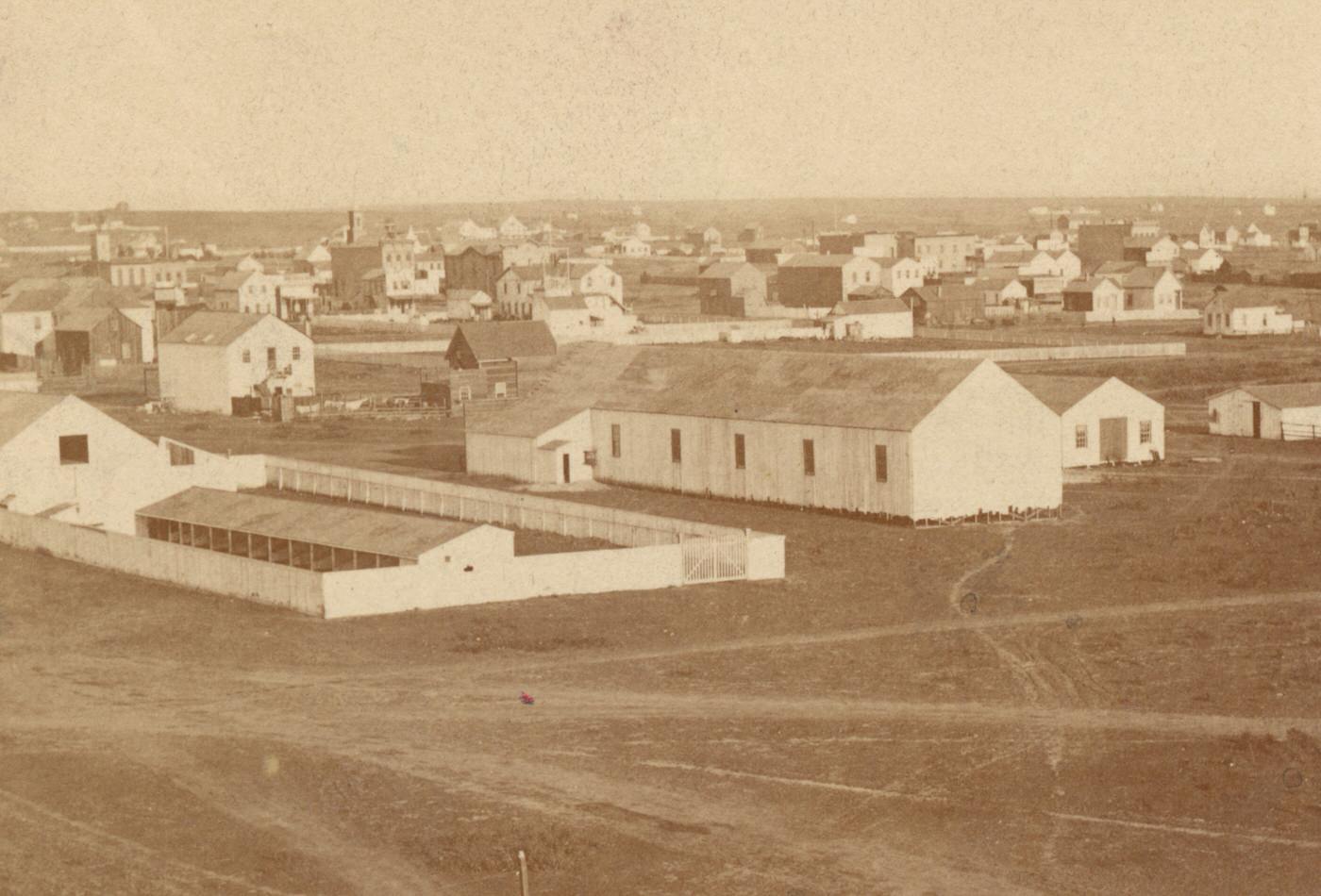
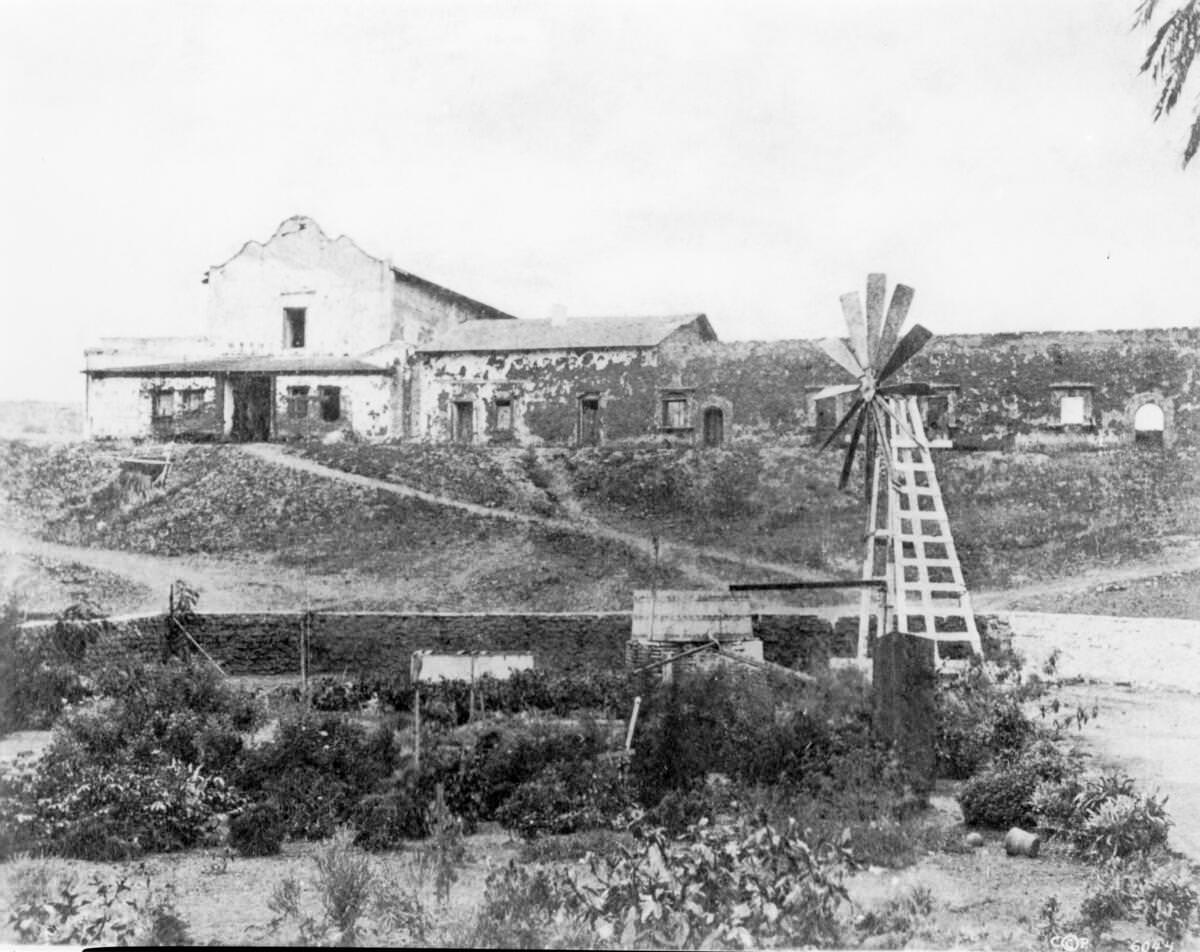

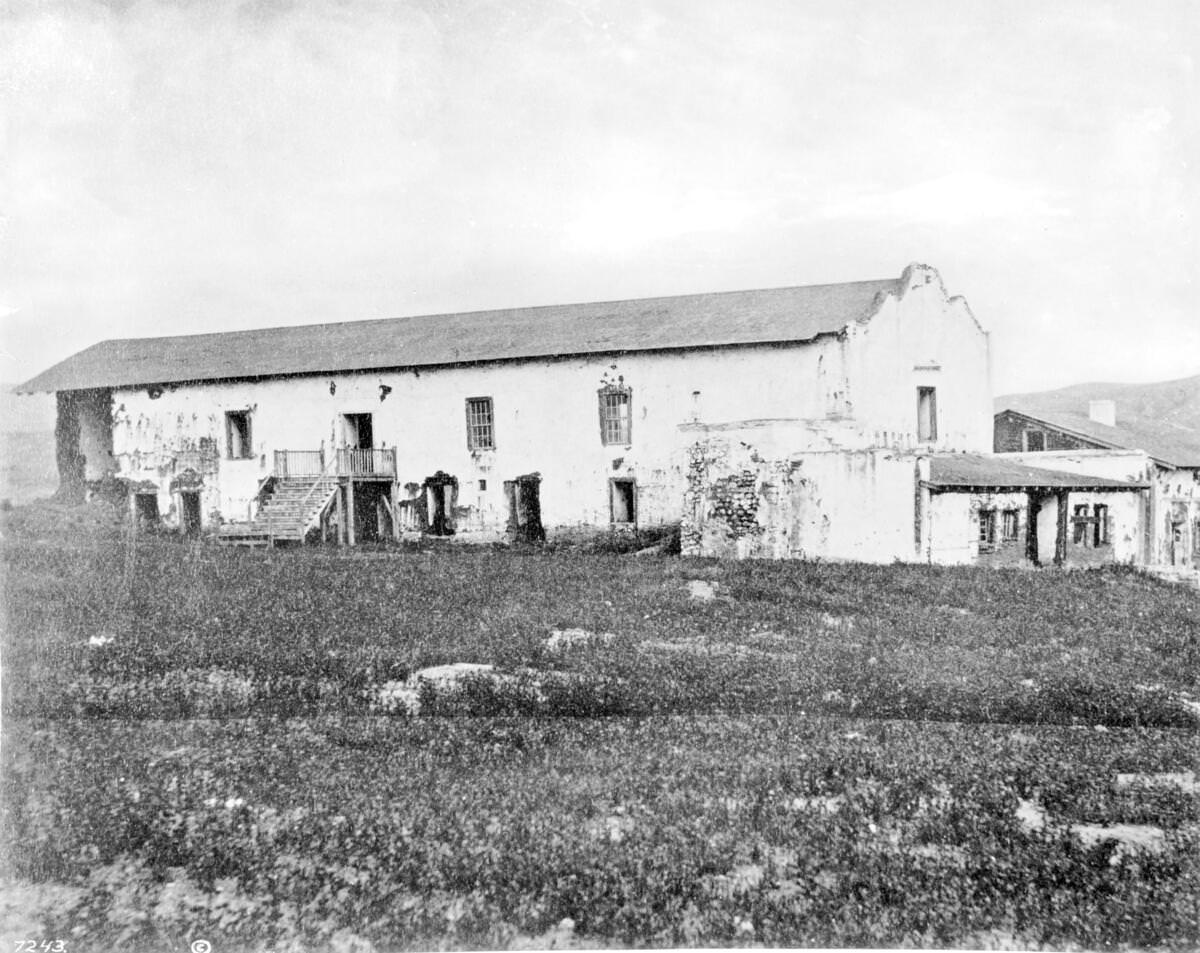
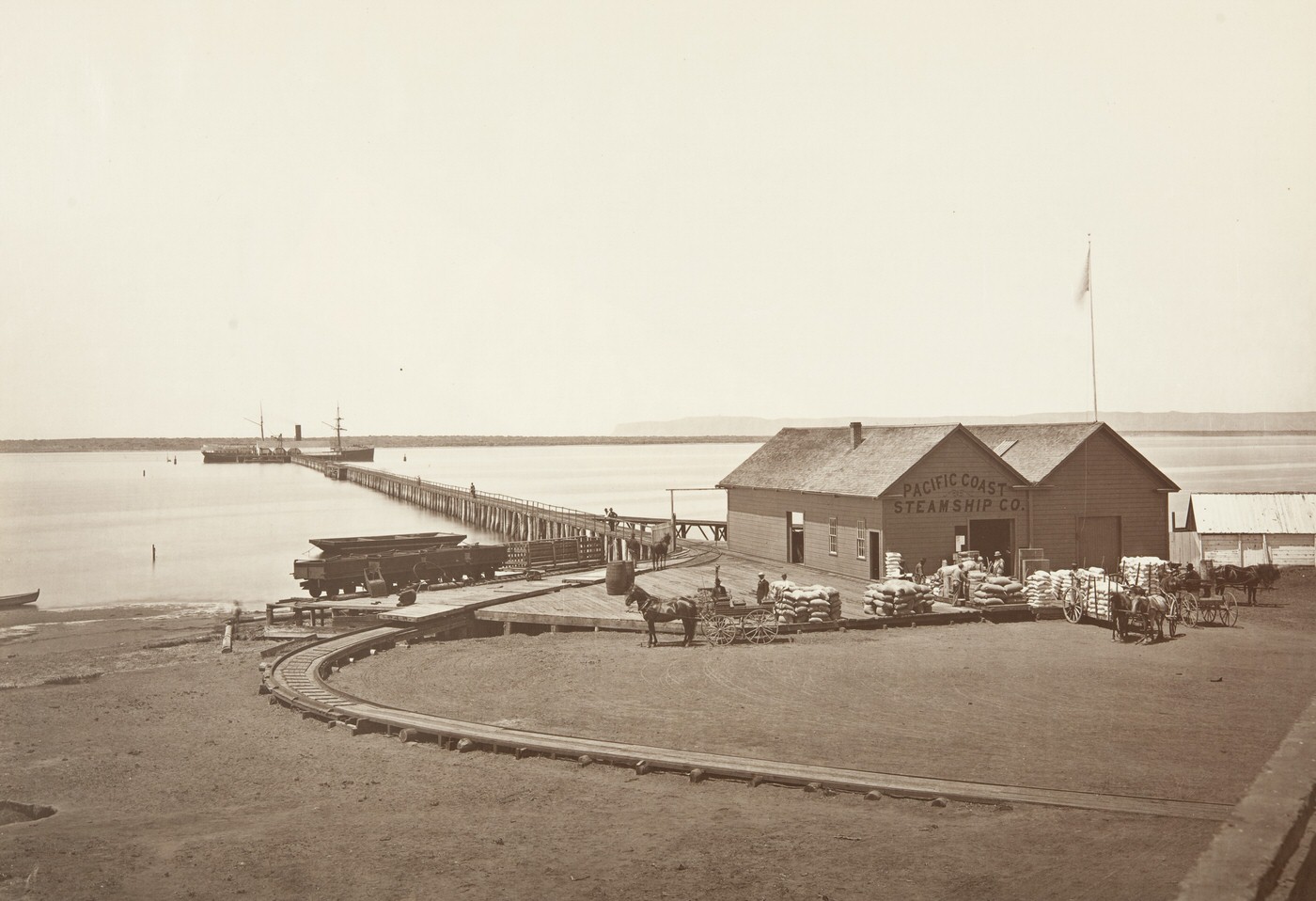

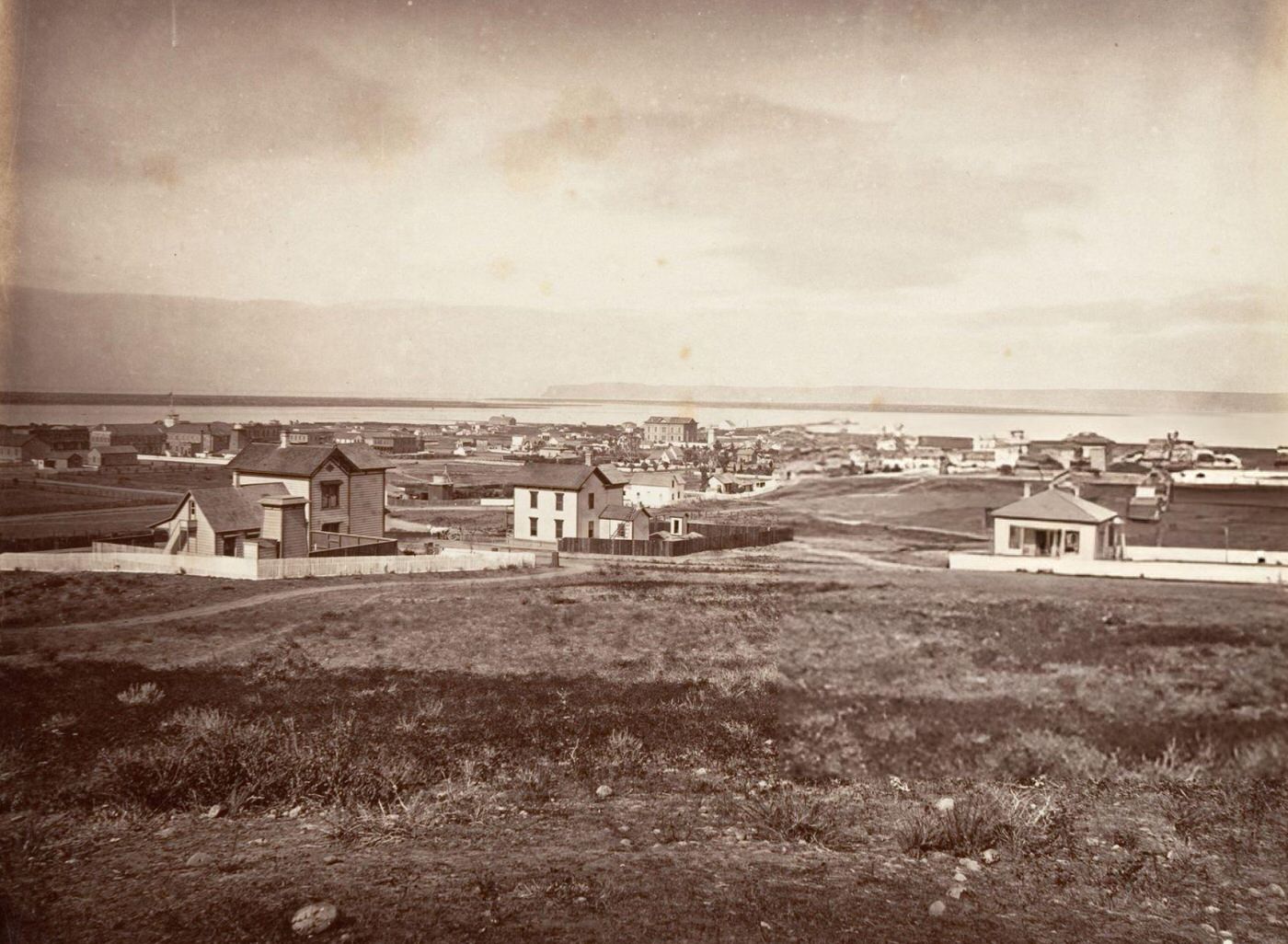
Daily Life in a Growing Town
Life in San Diego was becoming more comfortable. More goods were available in stores. Homes were becoming more elaborate. The population was growing, bringing more diversity. People still worked hard. Men worked in businesses, on the docks, or in construction. Many still worked in agriculture, on ranches outside of town. Women often managed households, but some also worked in businesses, like hotels or shops.
Food was becoming more varied. While people still ate local produce and meat, imported goods were becoming common. Things like canned goods, coffee, and sugar were easier to get. Entertainment was also expanding. There were theaters, offering plays and musical performances. Social clubs and organizations were forming. Horse racing was a popular pastime. Balls and dances were held regularly.
Schools were improving. More children had access to education. A high school was established, offering more advanced learning. The quality of life, in general, was getting better for many.
Churches were becoming a prominent presence. Different denominations built churches in New Town. These served as religious centers and as social gathering points.
Despite the growth, San Diego still faced challenges. The lack of a direct railroad connection was a major economic blow. It slowed growth and limited trade.
Fires were a constant threat. Many buildings were made of wood. A major fire could destroy large sections of the town. Firefighting was still primitive, relying on volunteer brigades.
Economic downturns also affected San Diego. The national economy had ups and downs. These affected local businesses and employment. San Diego was still very dependent on outside forces.
Crime was a problem, as it is in any growing town. Saloons and gambling halls were common. These could lead to trouble. Law enforcement was still developing, and keeping order was a challenge. Droughts were another concern. Water was essential for agriculture and for the town’s growing population. Periods of low rainfall could cause hardship. The supply of reliable fresh water was always on people’s minds

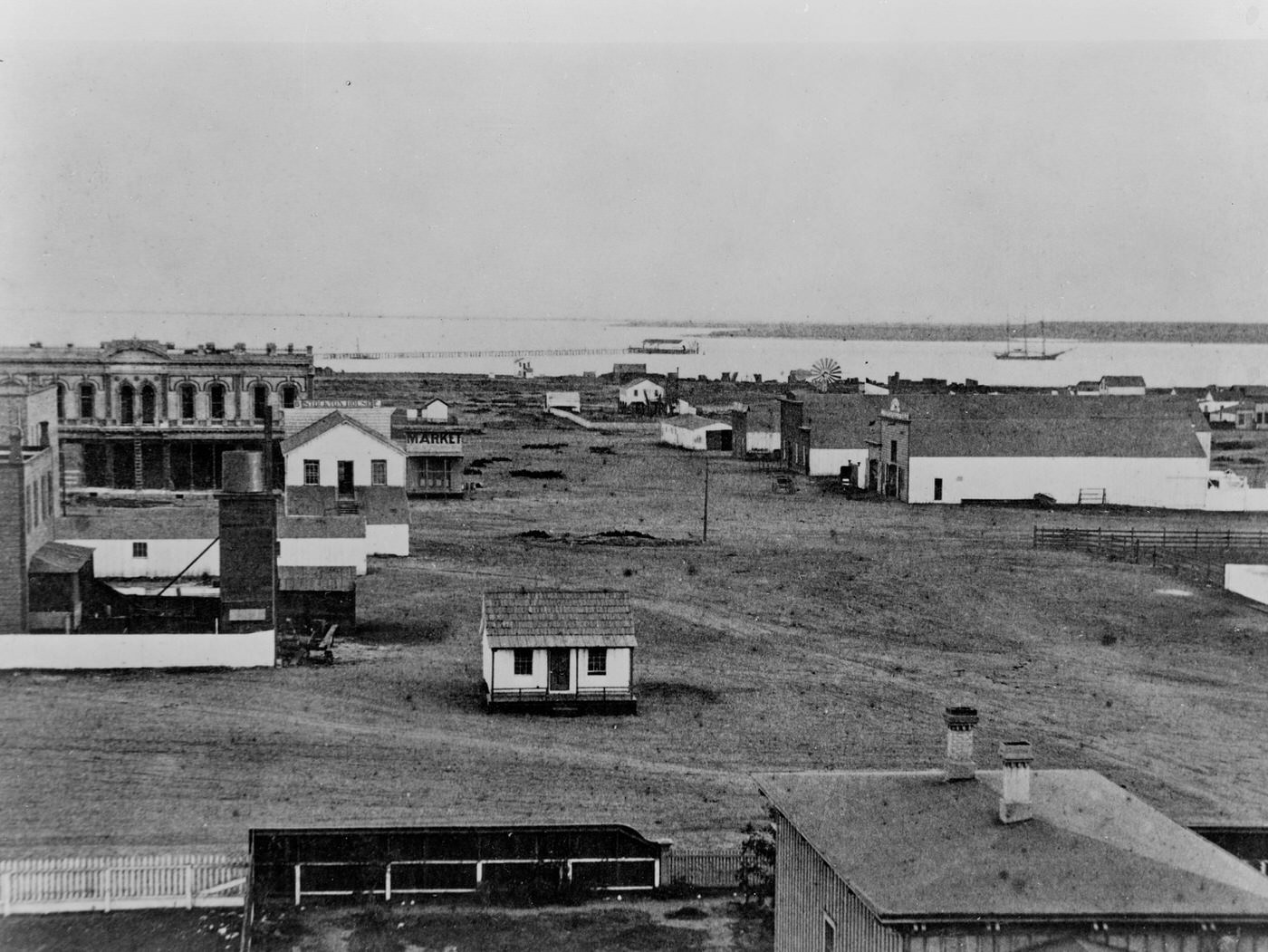
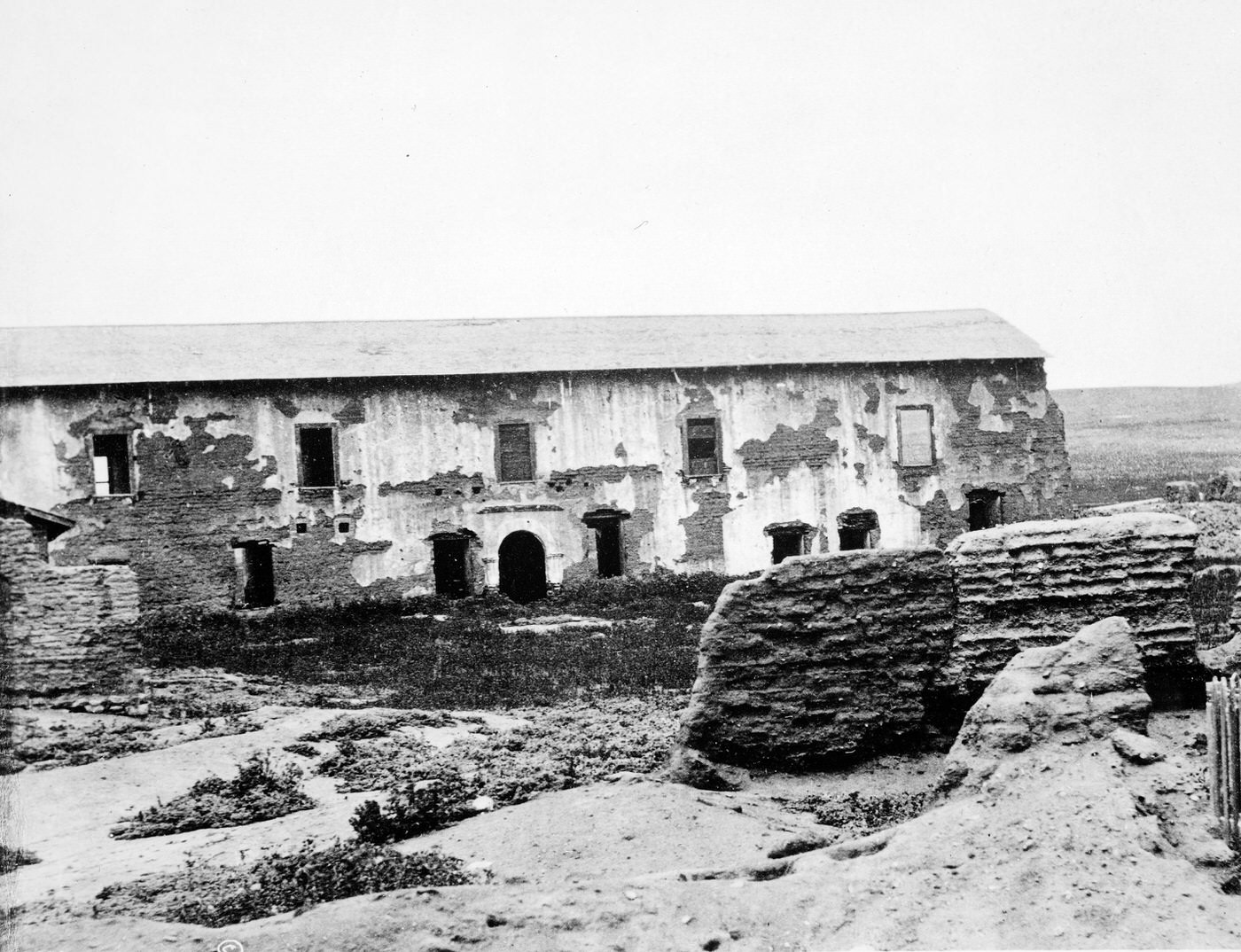
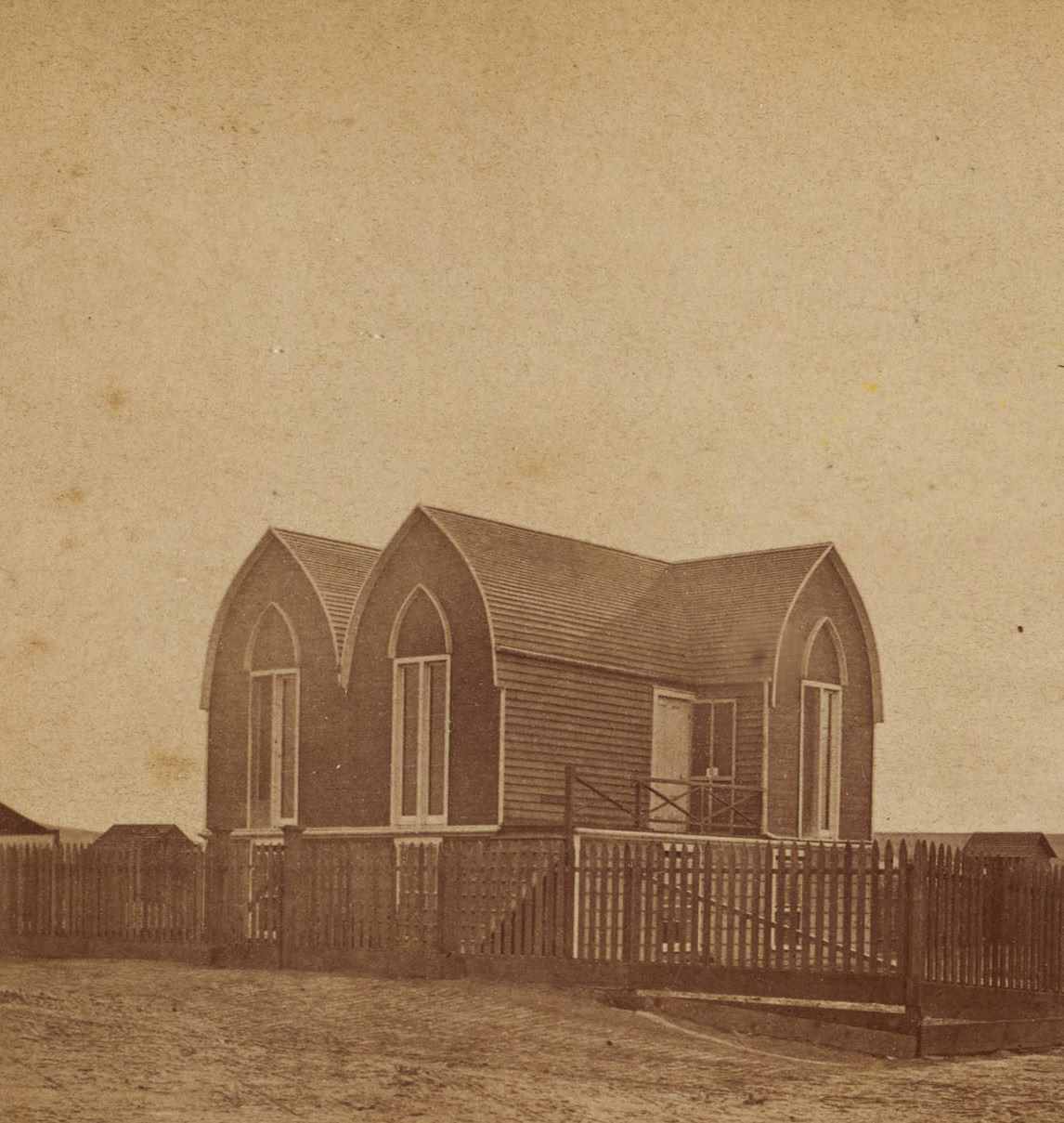
Old Town, the original settlement, was no longer the center of San Diego. Many businesses and residents had moved to New Town. But Old Town did not disappear. It remained a distinct community. Some people preferred the quieter life of Old Town. It still had its charm, with its adobe buildings and plaza. It retained a strong connection to its history and Mexican heritage.
Tourism to Old Town began to develop, even in the 1870s. People were interested in seeing the historic buildings. This was the beginning of Old Town’s role as a historic site.
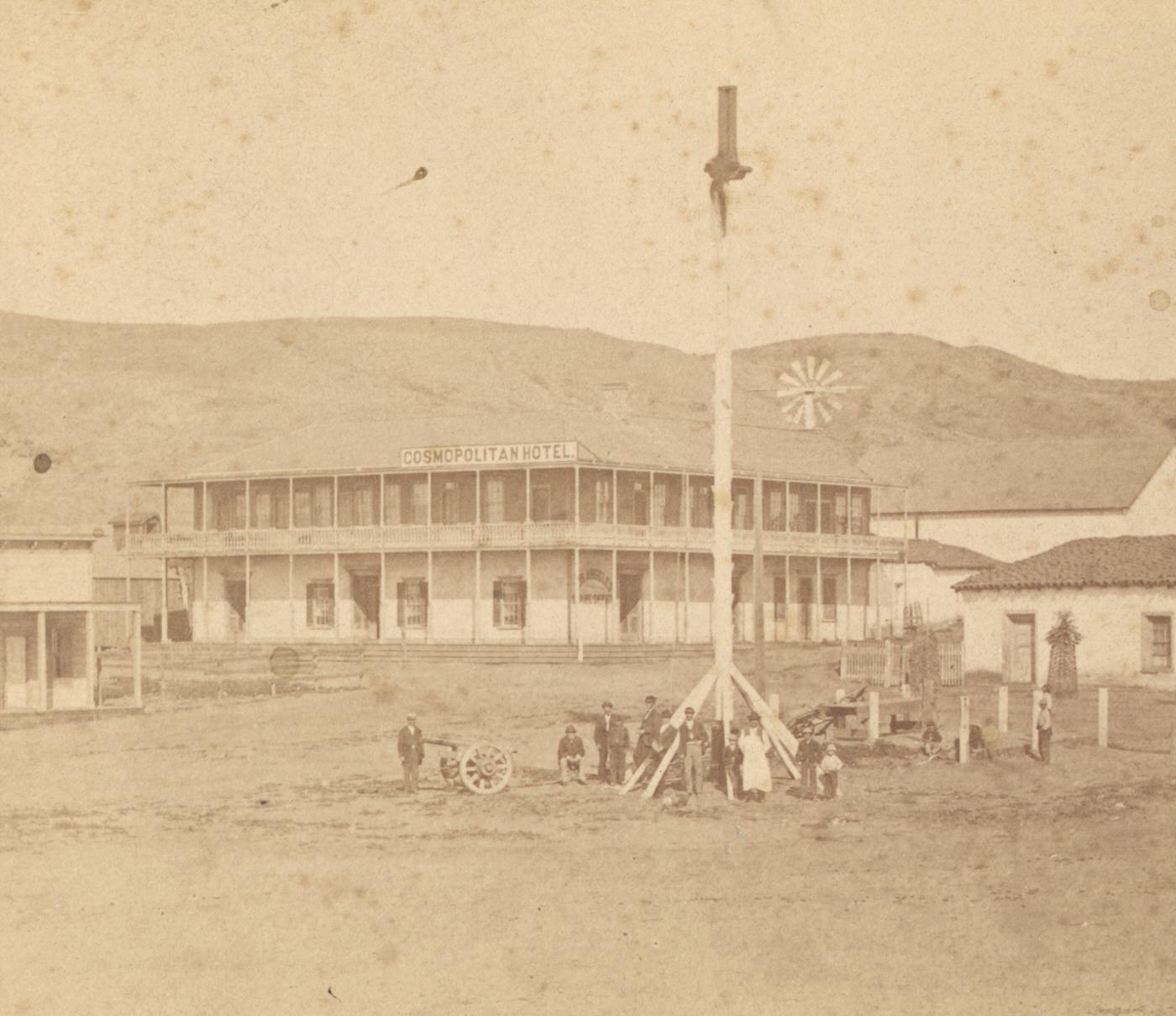
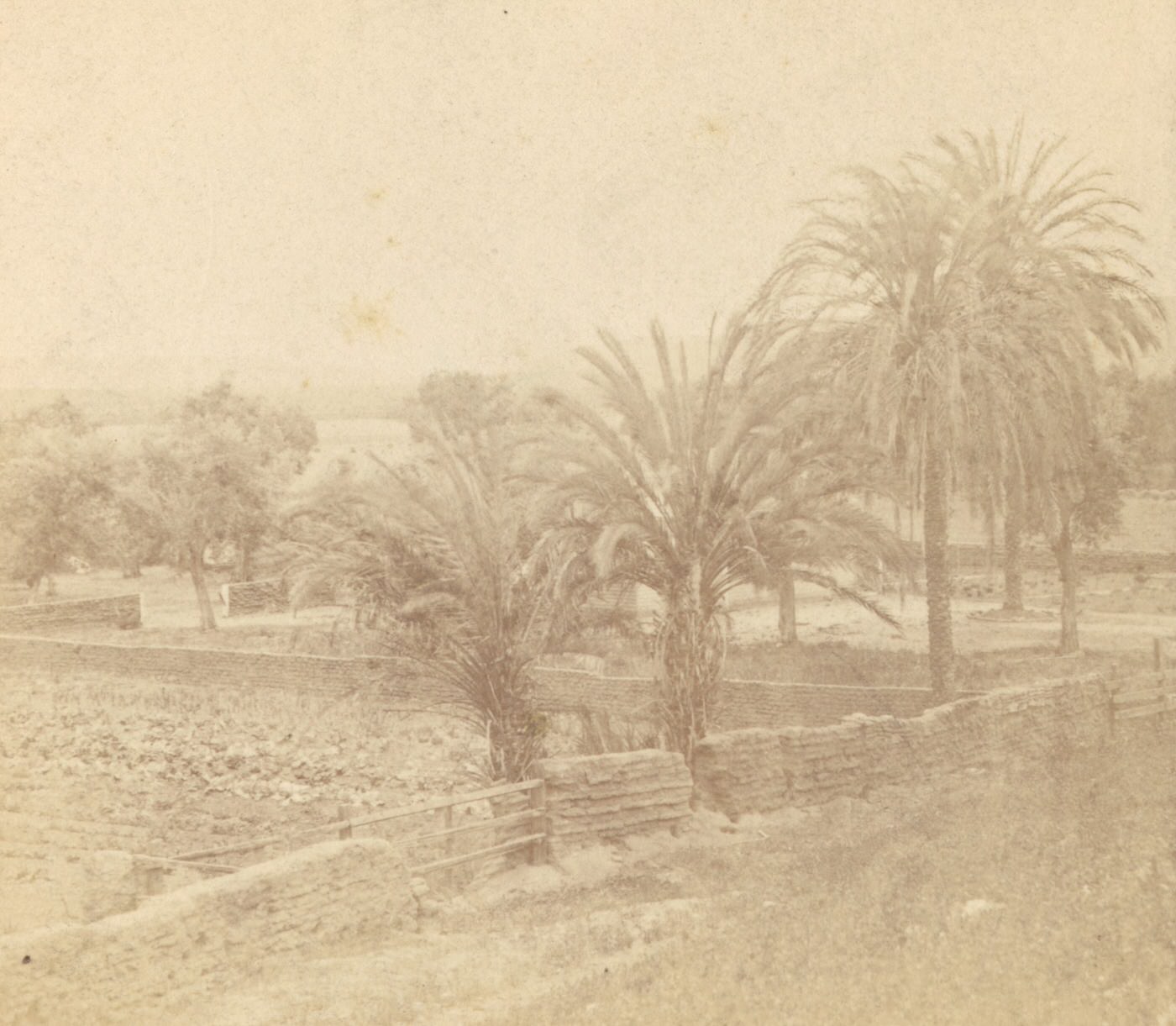
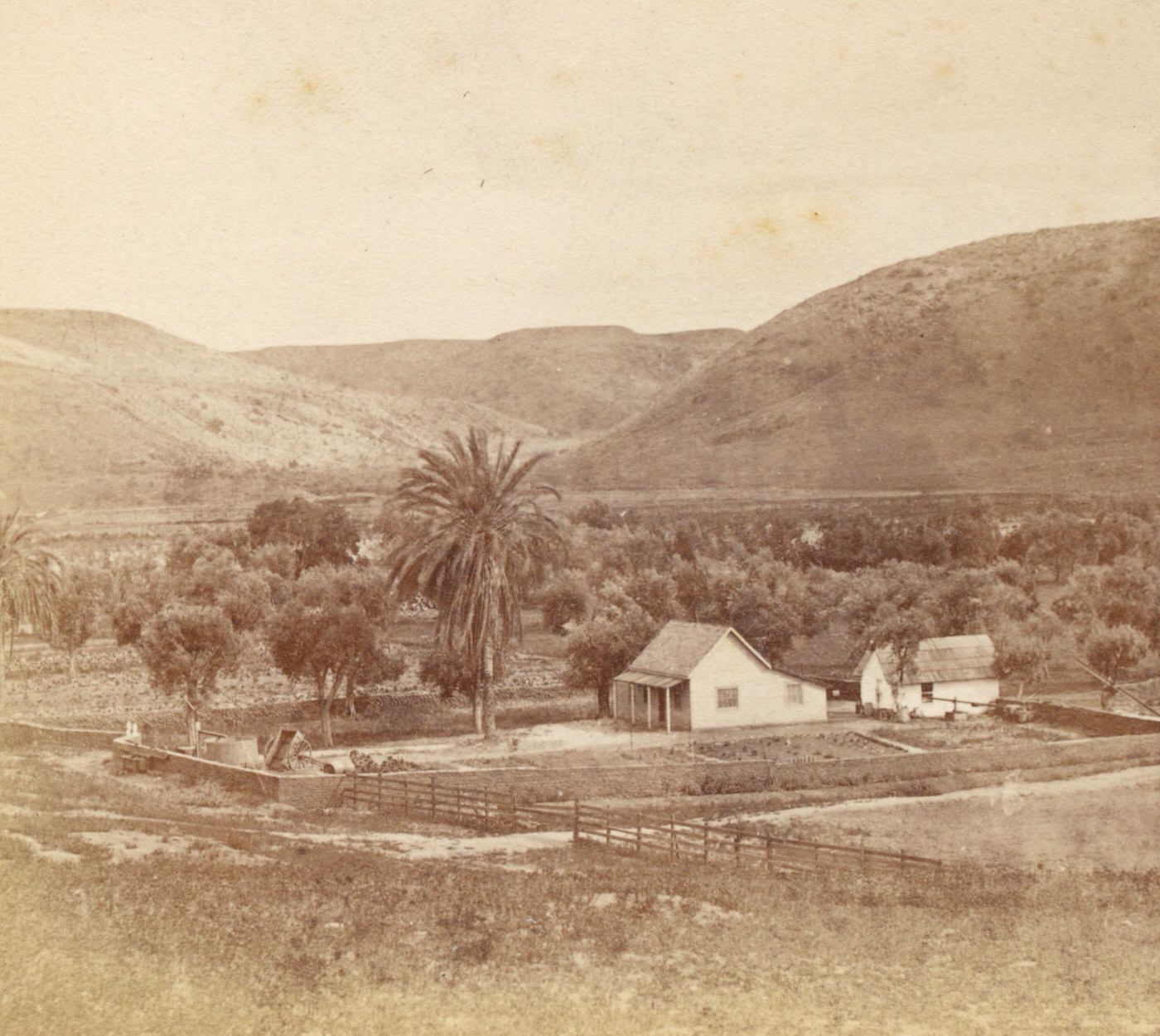
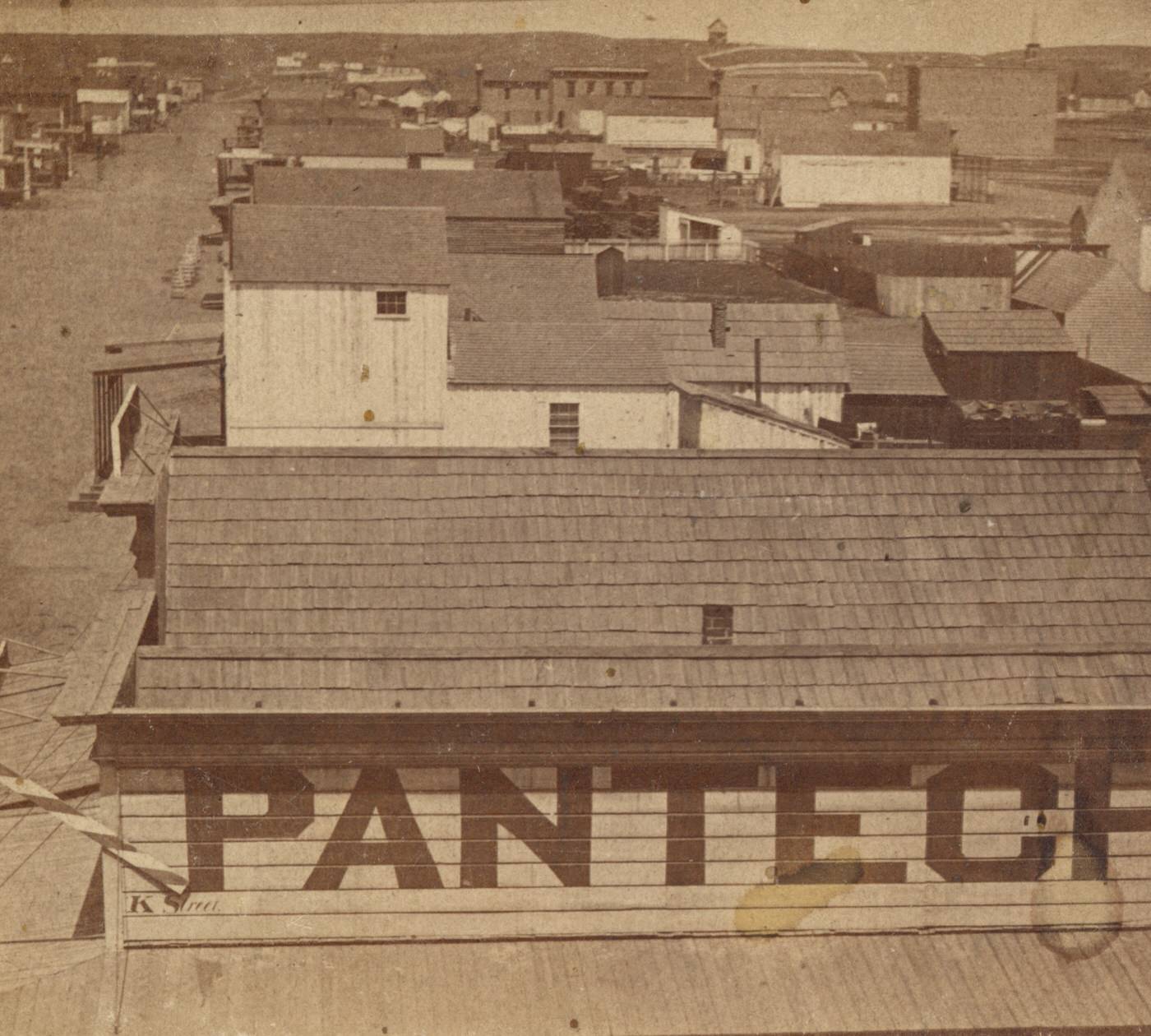
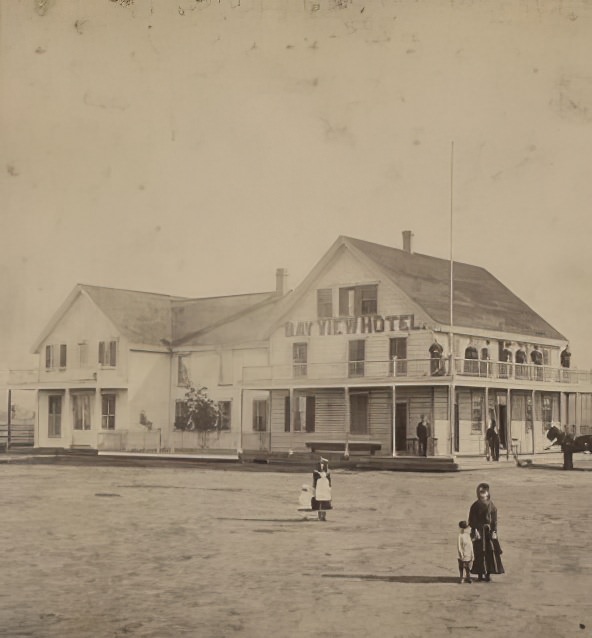
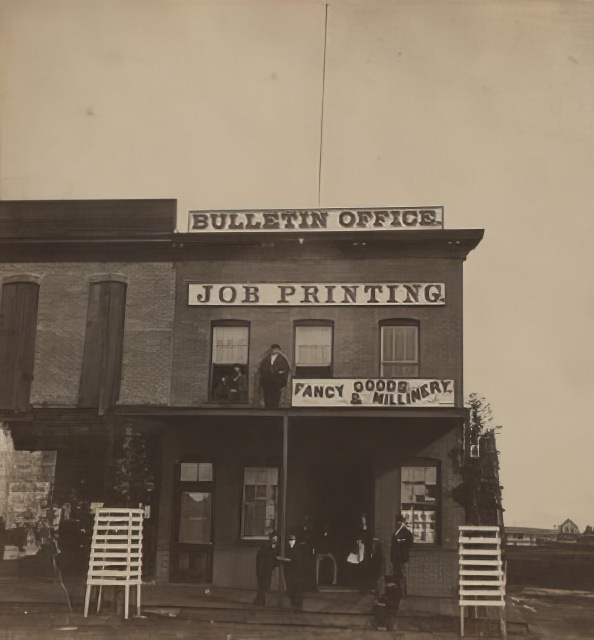
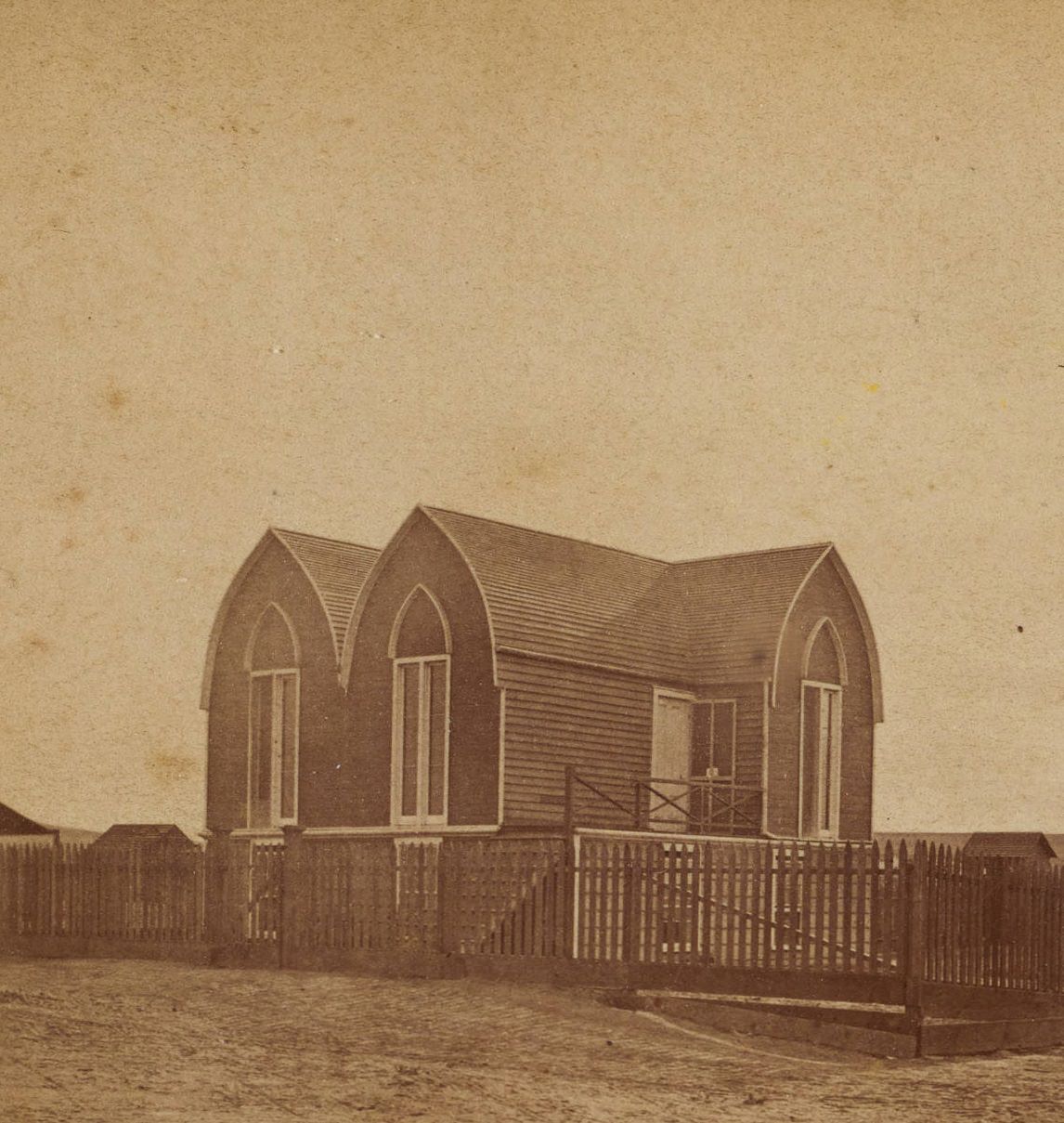
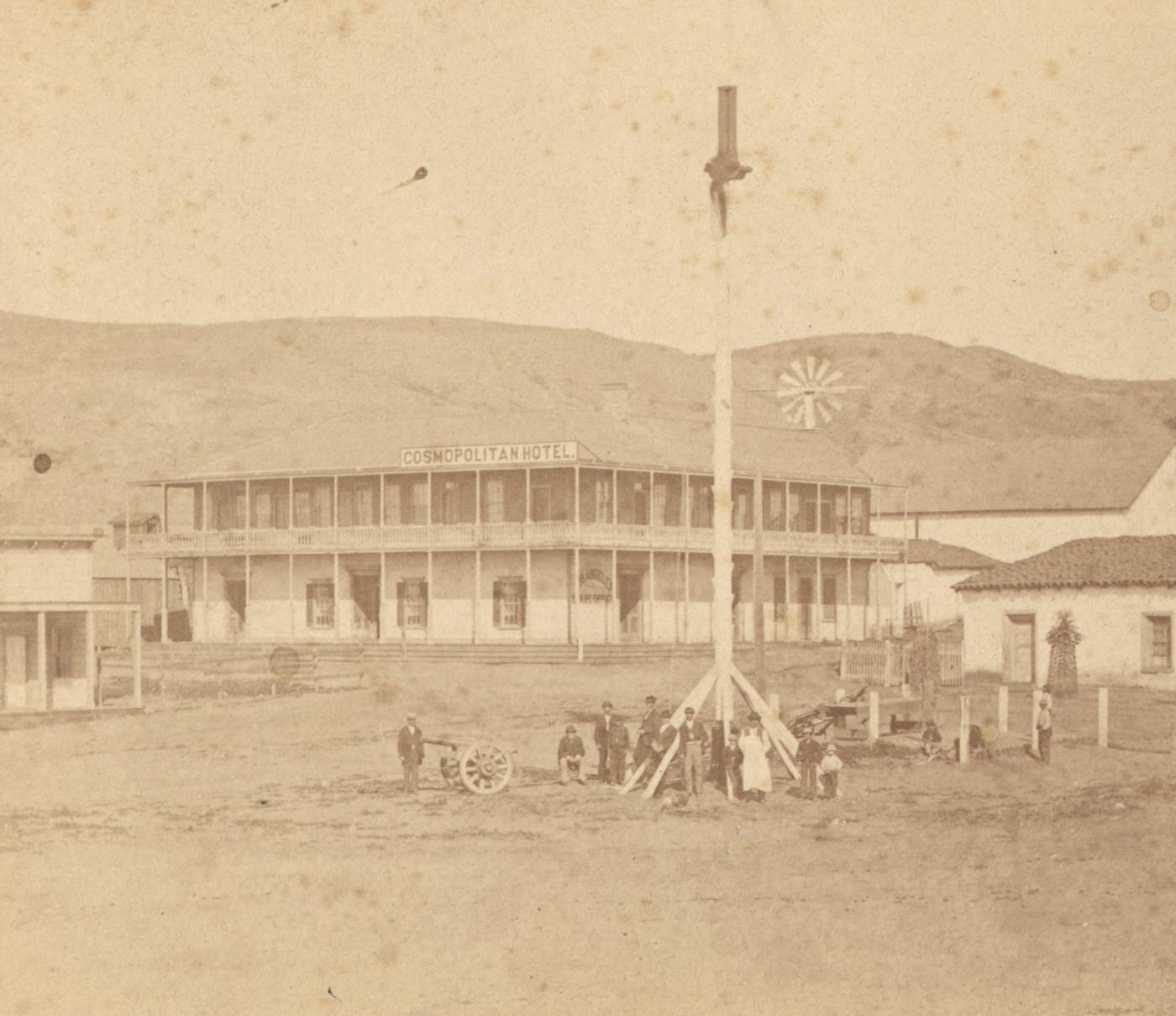
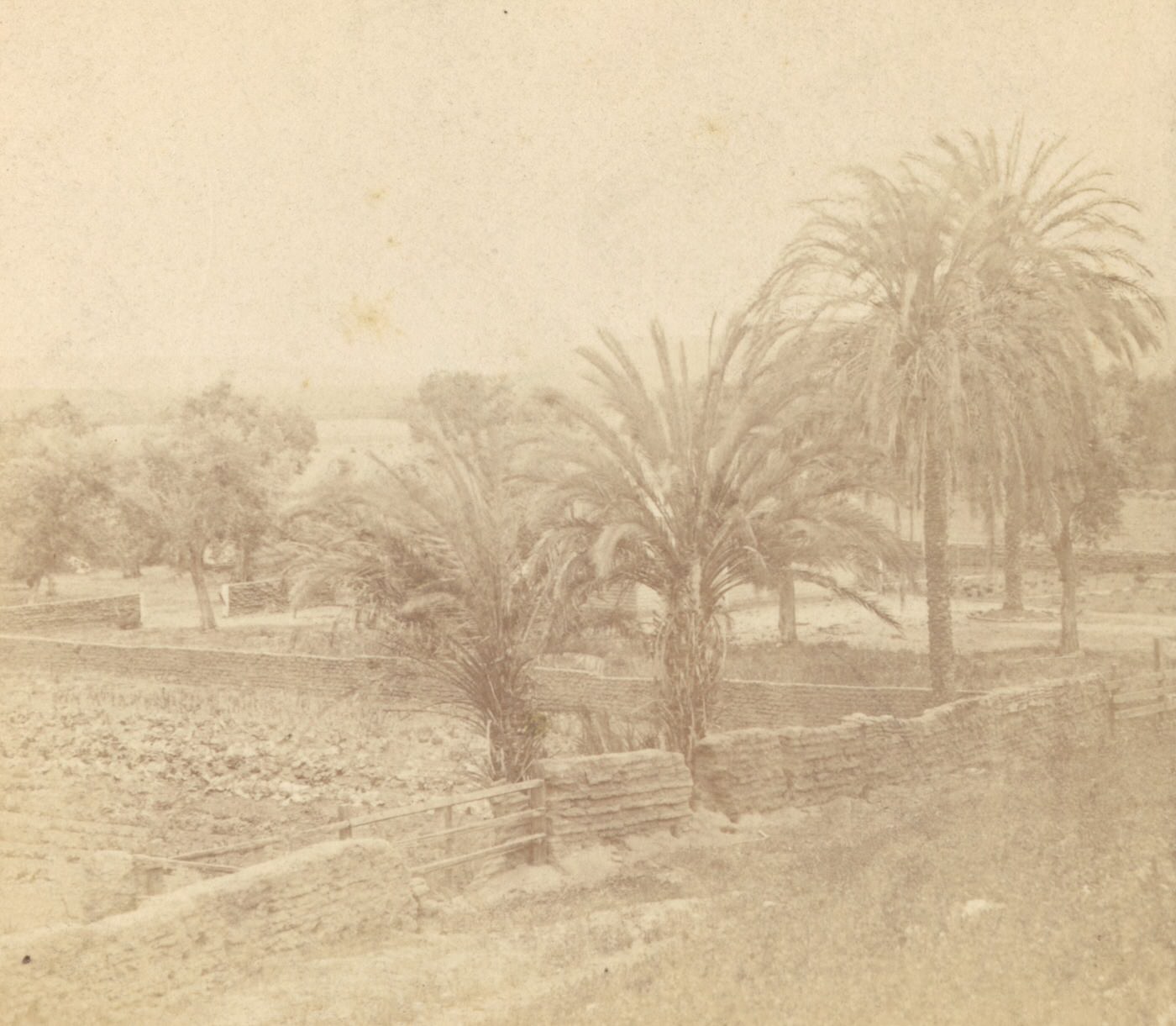
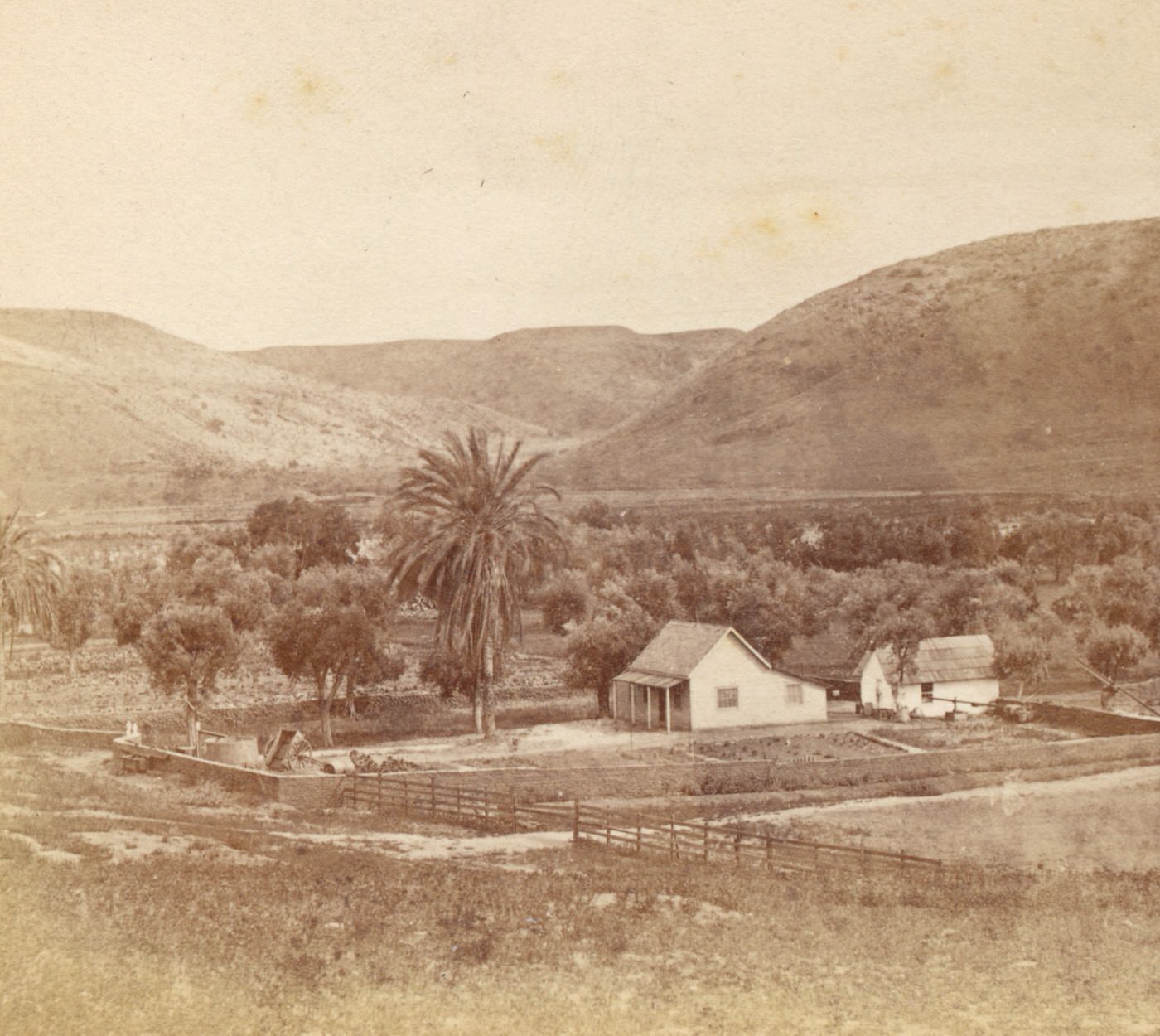
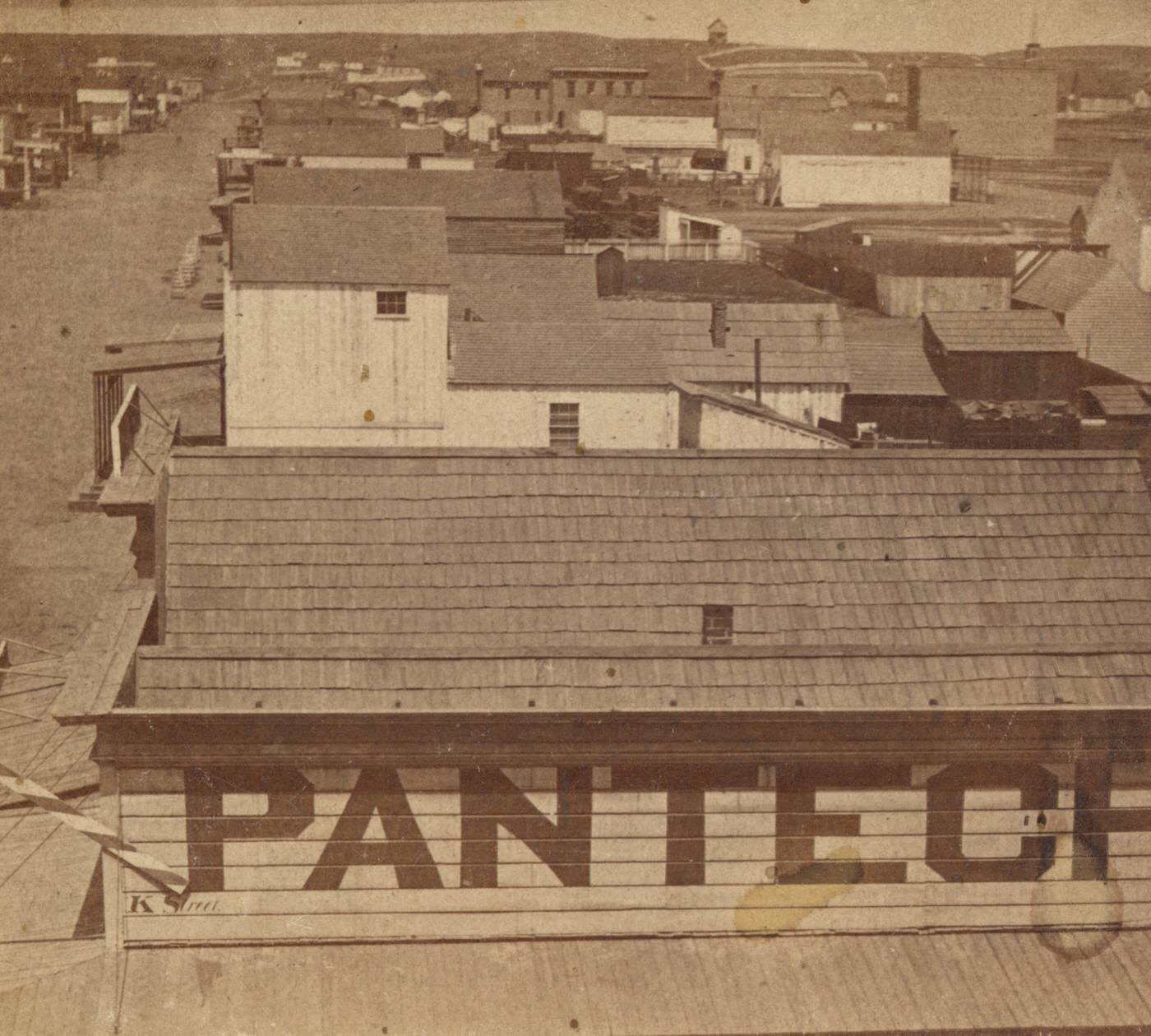


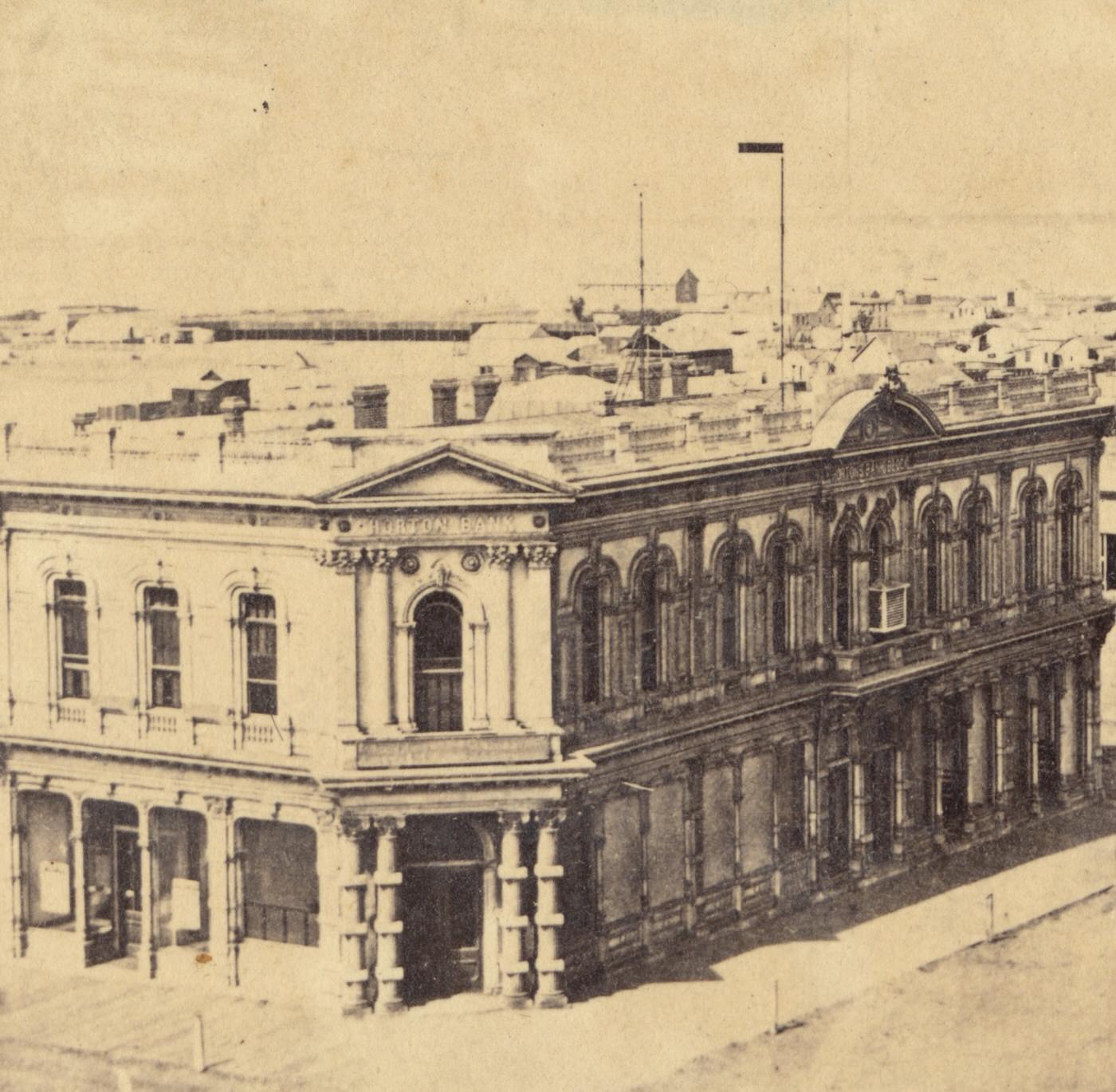
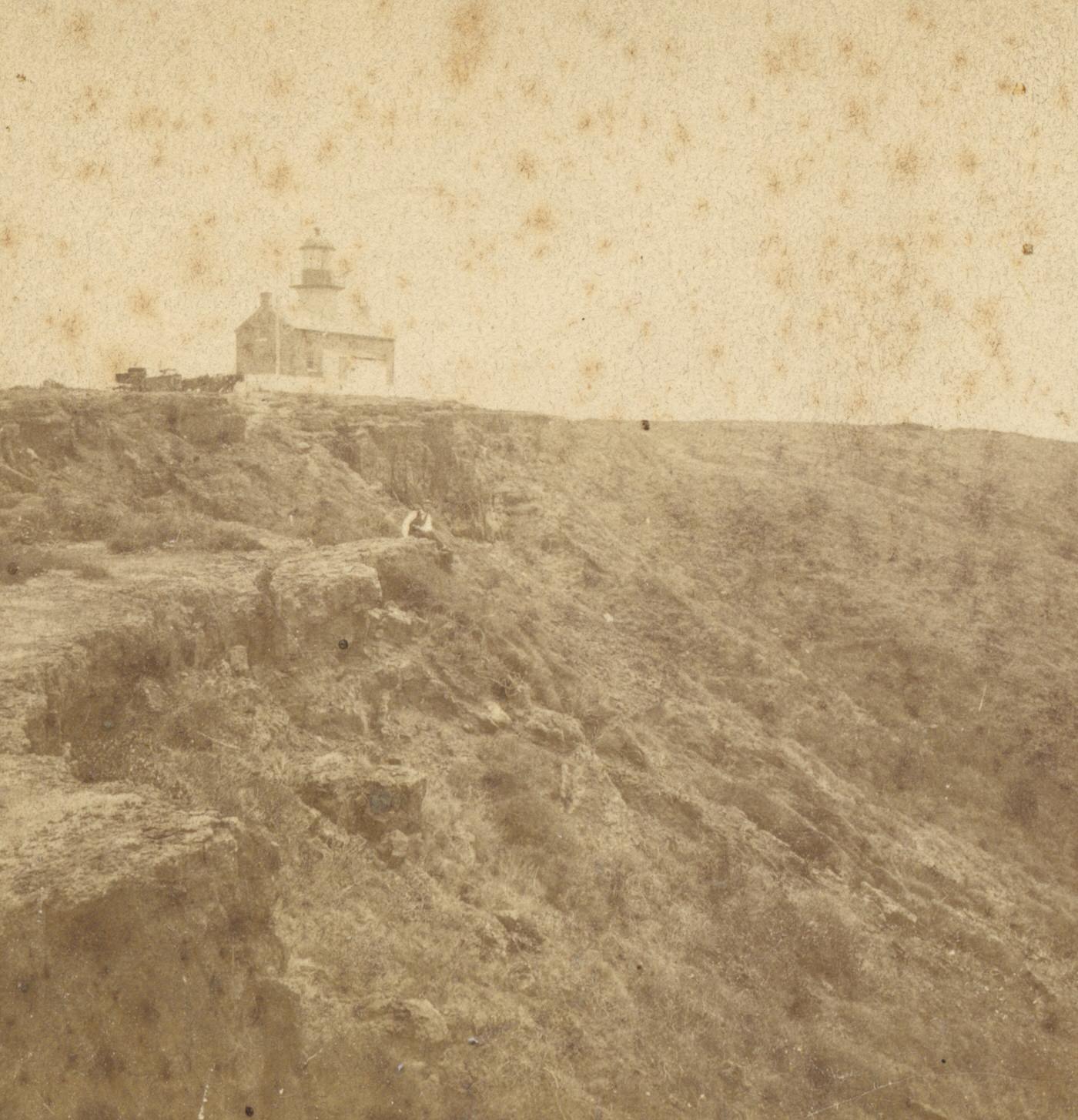
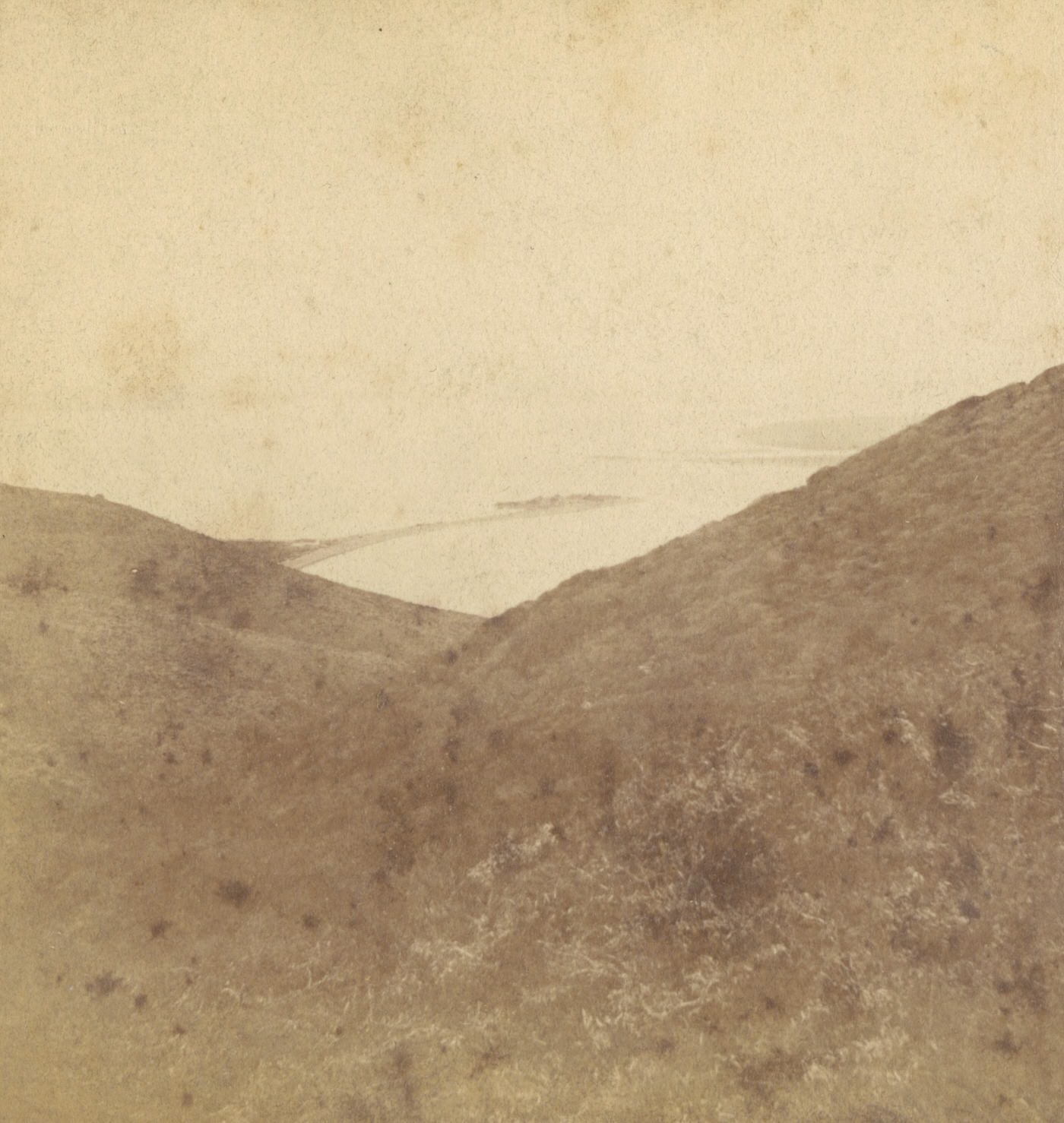
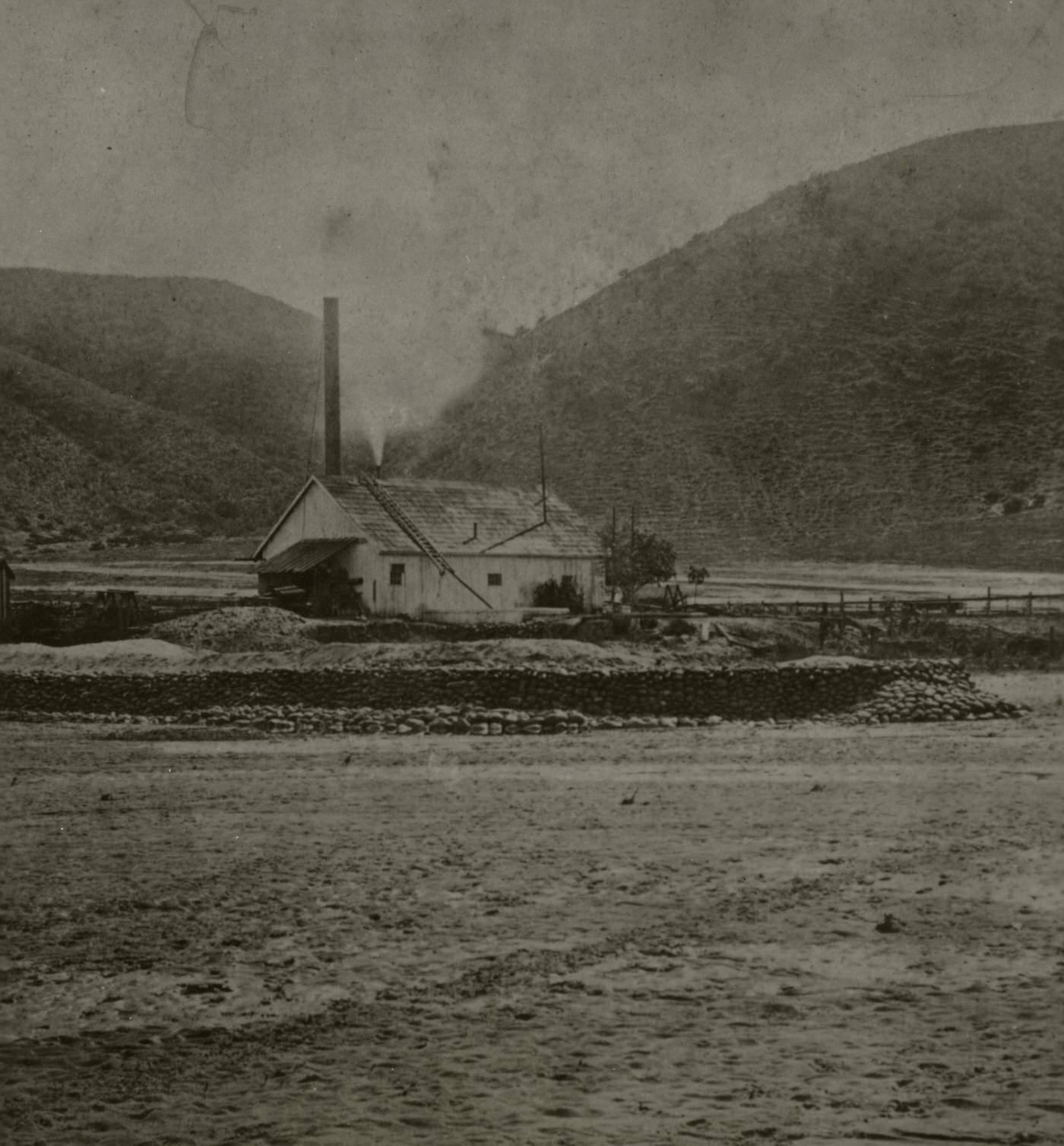
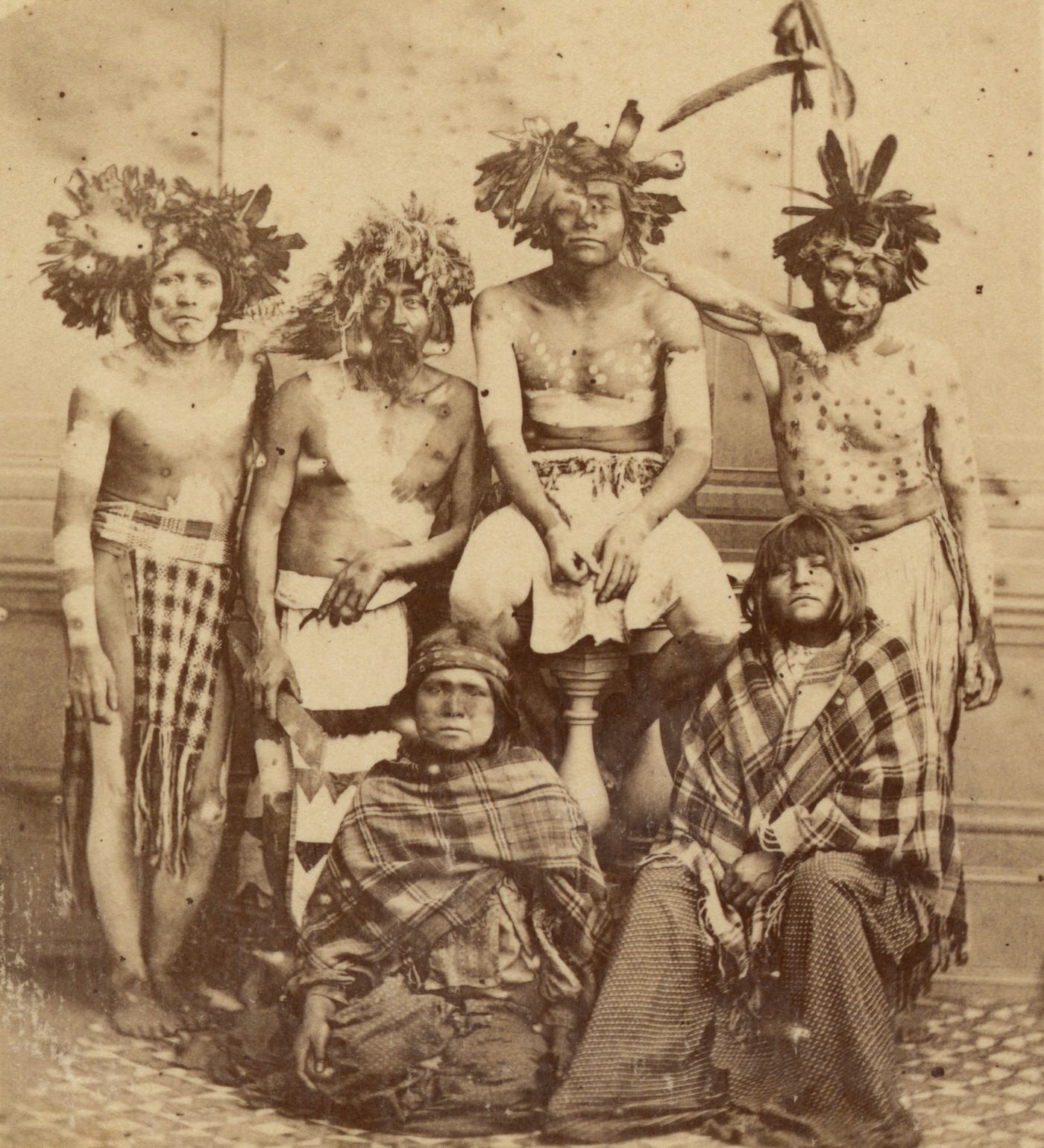
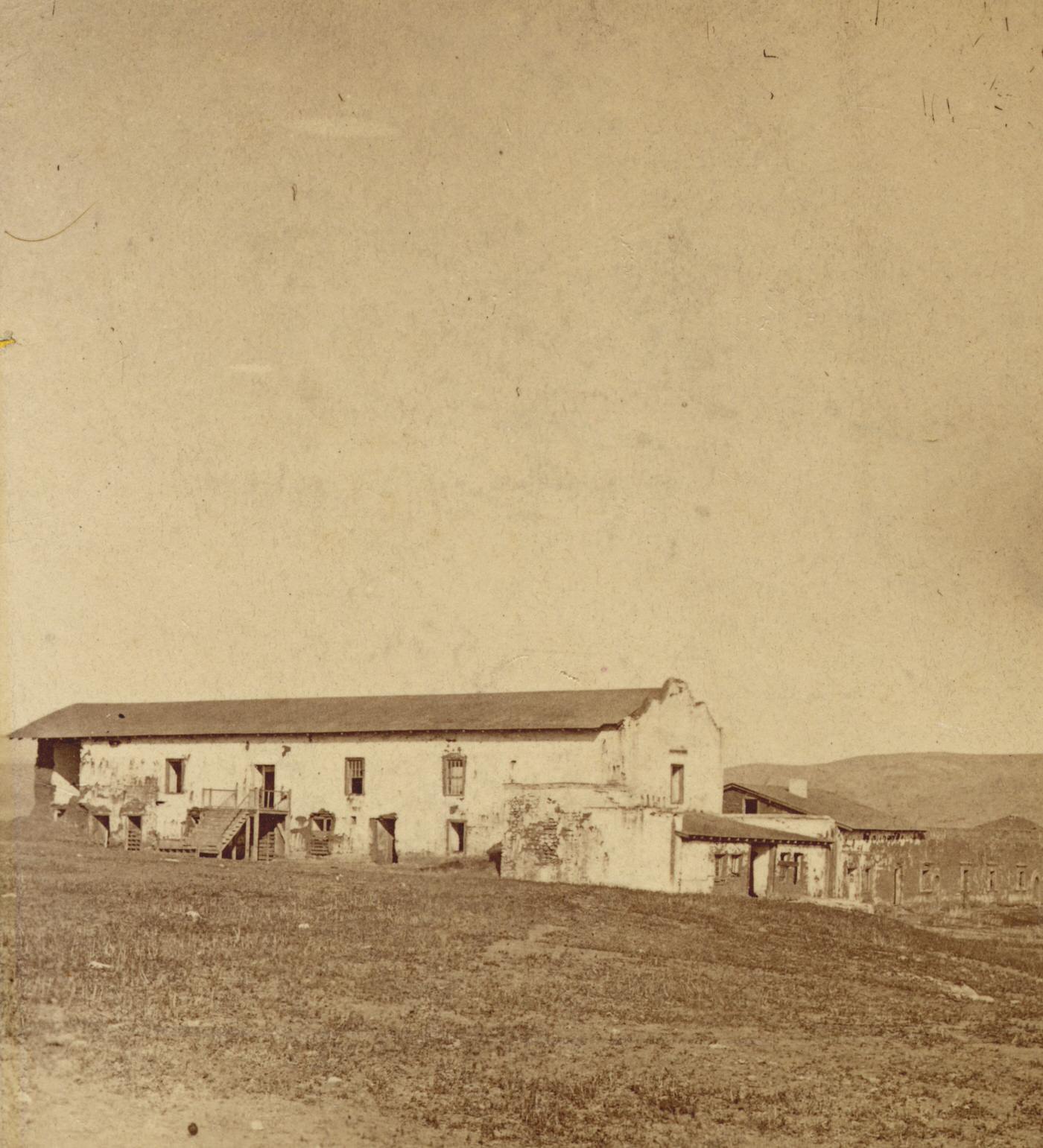
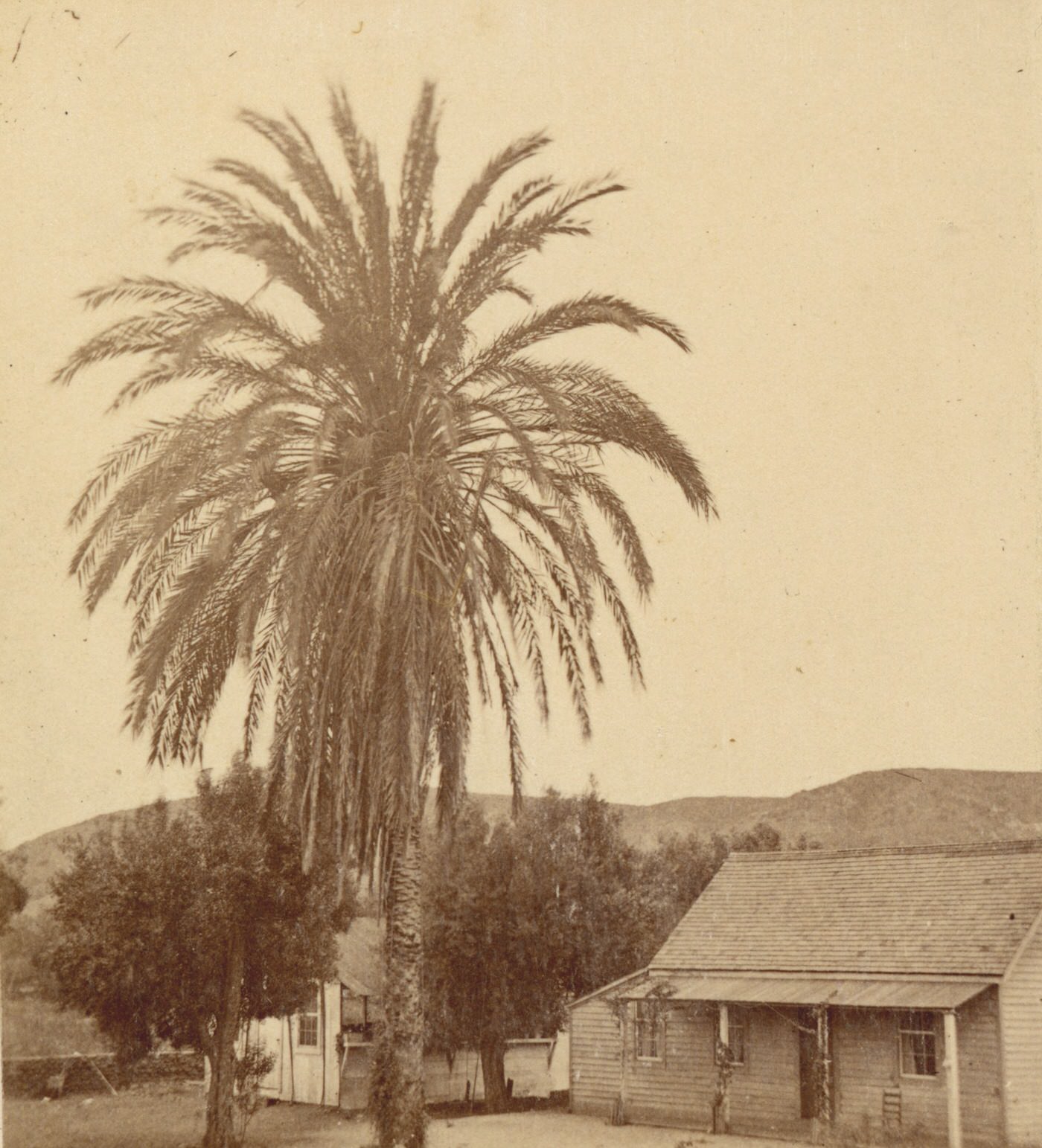
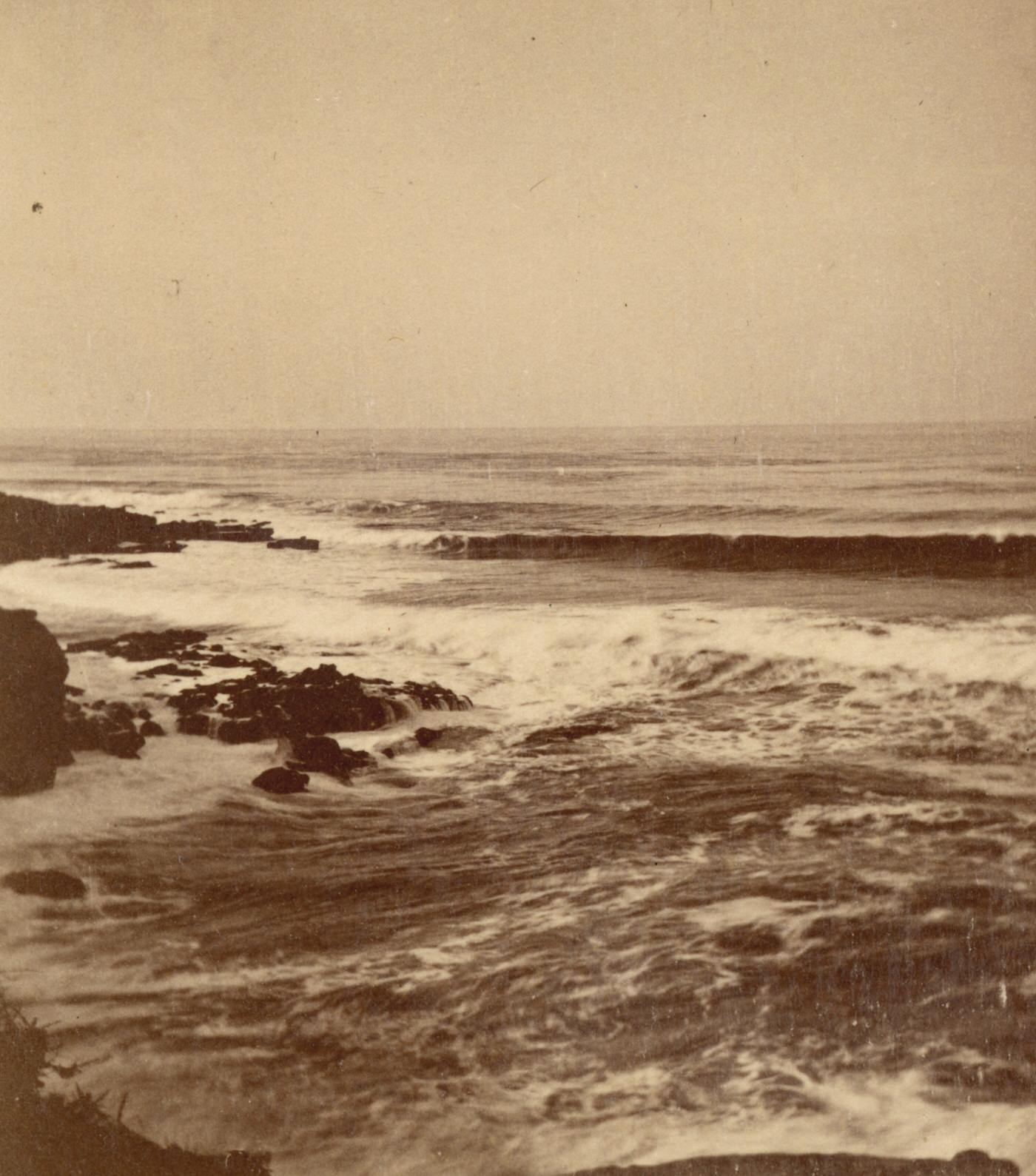
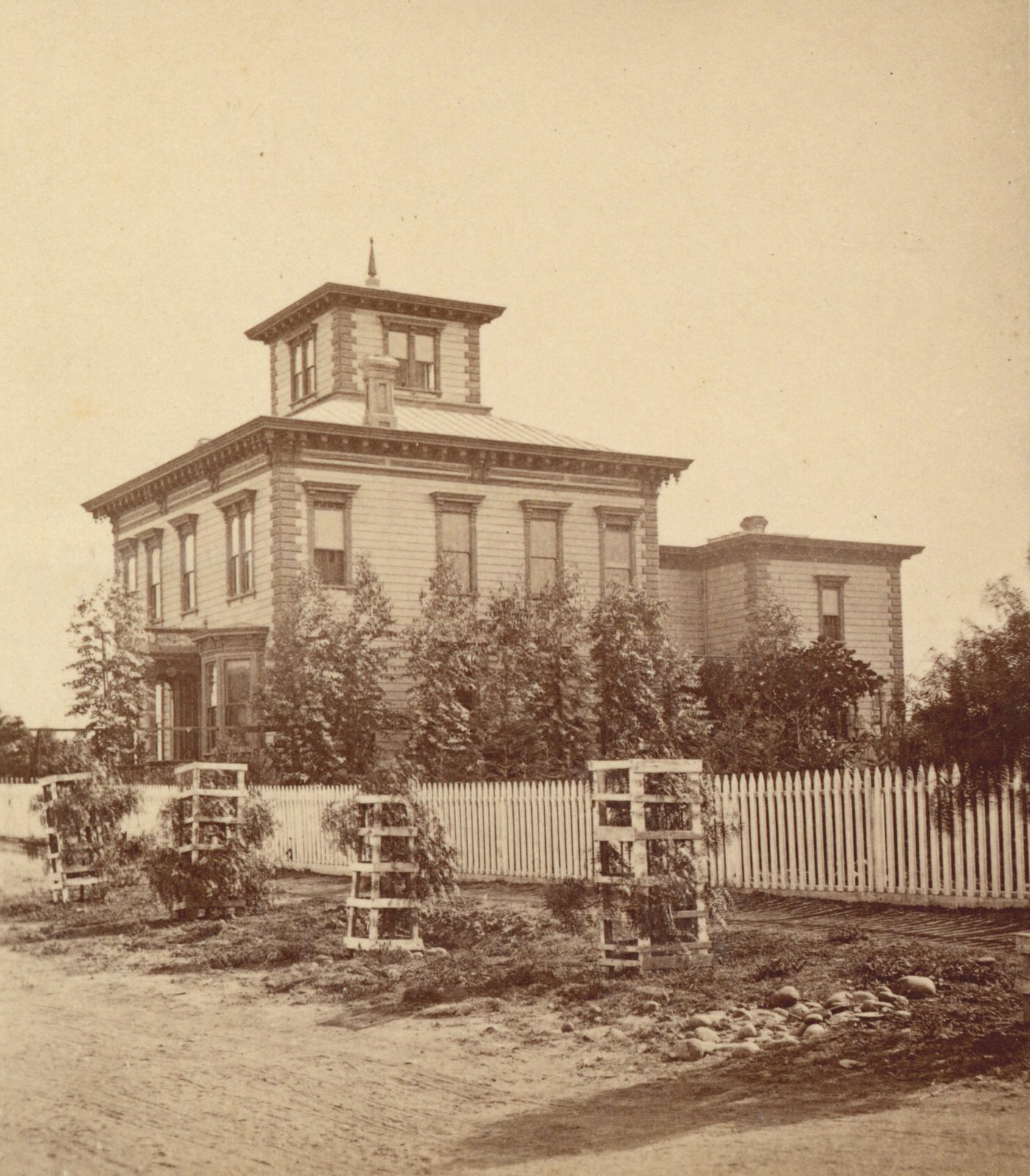
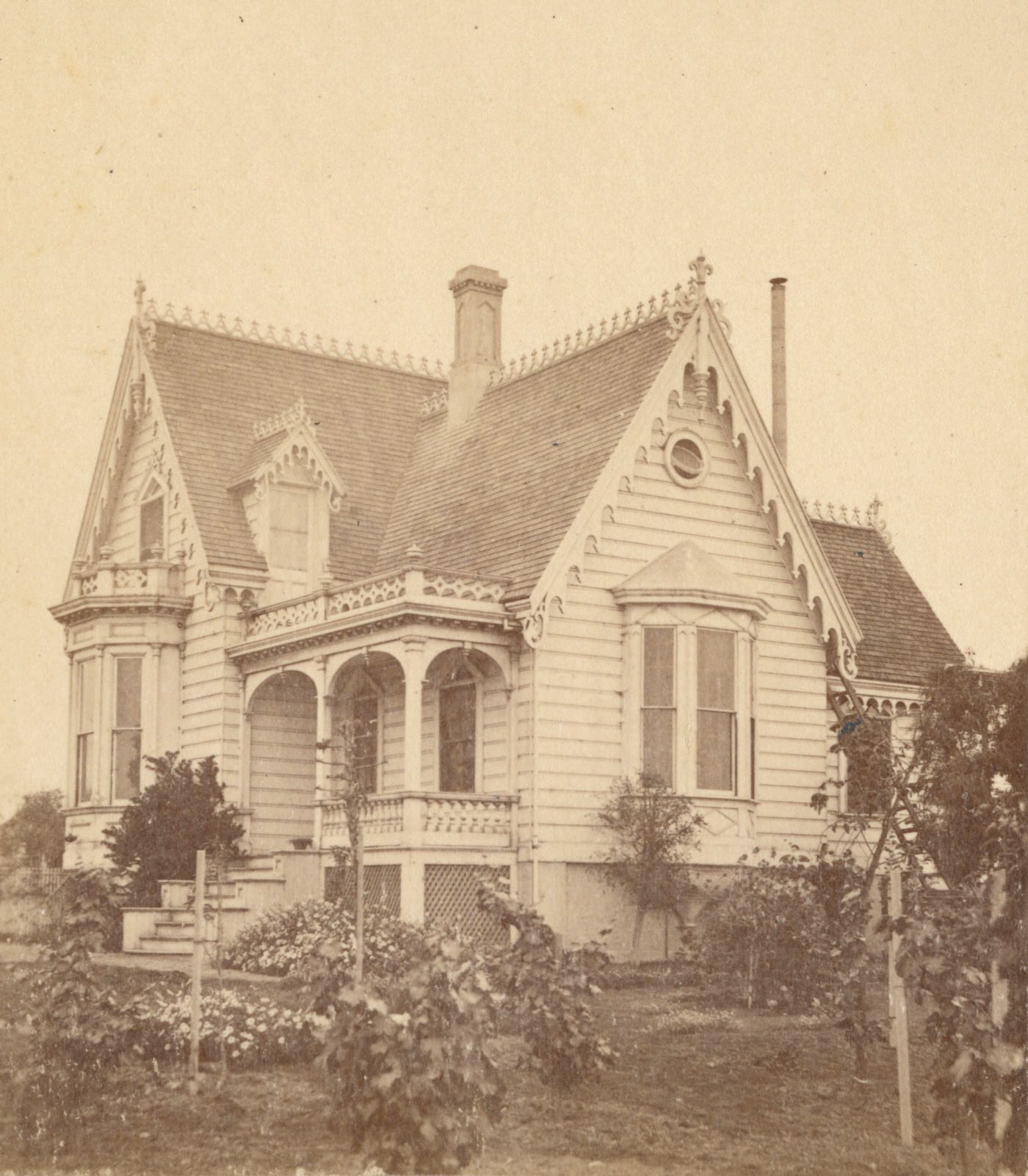
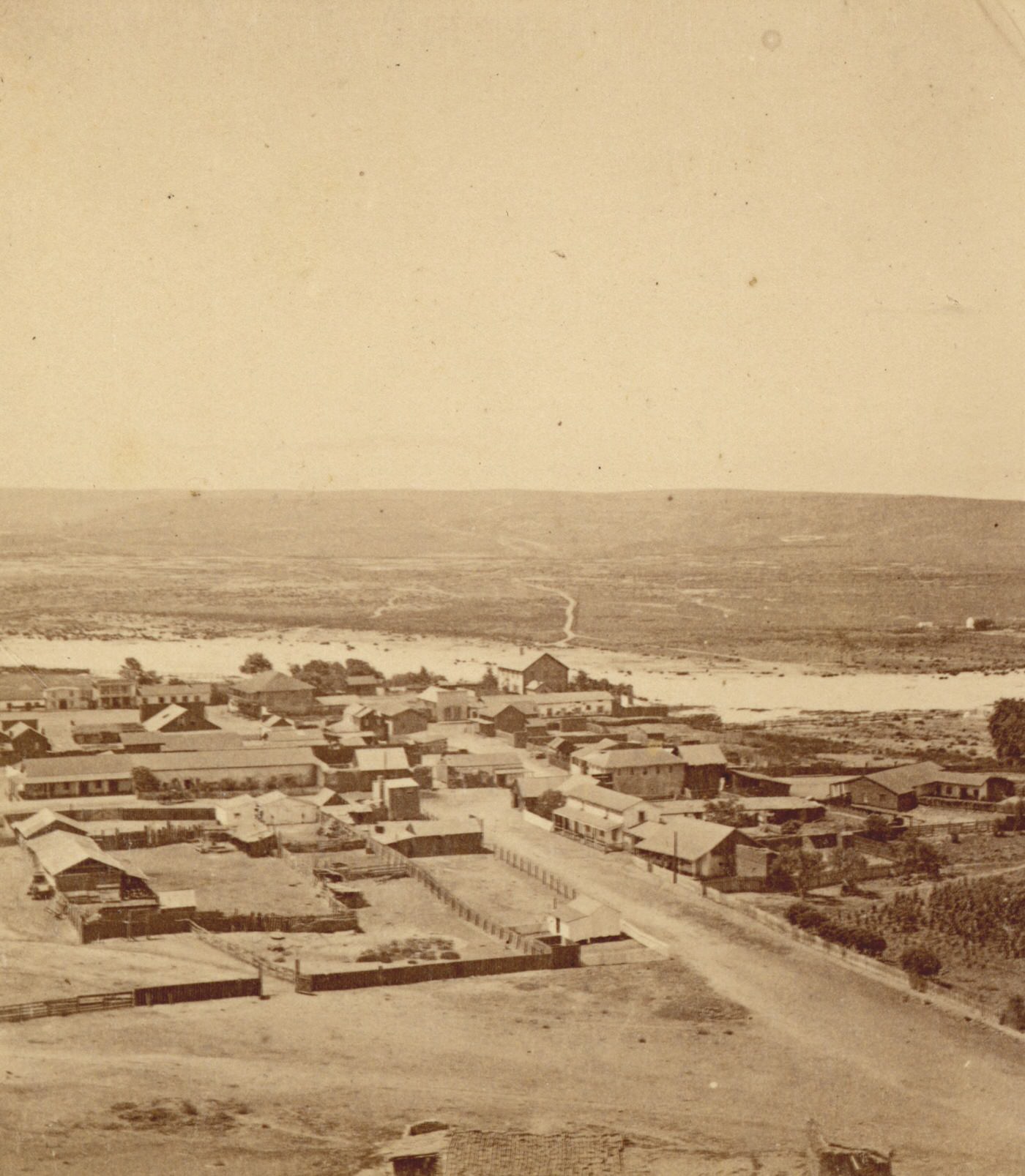
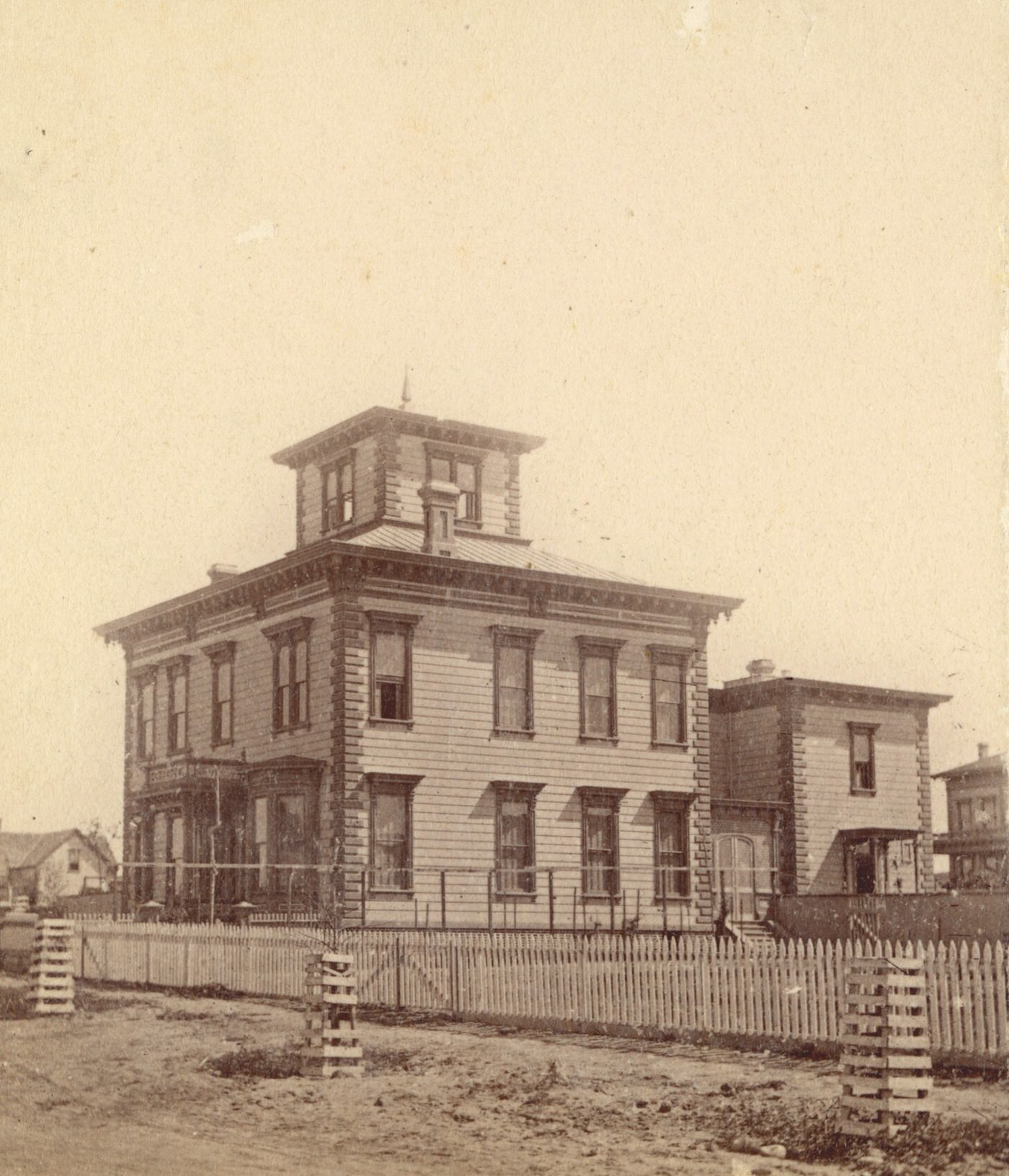

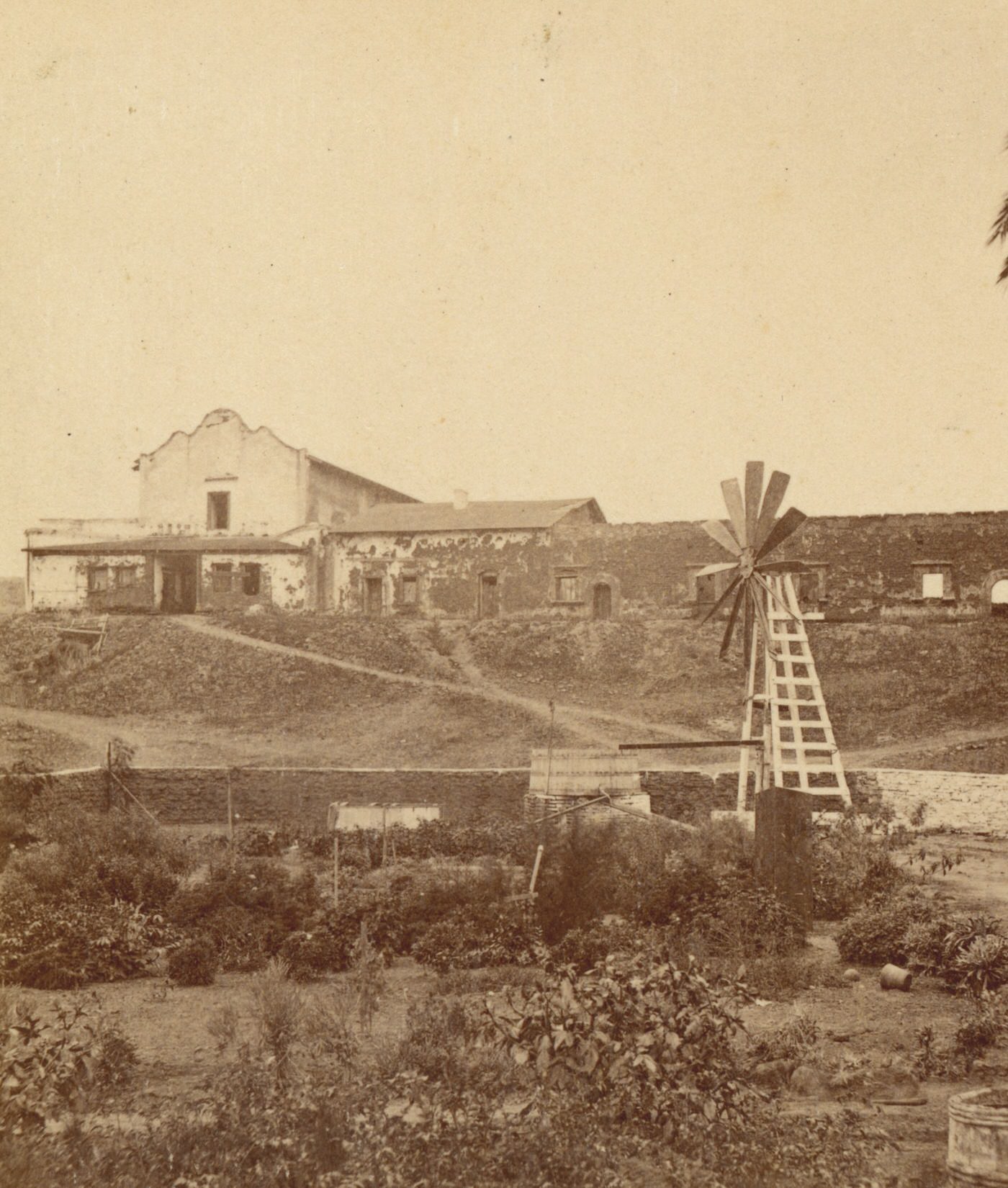
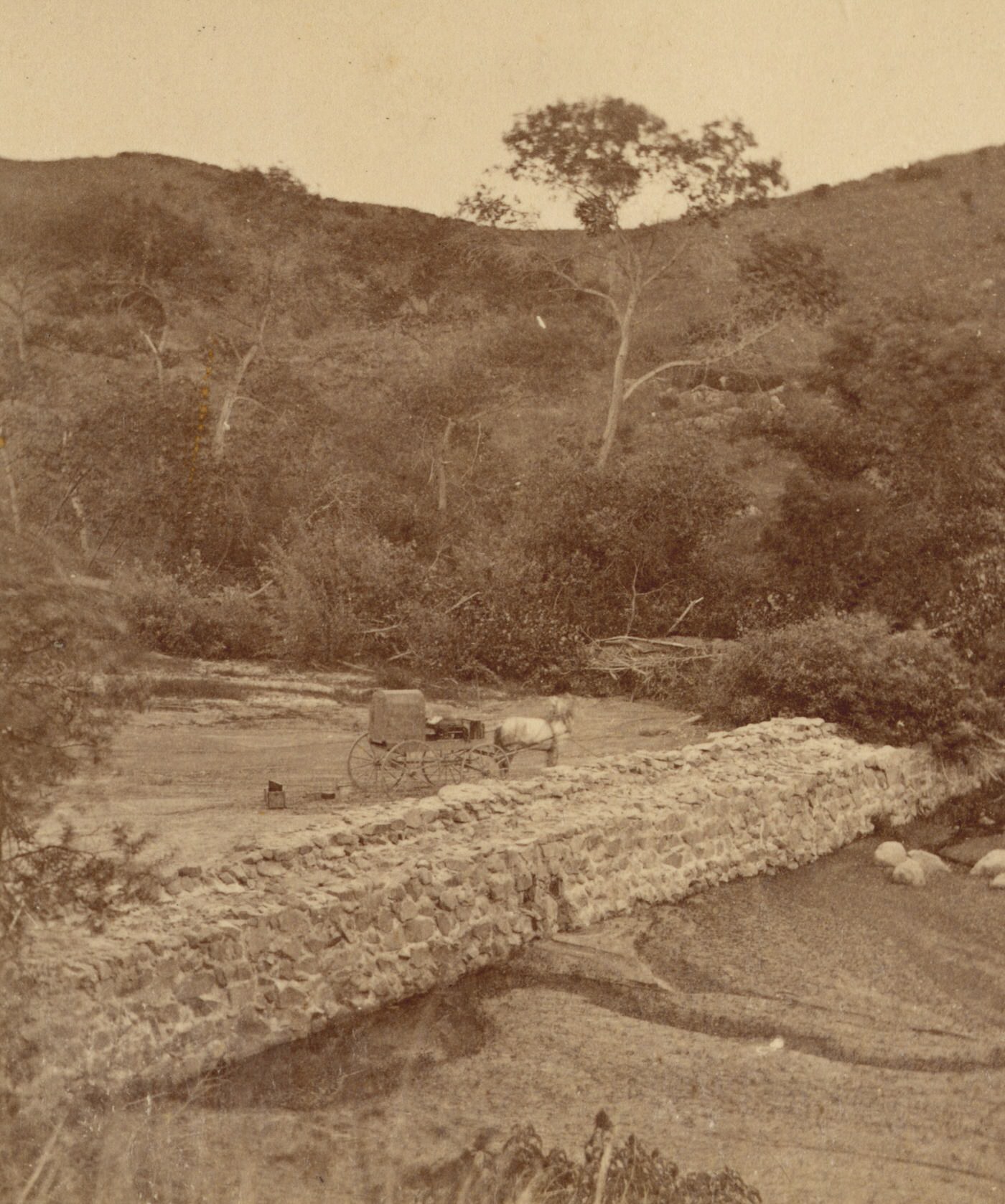
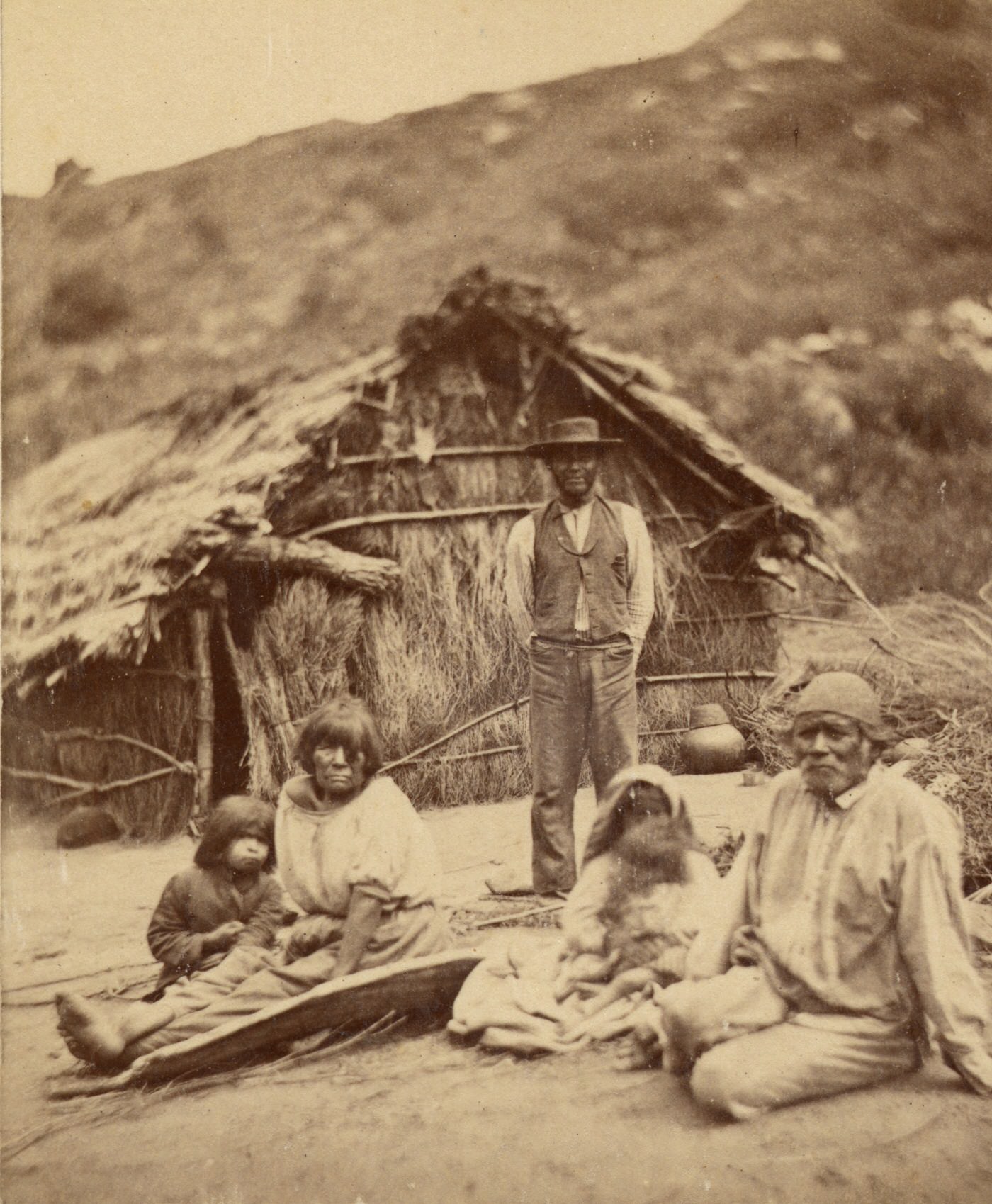
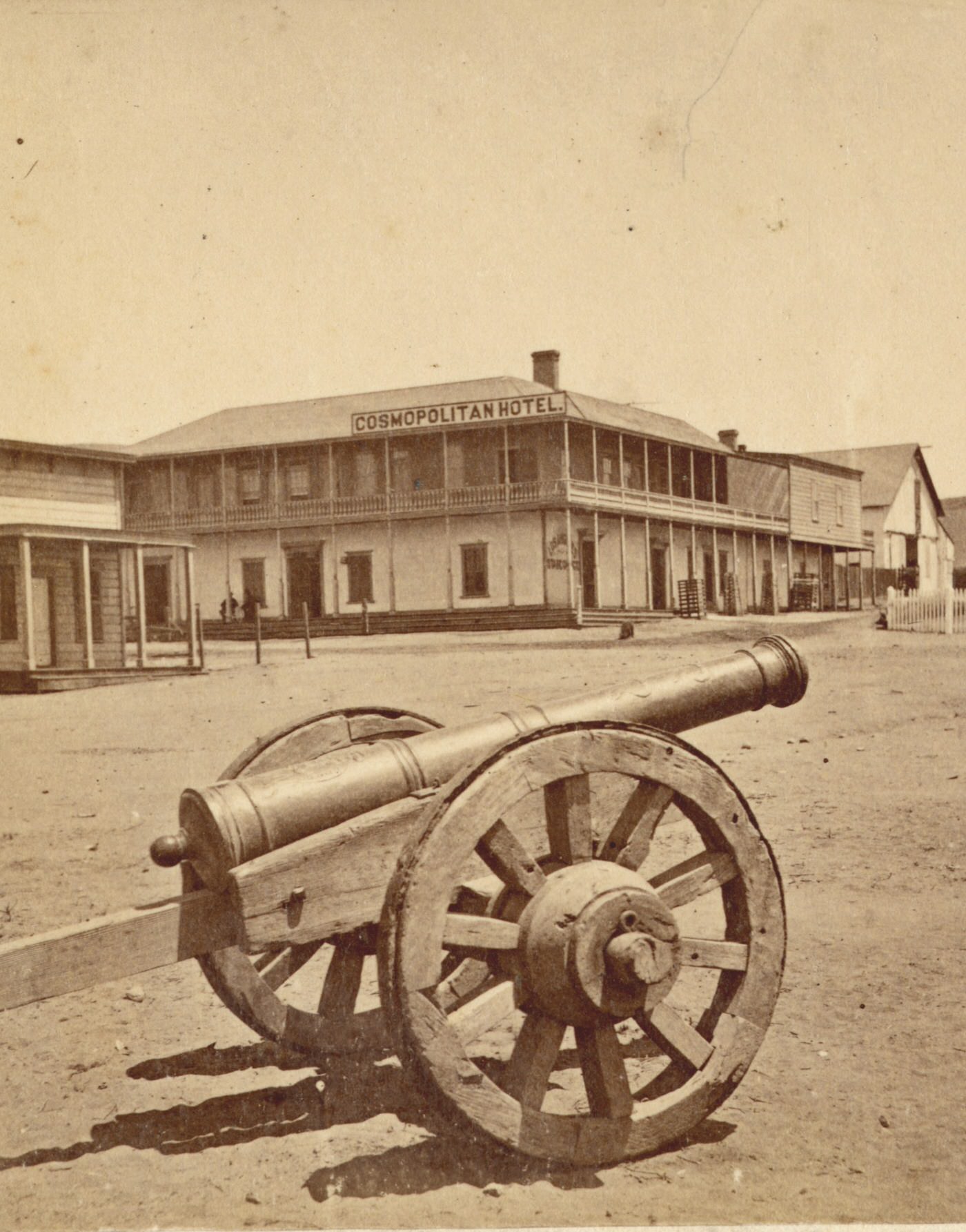

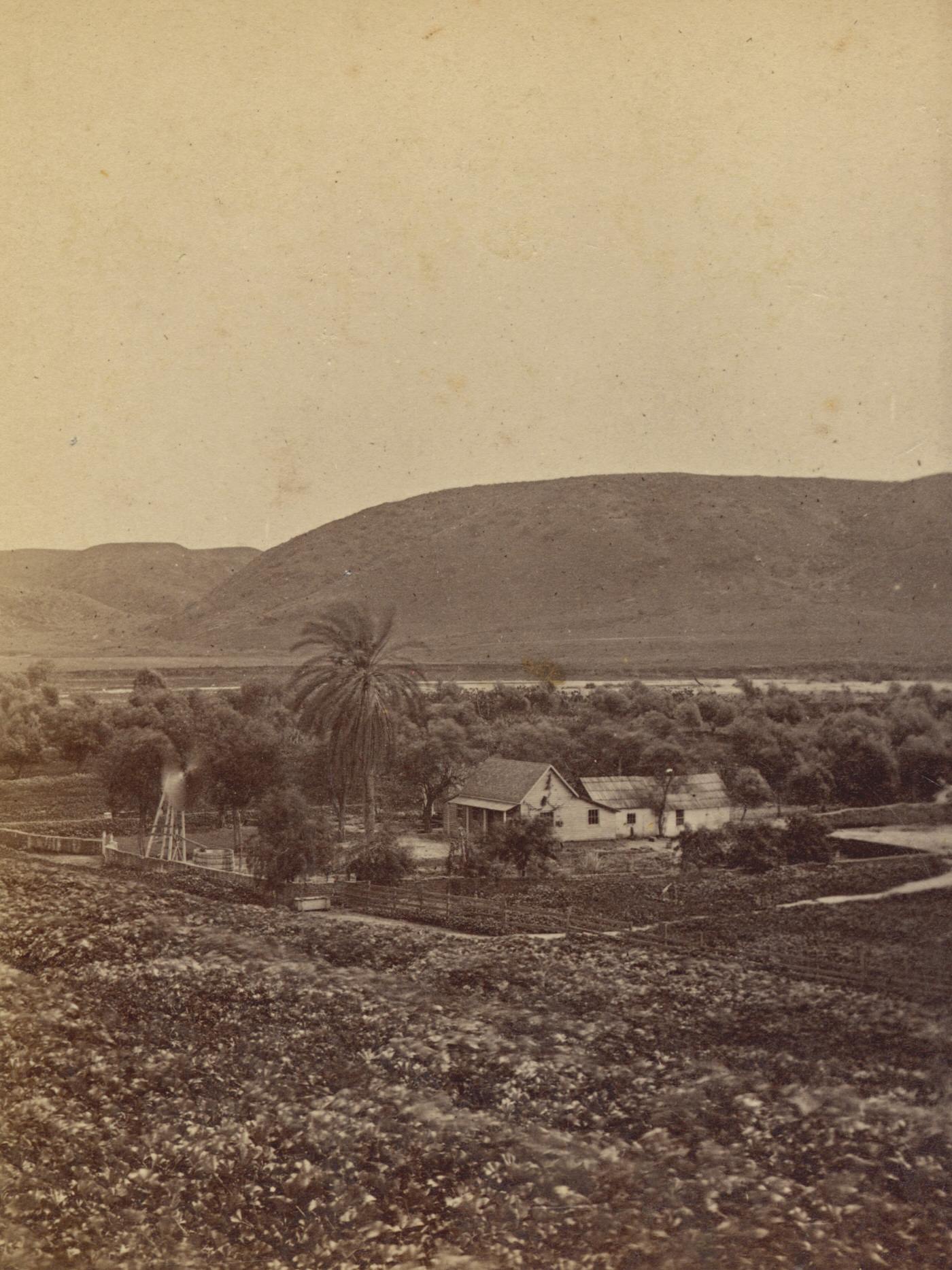
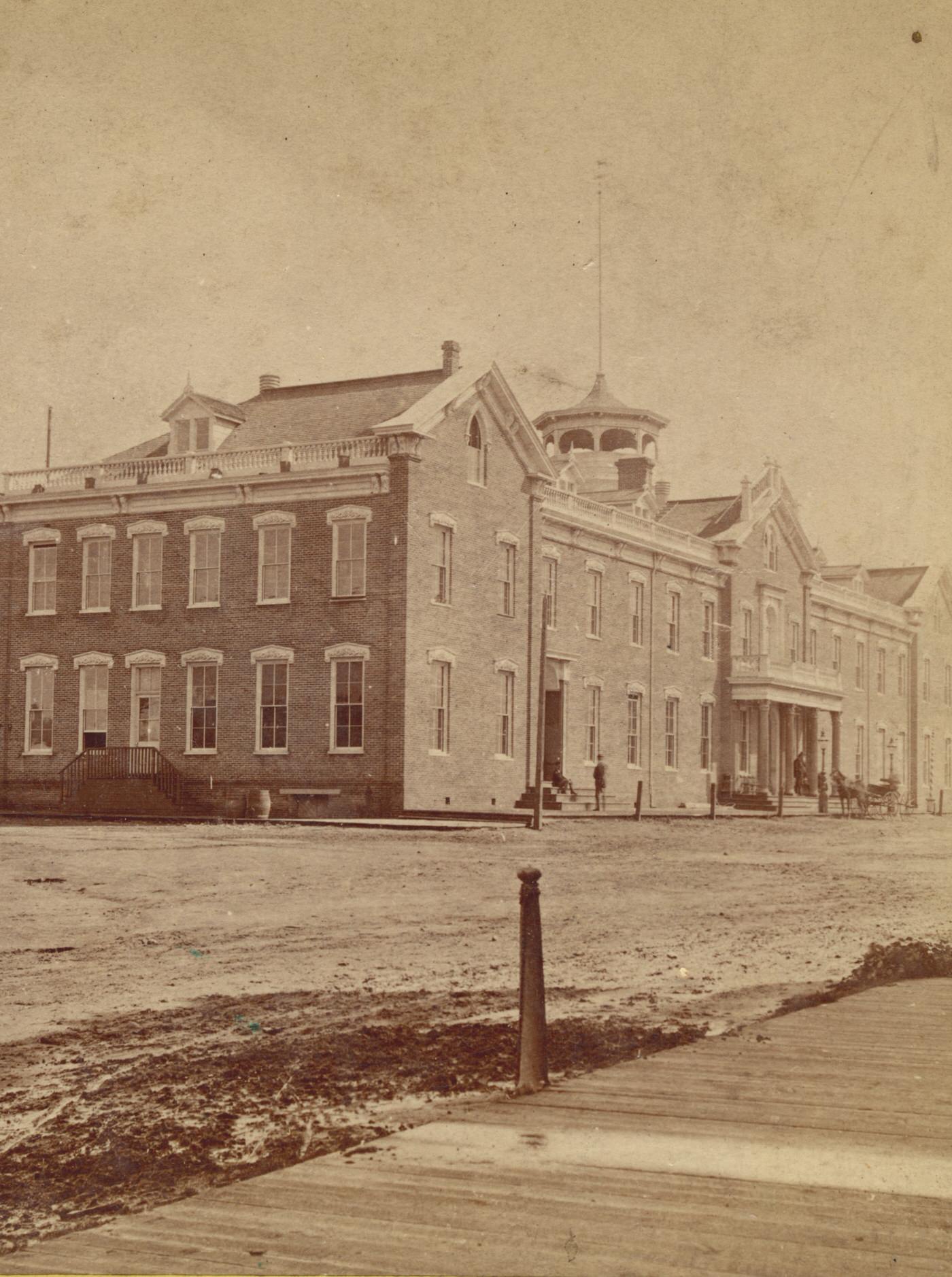
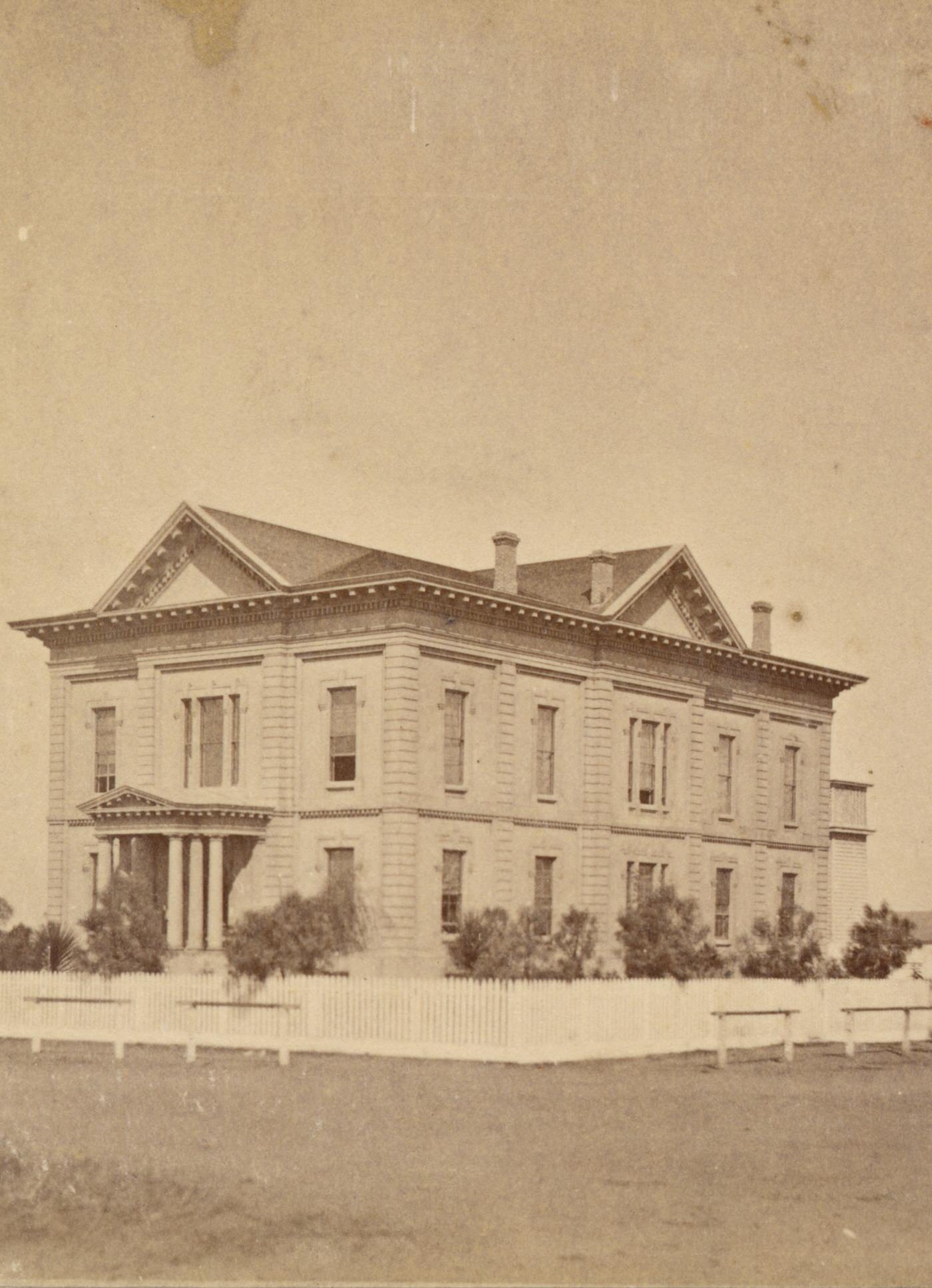
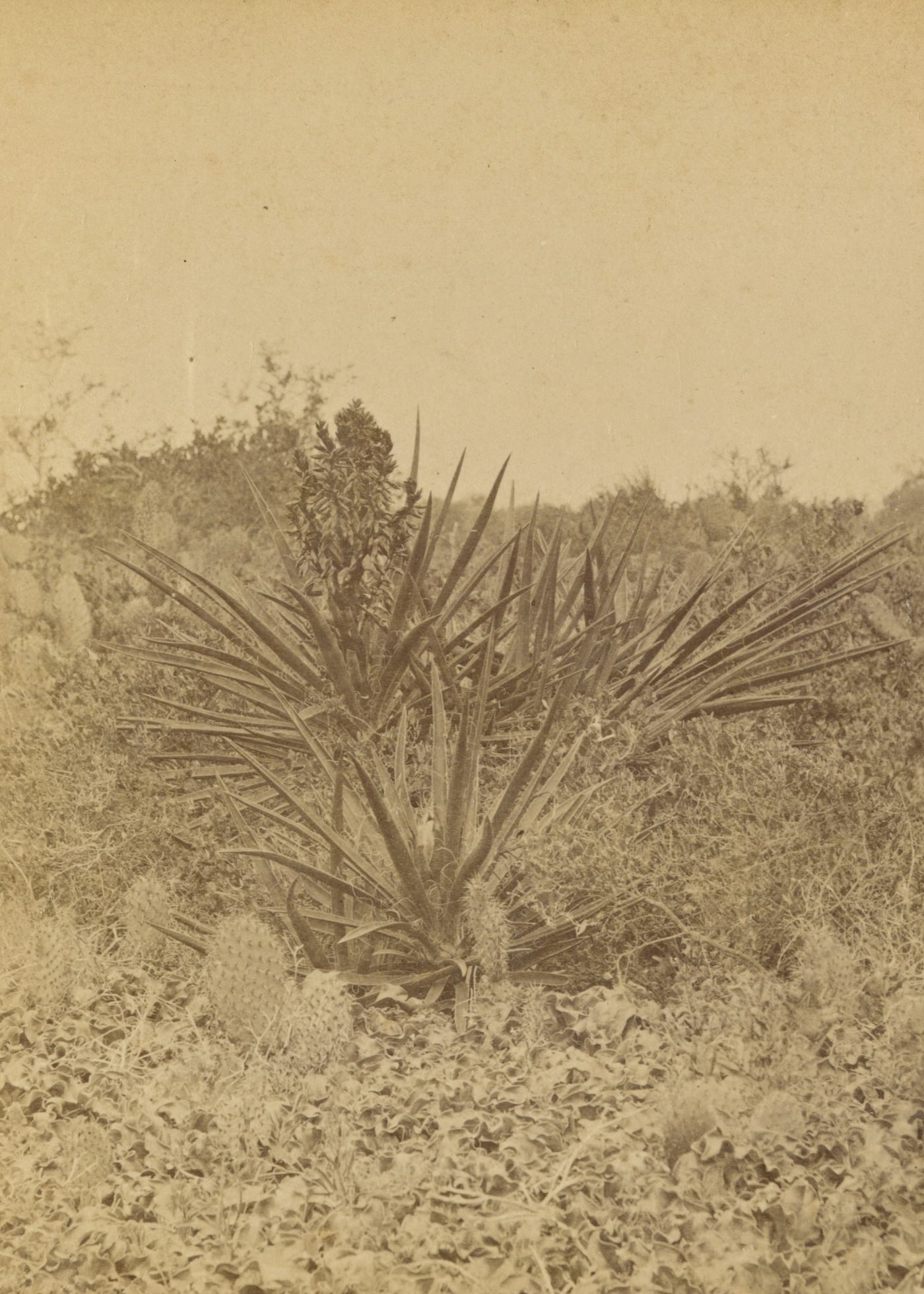
Image Credits: Sandiego.gov, sandiegohistory.org, calisphere.org, Online Archive of California, California State Library|
Found any mistakes? 🥺 Let us Know

